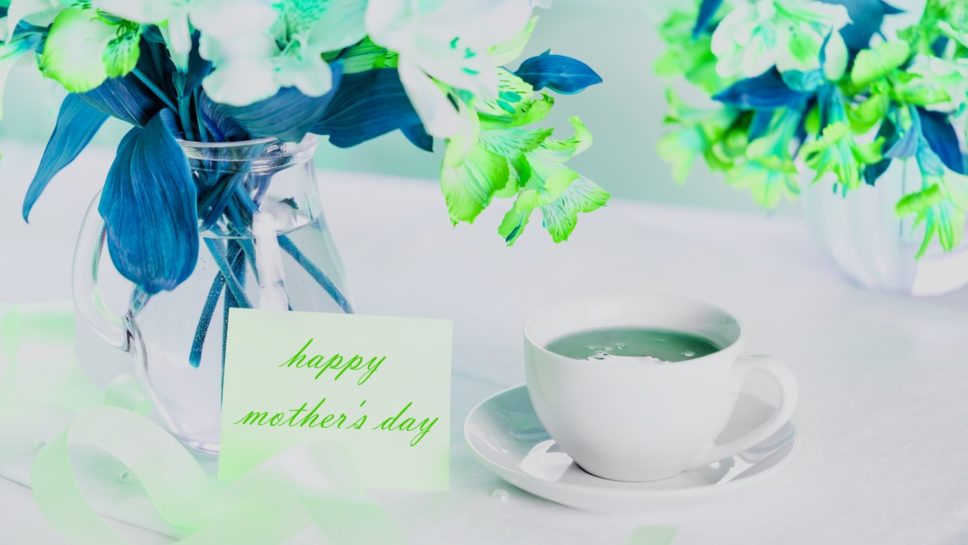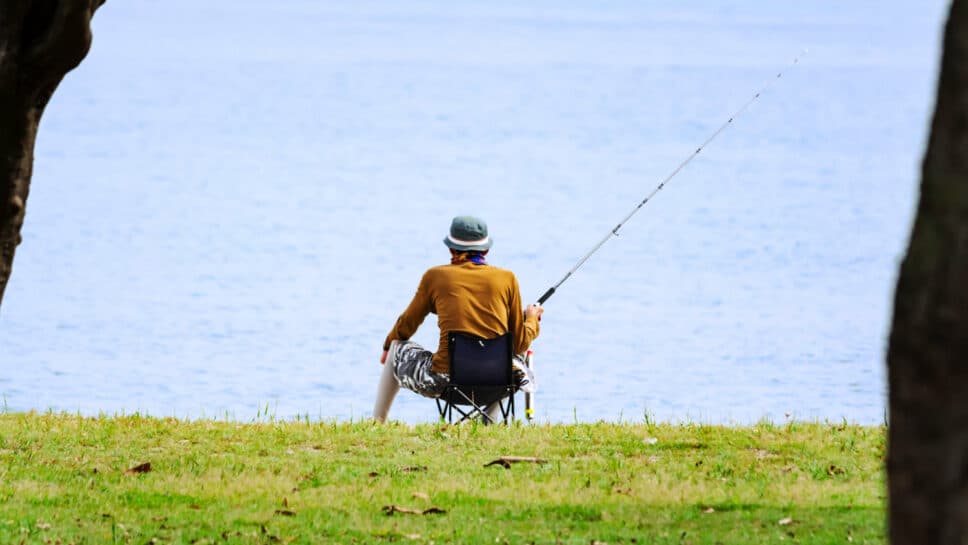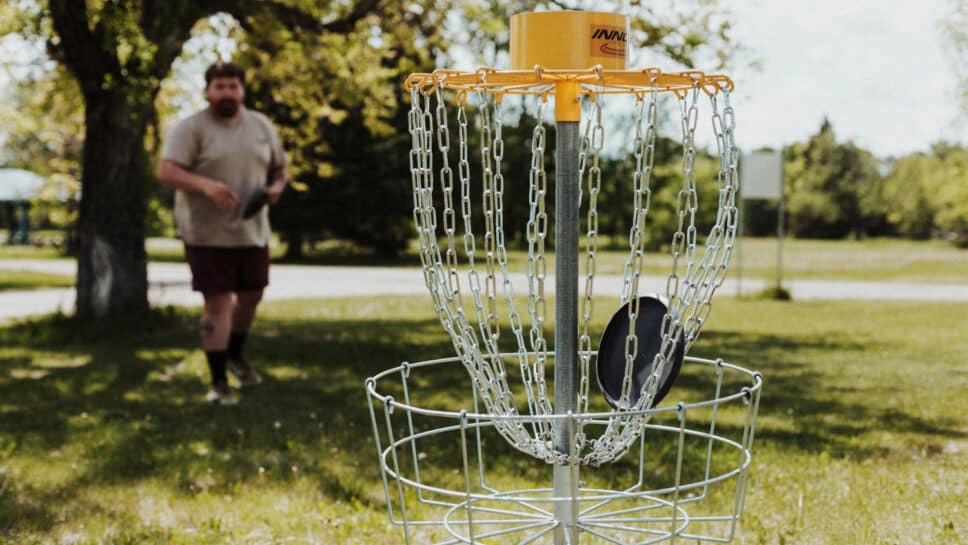We are extremely fortunate to not only have a Japanese garden nearby, but multiple gardens, all within easy driving distance of anywhere within McHenry County. Up until a few years ago, the mention of a Japanese garden would have brought the Chicago Botanic Gardens to mind. While a wonderful place, and for so much more than just their Japanese garden, you may be greatly missing out if that is your only experience.
In the local area, we actually have a few gardens to choose from. As mentioned, there is the Elizabeth Hubert Malott Japanese Garden at the Chicago Botanic Gardens in Glencoe, which is truly a wonderful garden. Its development started in the 1970’s and was dedicated in 1982. And at a little over 17-acres just for the Japanese garden alone, it is the largest in the area.
Down in Geneva, there is the Fabyan Japanese Garden, occupying around an acre, going back to around 1910. While 1910 might sound impressive, the oldest in the area is the Garden of the Phoenix on Wooded Island in Jackson Park in Chicago, dating back to 1893.
The fourth Japanese garden is possibly the furthest away, depending on where you are in McHenry County, but I’d suggest is well worth the trip. In Rockford, of all places, you will find 12-acres of tranquility at the Anderson Japanese Gardens.
Address: 318 Spring Creek Rd, Rockford, IL 61107

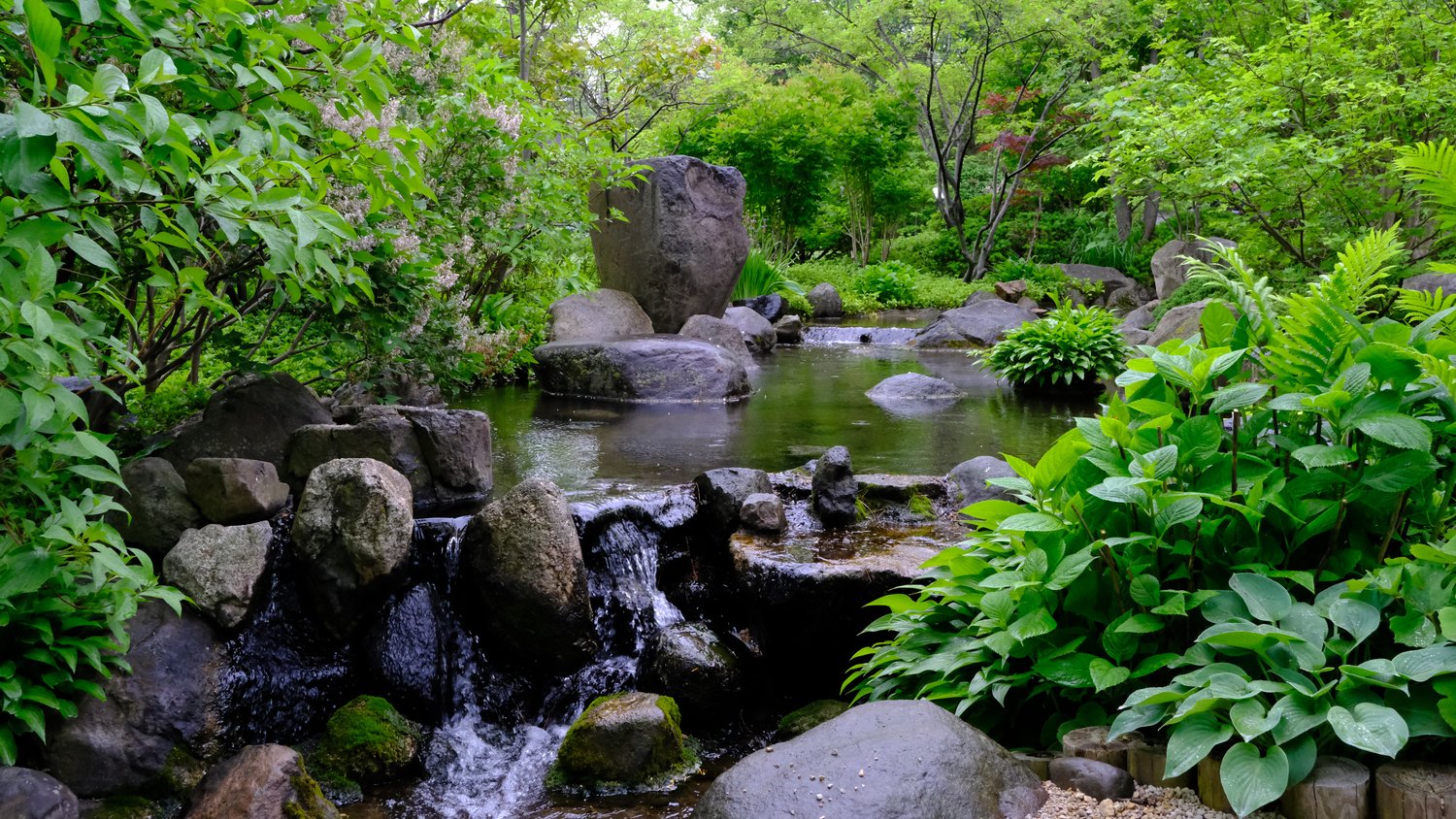
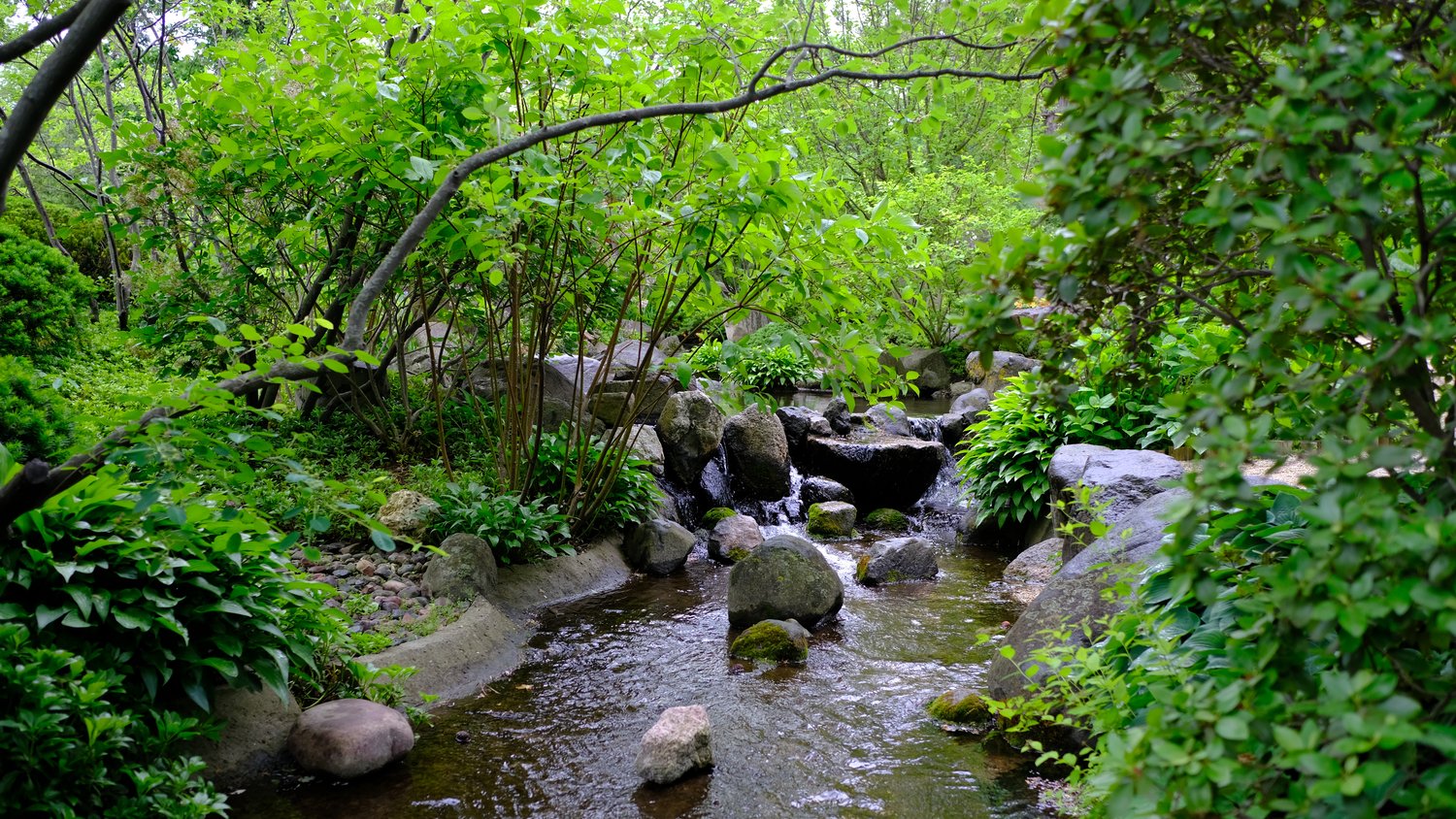
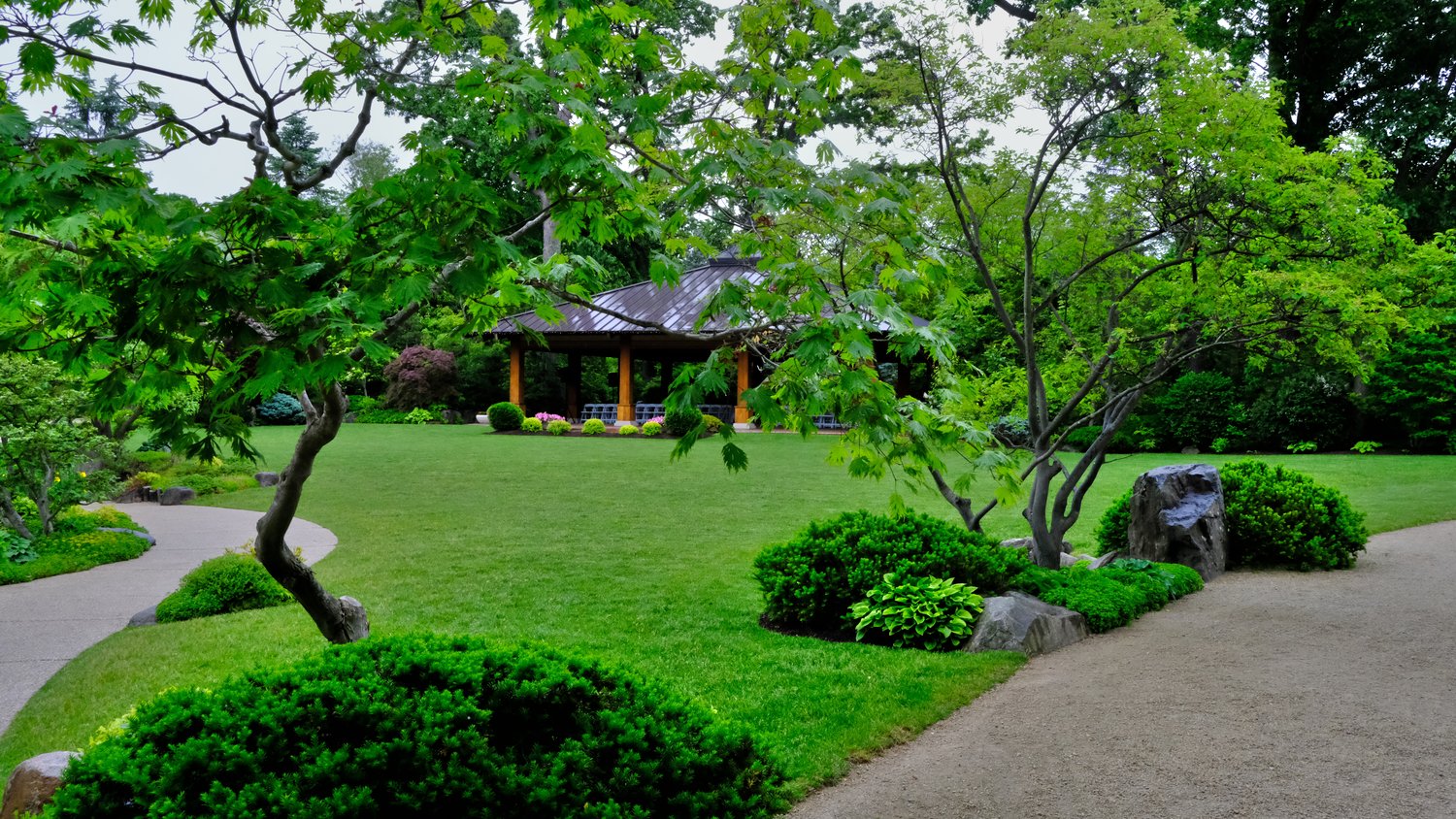
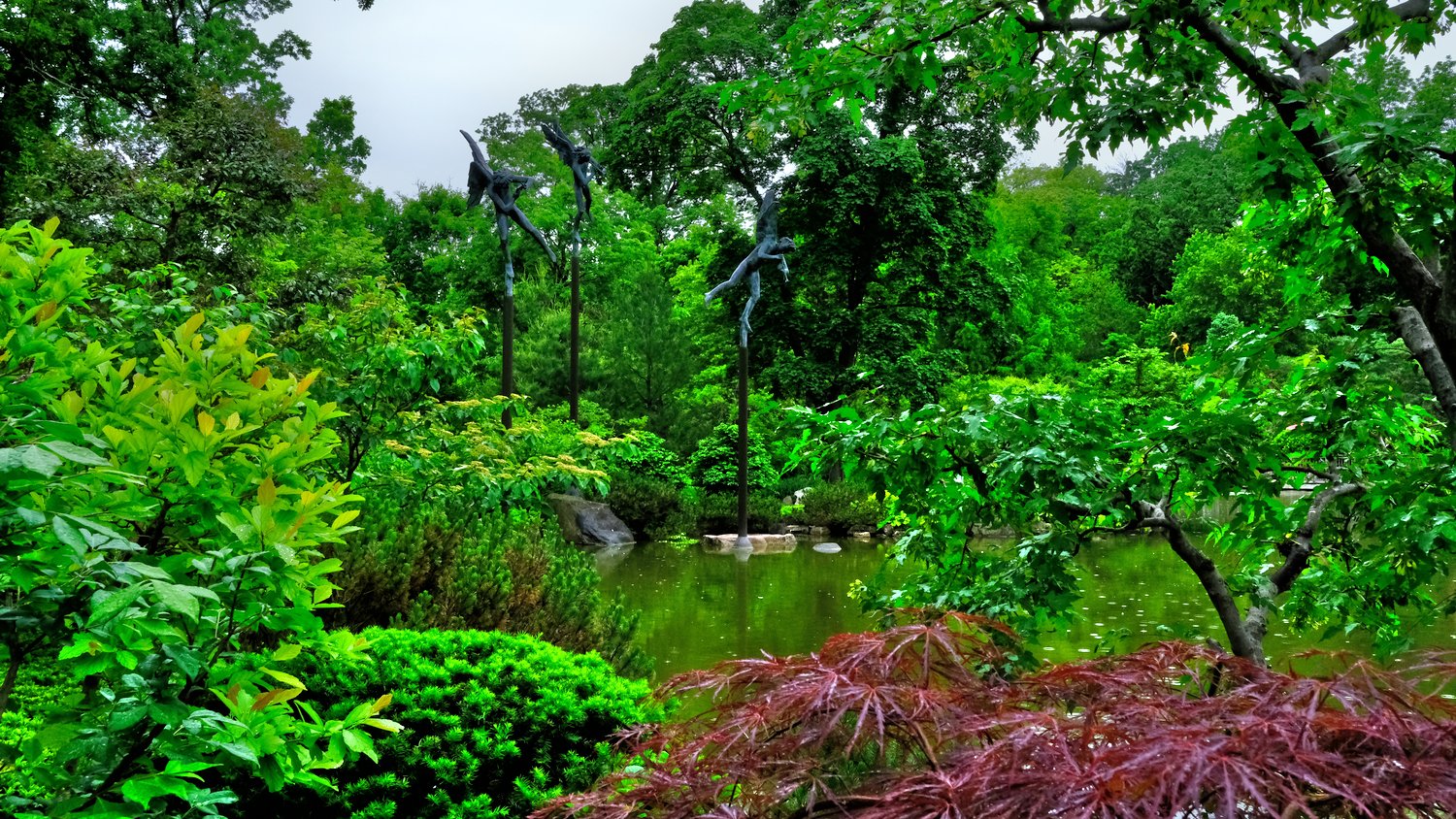
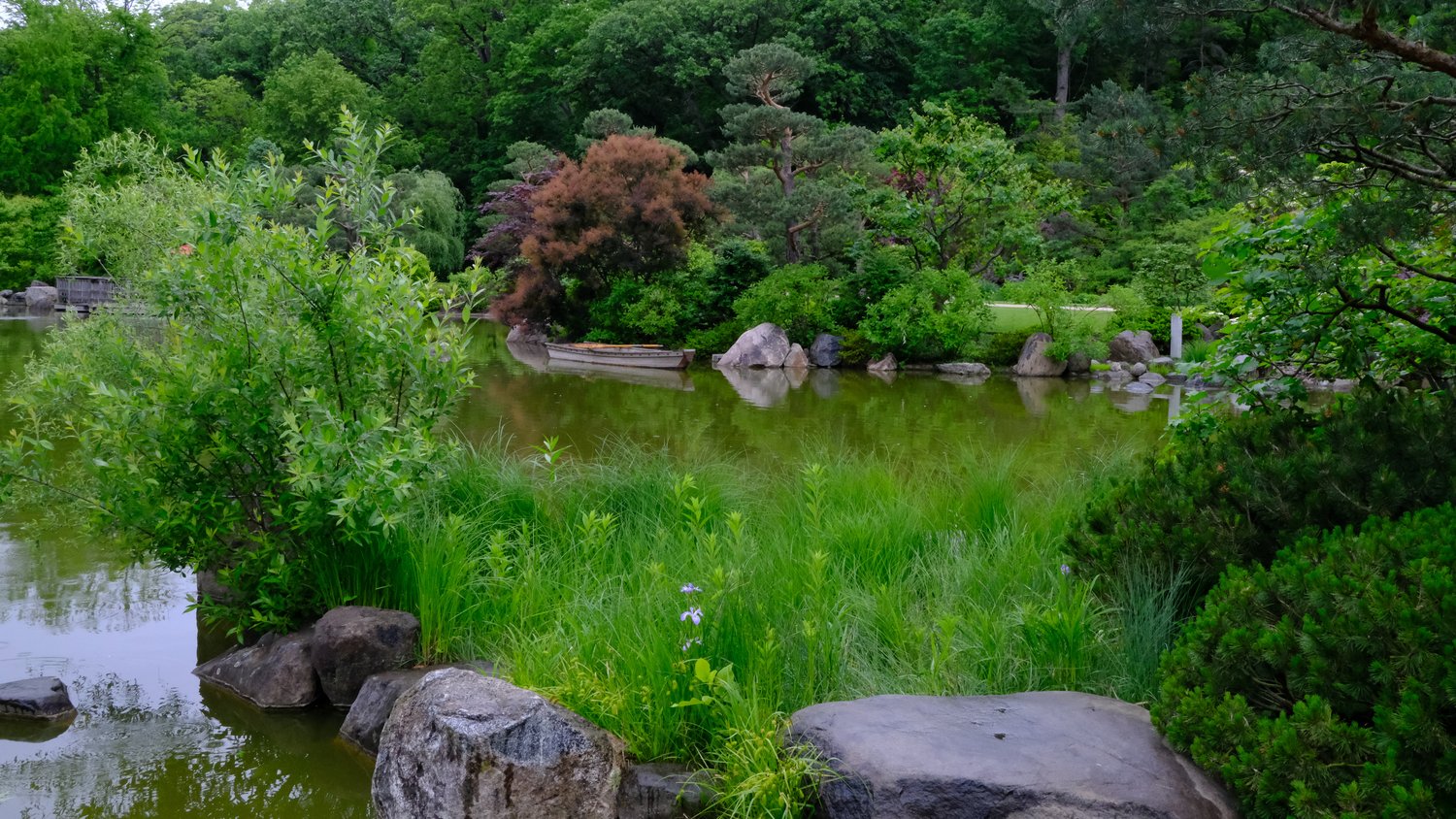

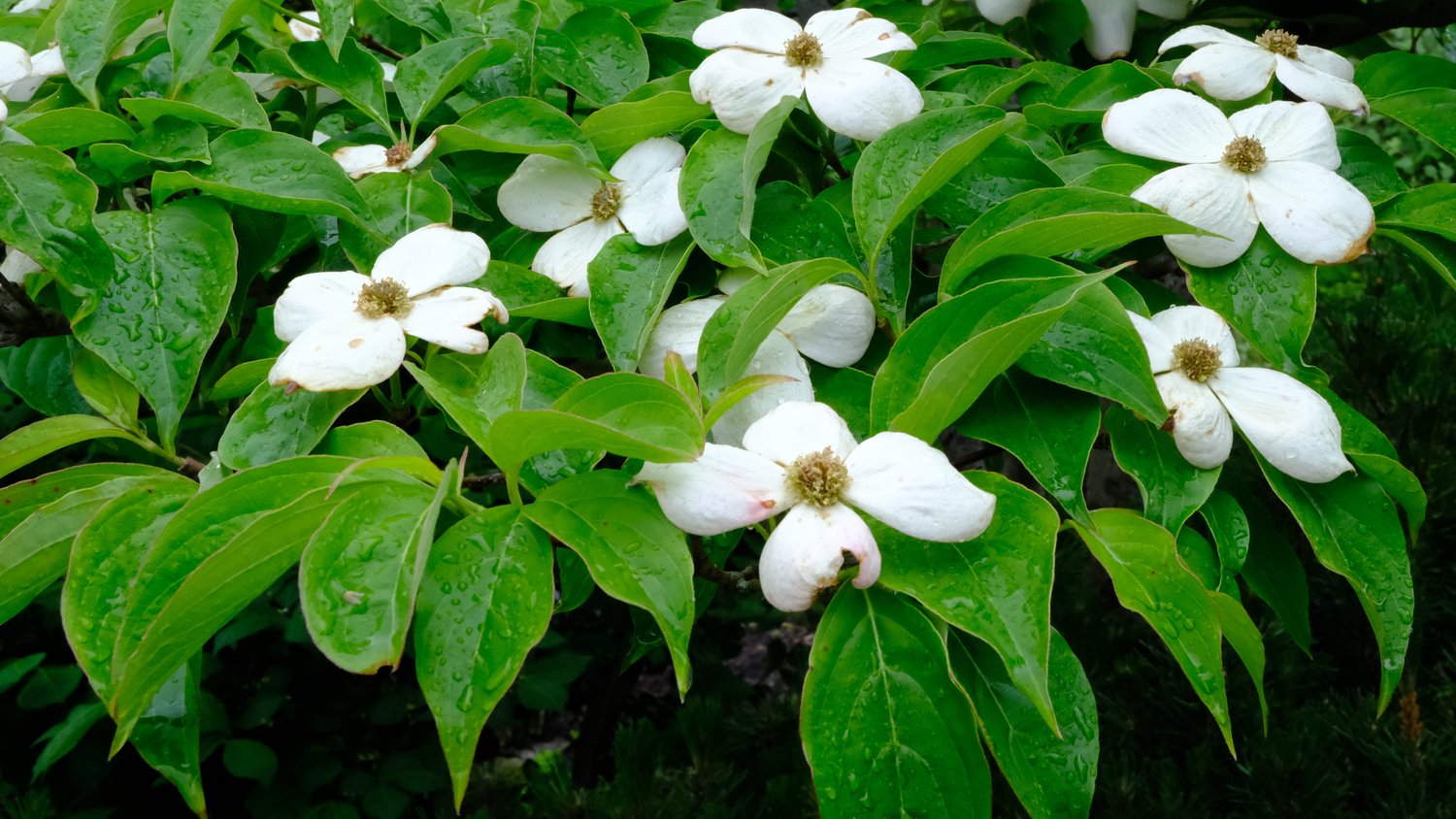
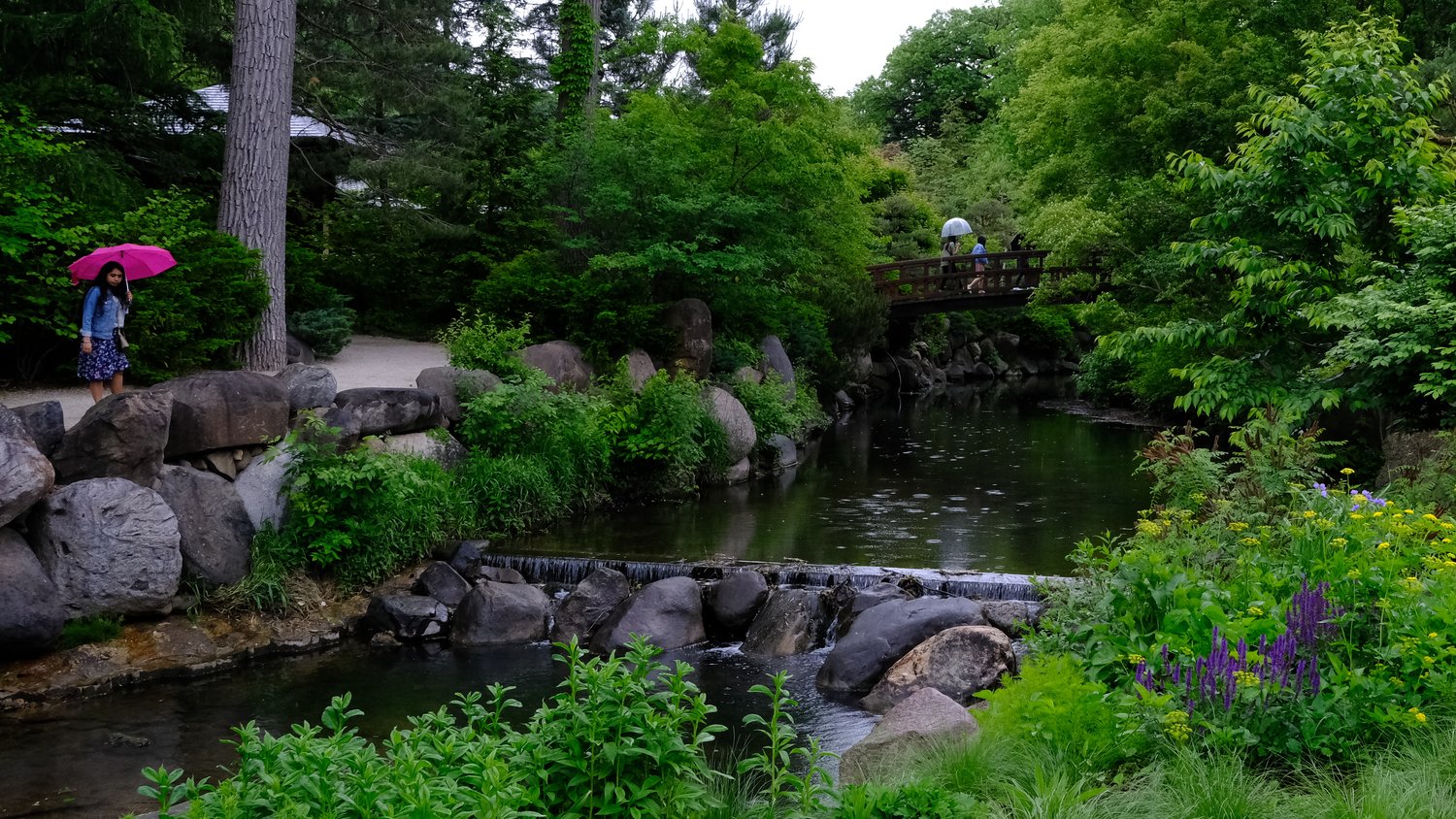
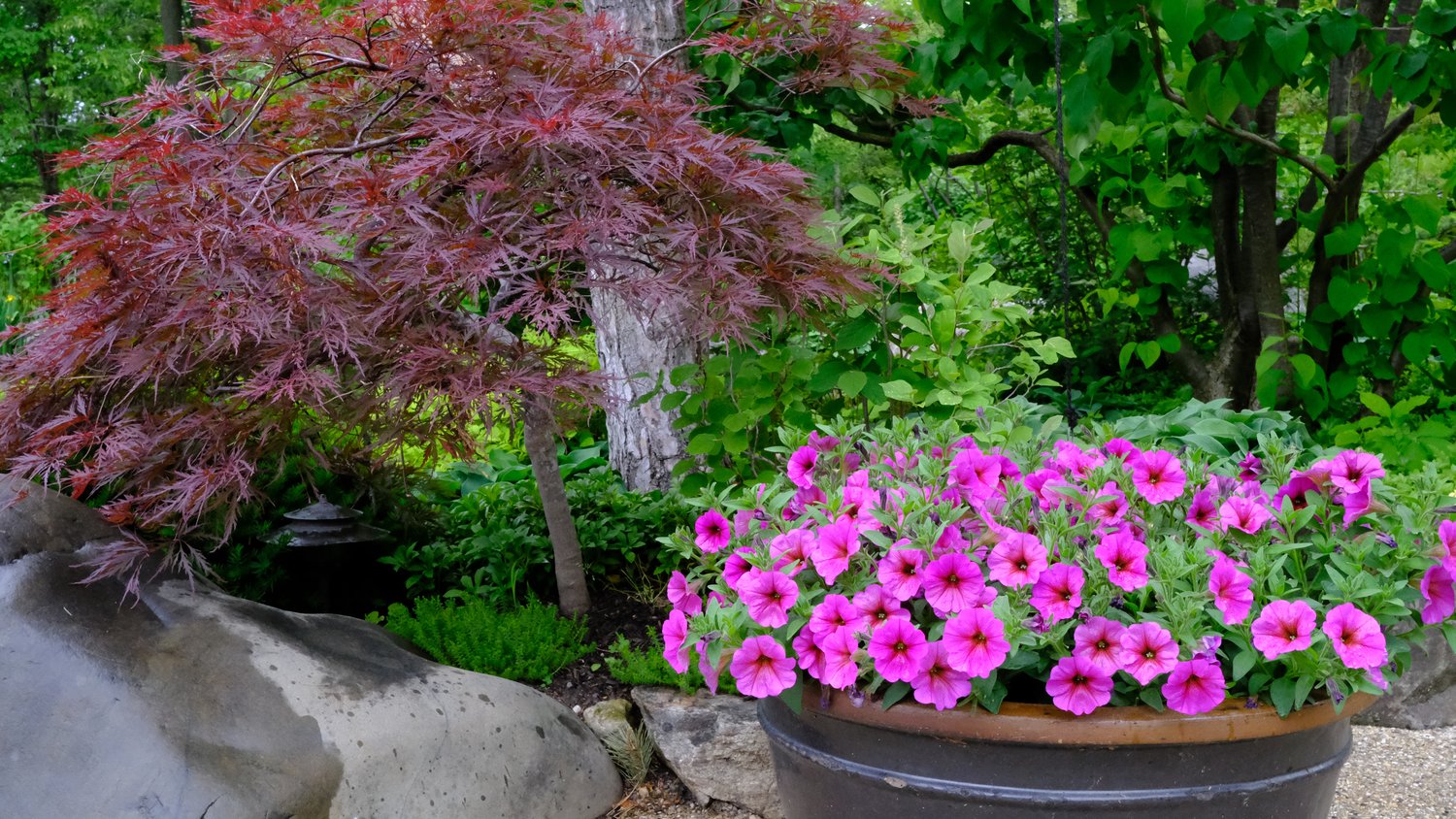
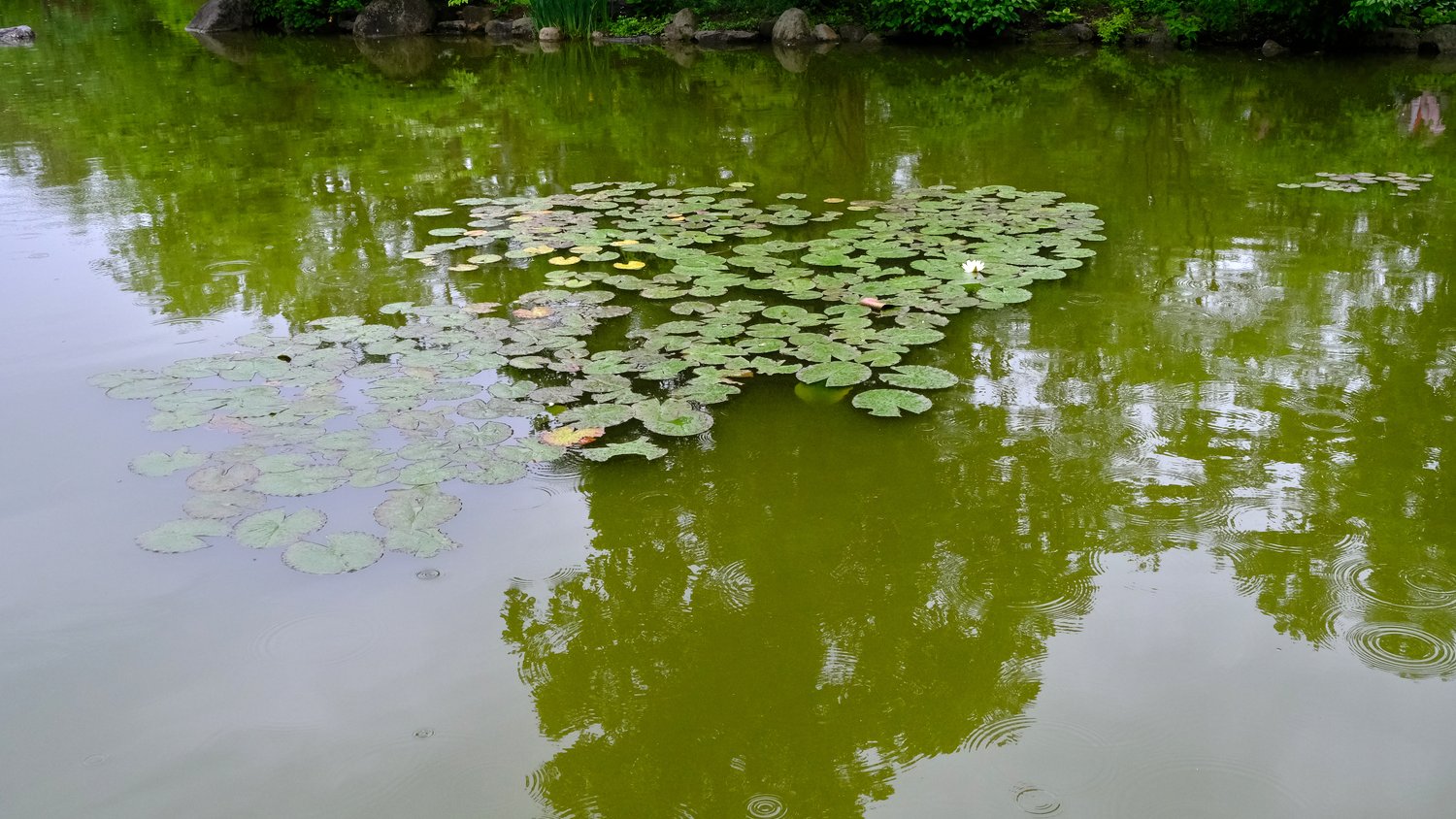


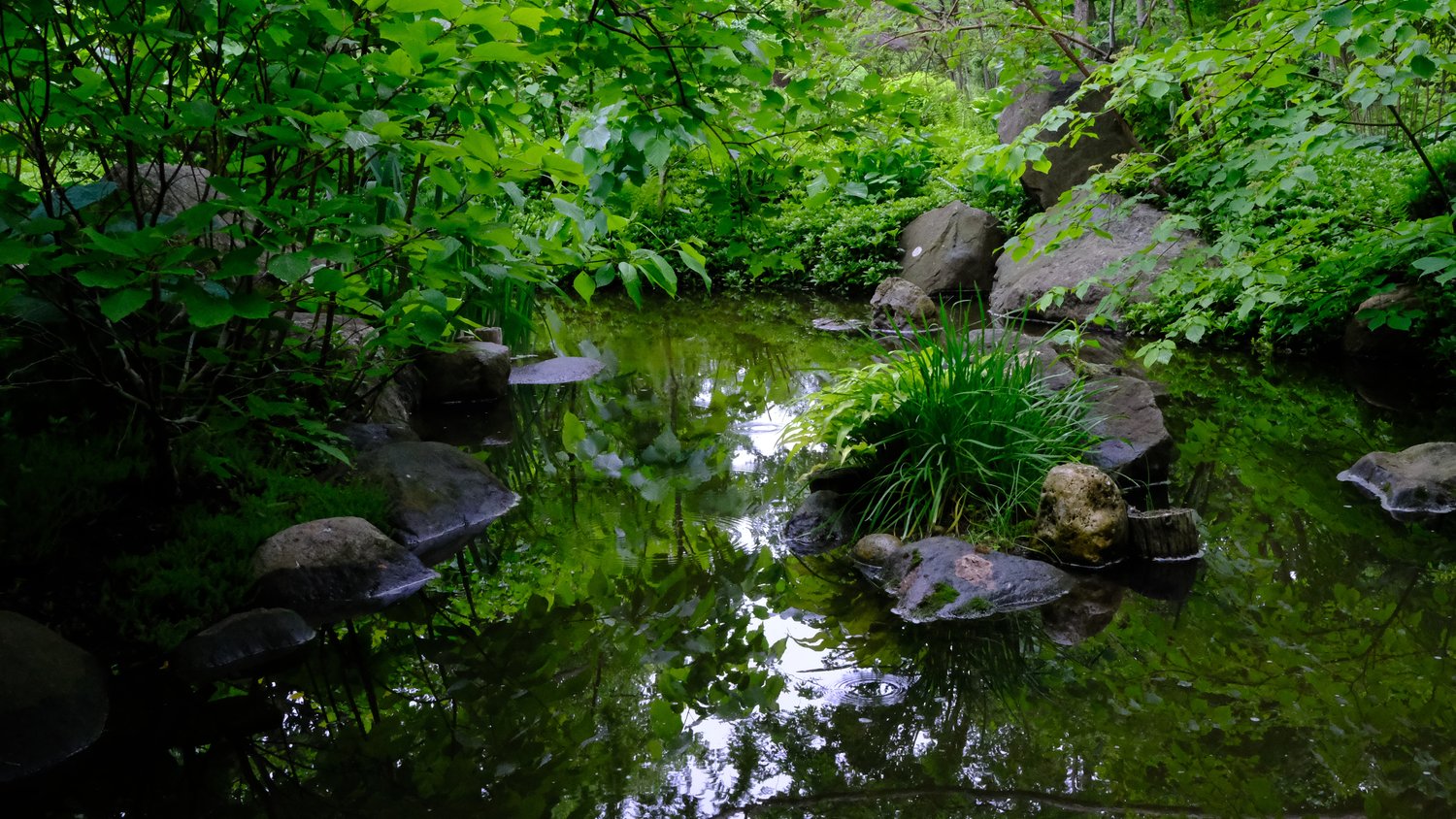
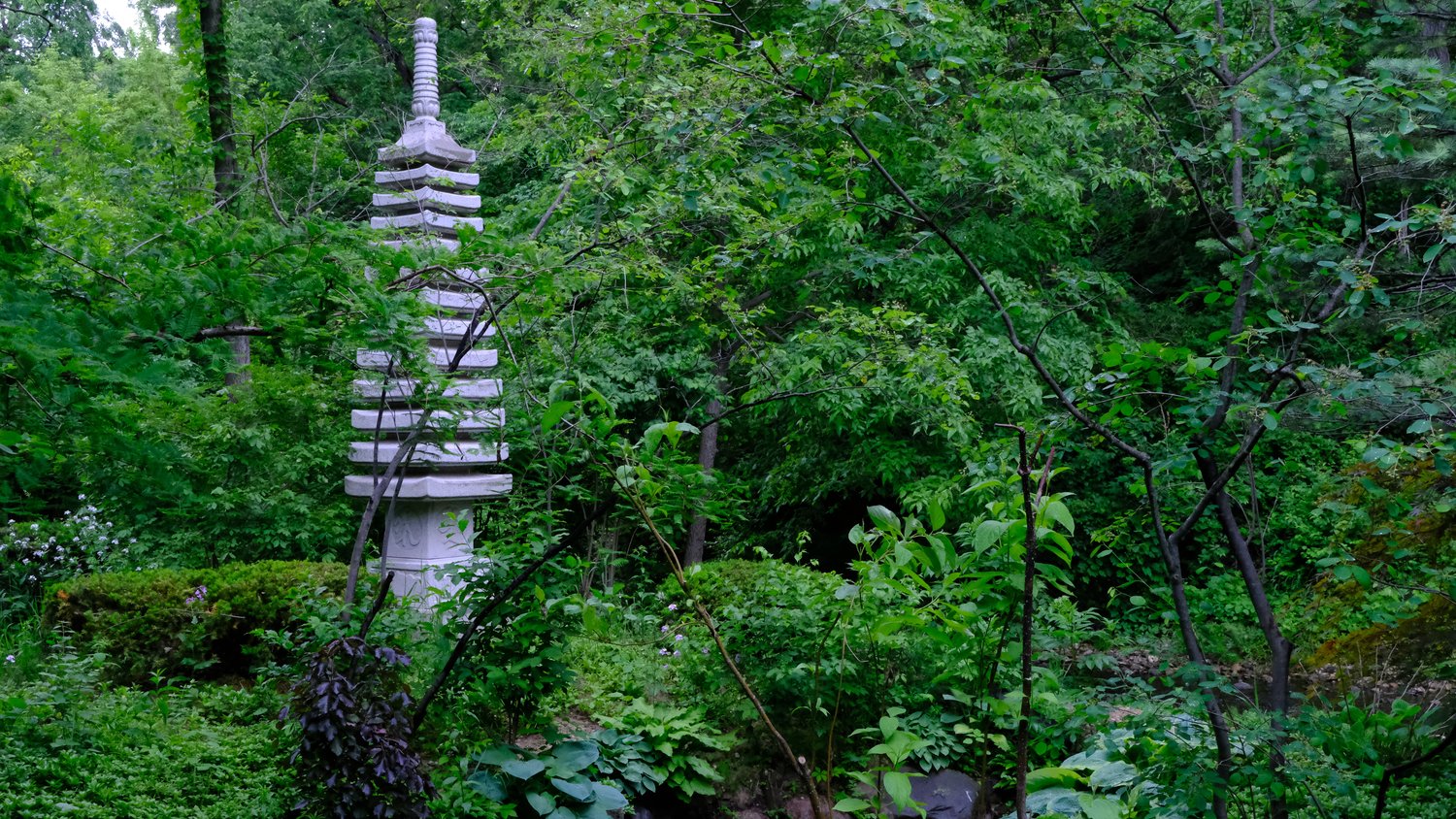
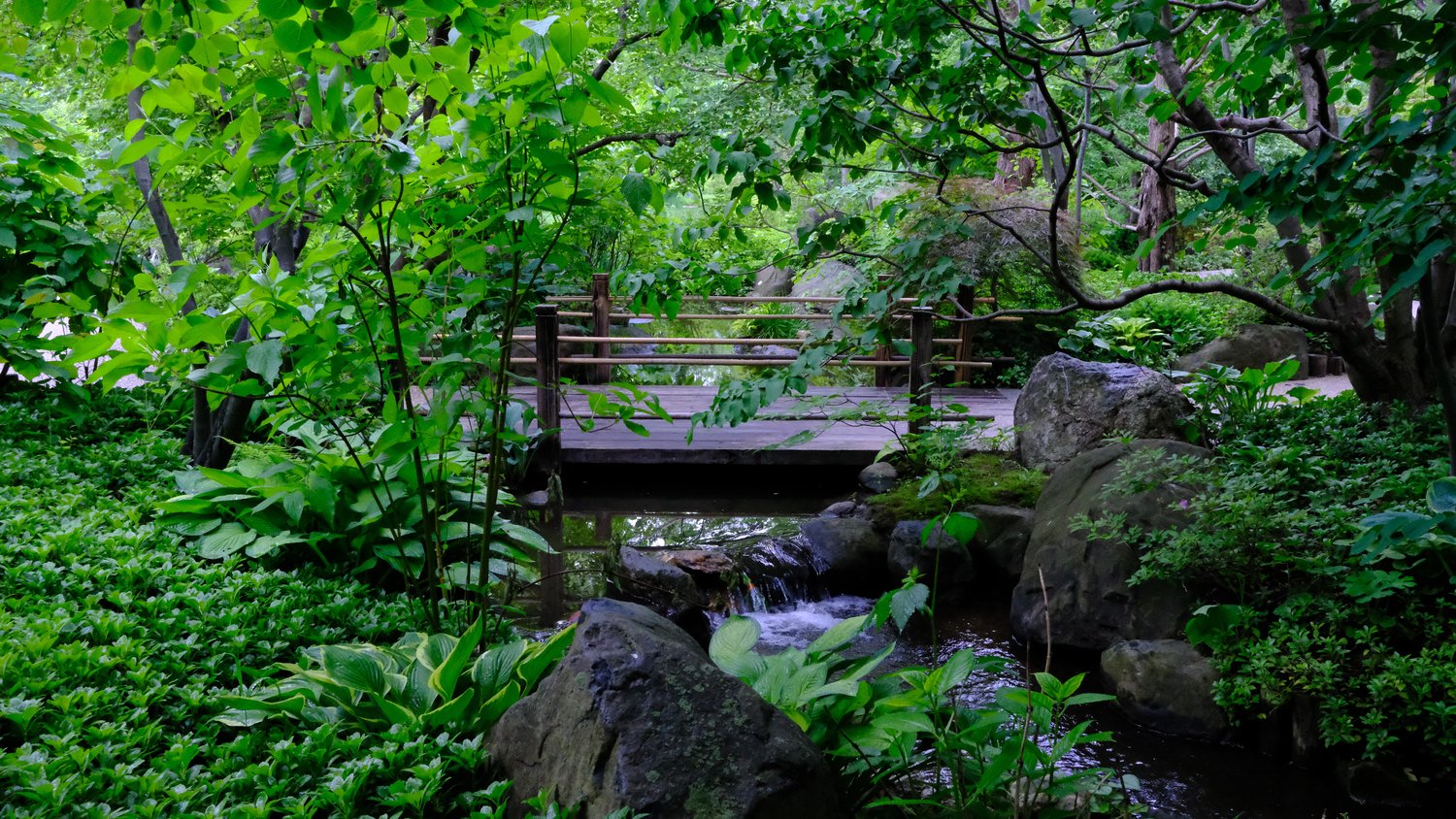
Backyard Garden
Like the Fabyan Japanese Garden, Anderson began as a private commission. Similarly to the Fabyans decades earler, John Anderson, a prominent Rockford businessman, was so inspired after visiting a Japanese garden, that he and his wife commissioned to have one built on their property. After visiting the Portland Japanese Garden in Oregon, he and his wife commissioned Hoichi Kuris, who had served as the Landscape Director for the Garden Society of Japan and had overseen the construction of the Portland Japanese Garden, to come and build one in the Anderson’s backyard.
Their swampy backyard also featured Spring Creek running through it, so the canvas was already set for a lush Japanese garden. Construction began in 1978, and every aspect, placement and alignment of every tree, rock, path, and waterfall was meticulously planned.
While it was undergoing construction over the next couple of decades, limited tours were available by appointment only, and led by Mrs. Anderson herself. In 1991, the Garden was opened to the public for walk-in visitors one day a month. Finally, in 1997, the Gardens were officially opened daily to the public, and in 1998, John and Linda Anderson donated the Gardens as a supported organization to the Rockford Rotary Charitable Association.
Today, the Anderson Japanese Gardens occupies around 12-acres just east of the Rock River, with Spring Creek running through the middle of the Gardens before joining the Rock River. Composed primarily of open and wooded greenspace, winding paths, koi-filled ponds, streams, waterfalls, and a number of bridges. There is also a visitor center, the Fresco restaurant, event pavilion, tea house, guest house, and a number of viewing and meditation spaces.
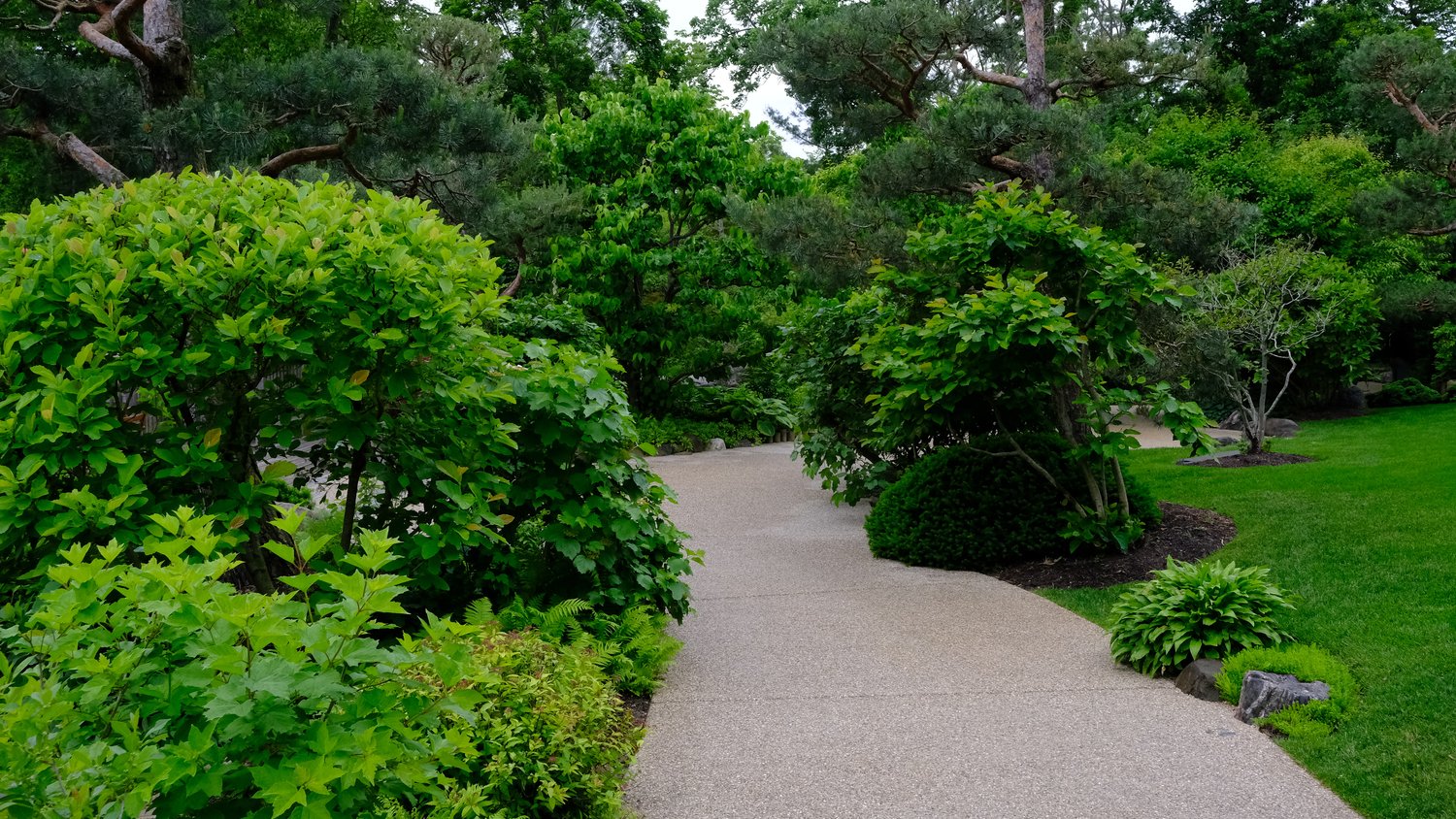
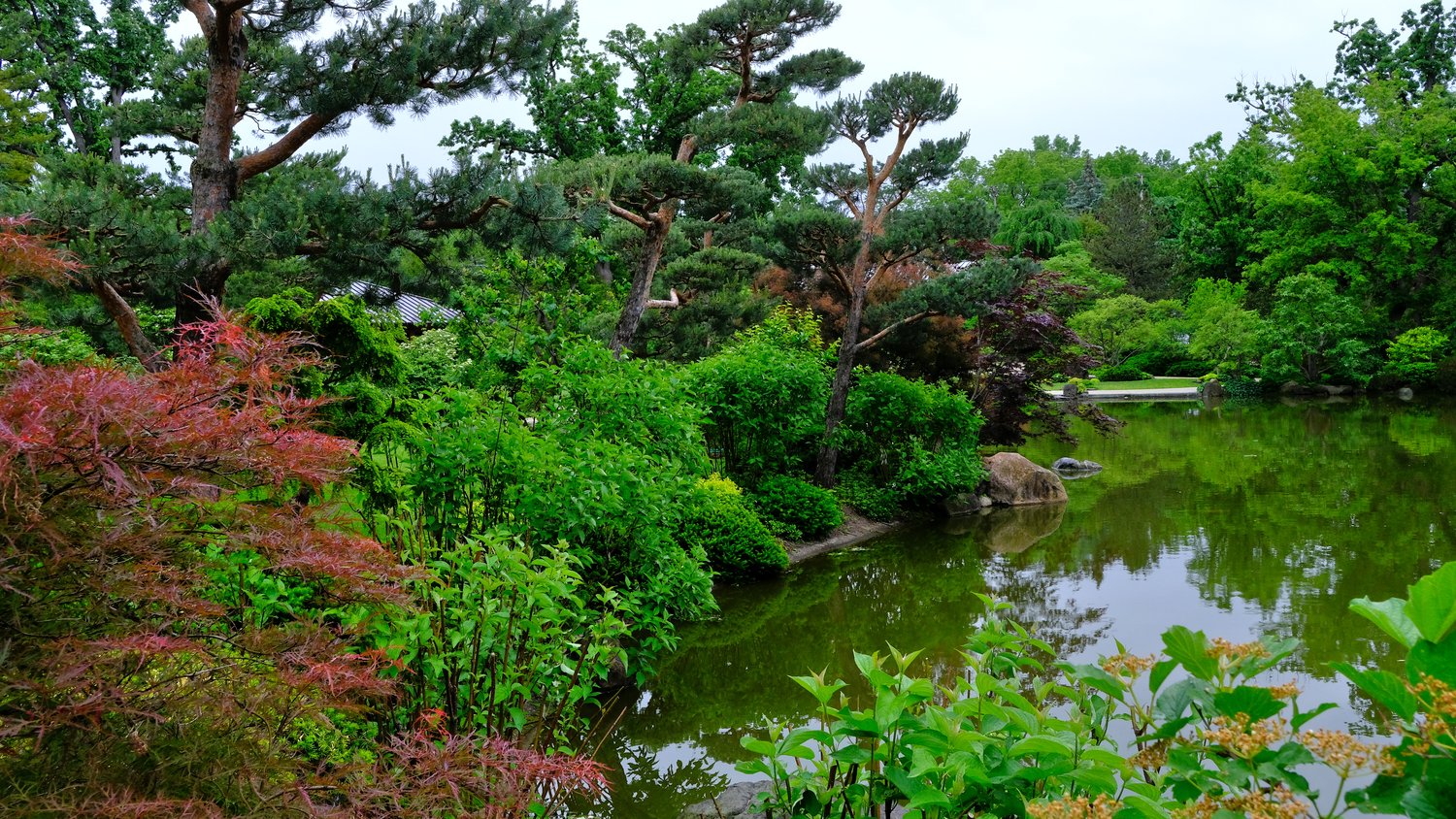
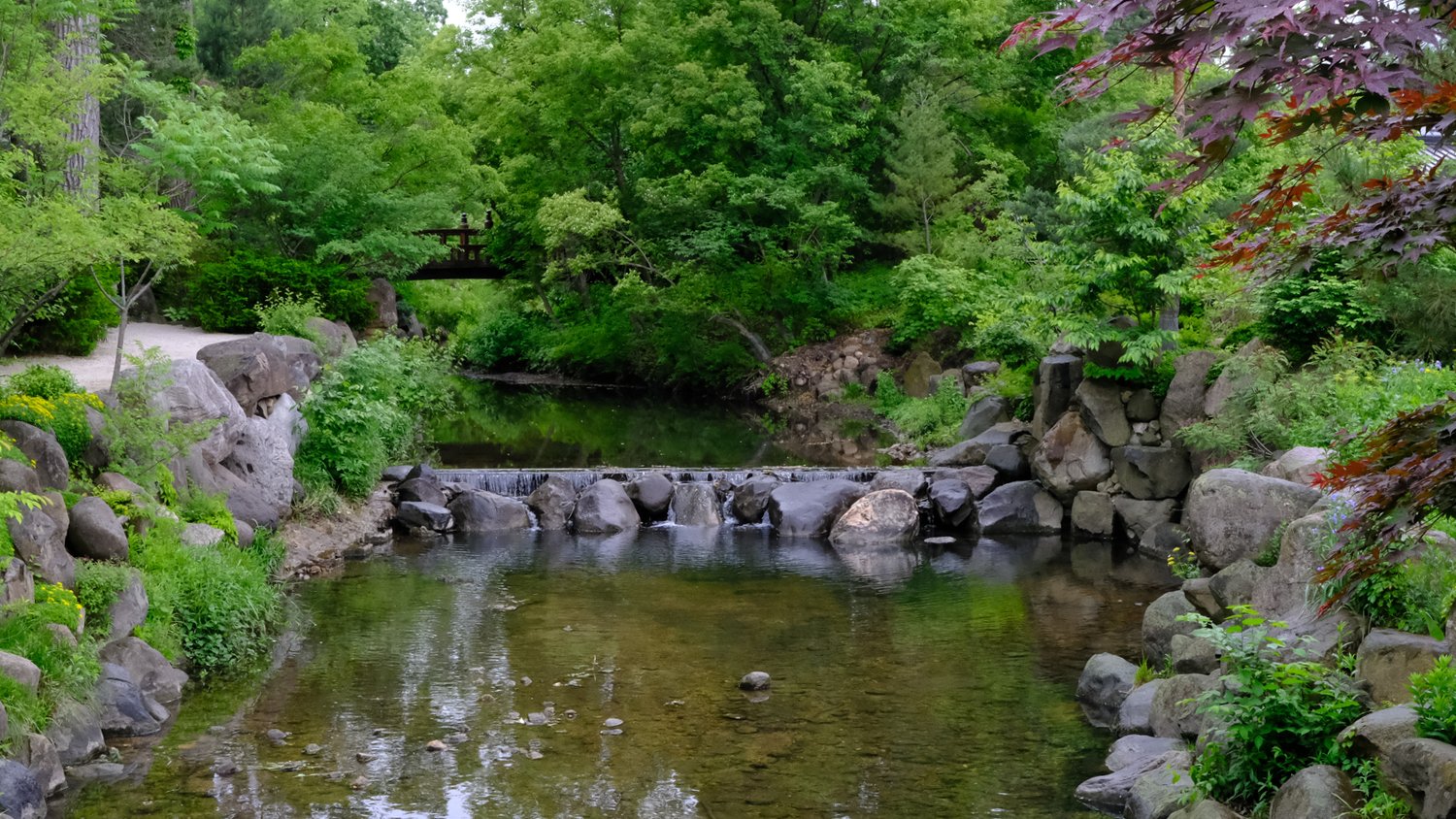
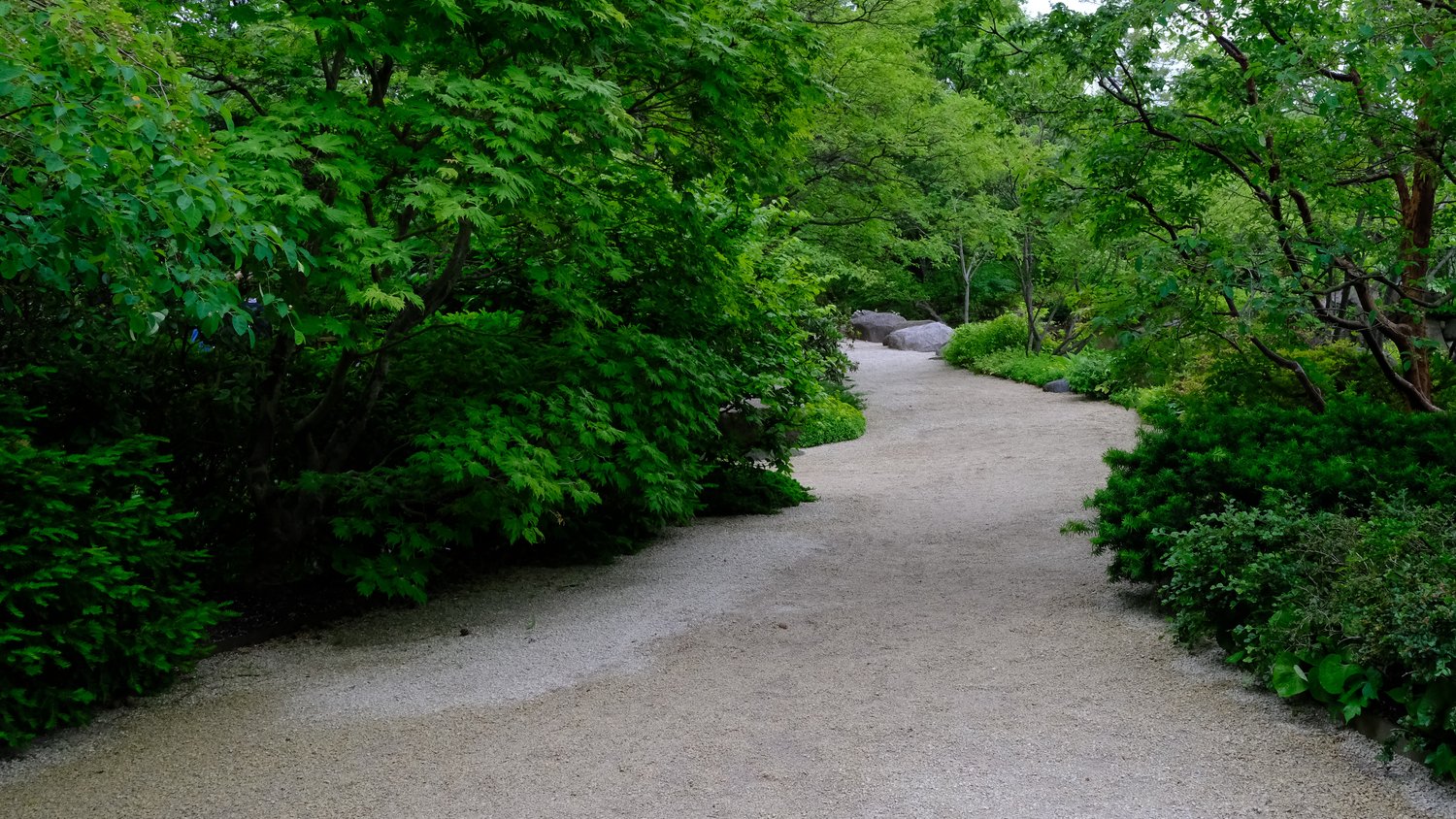
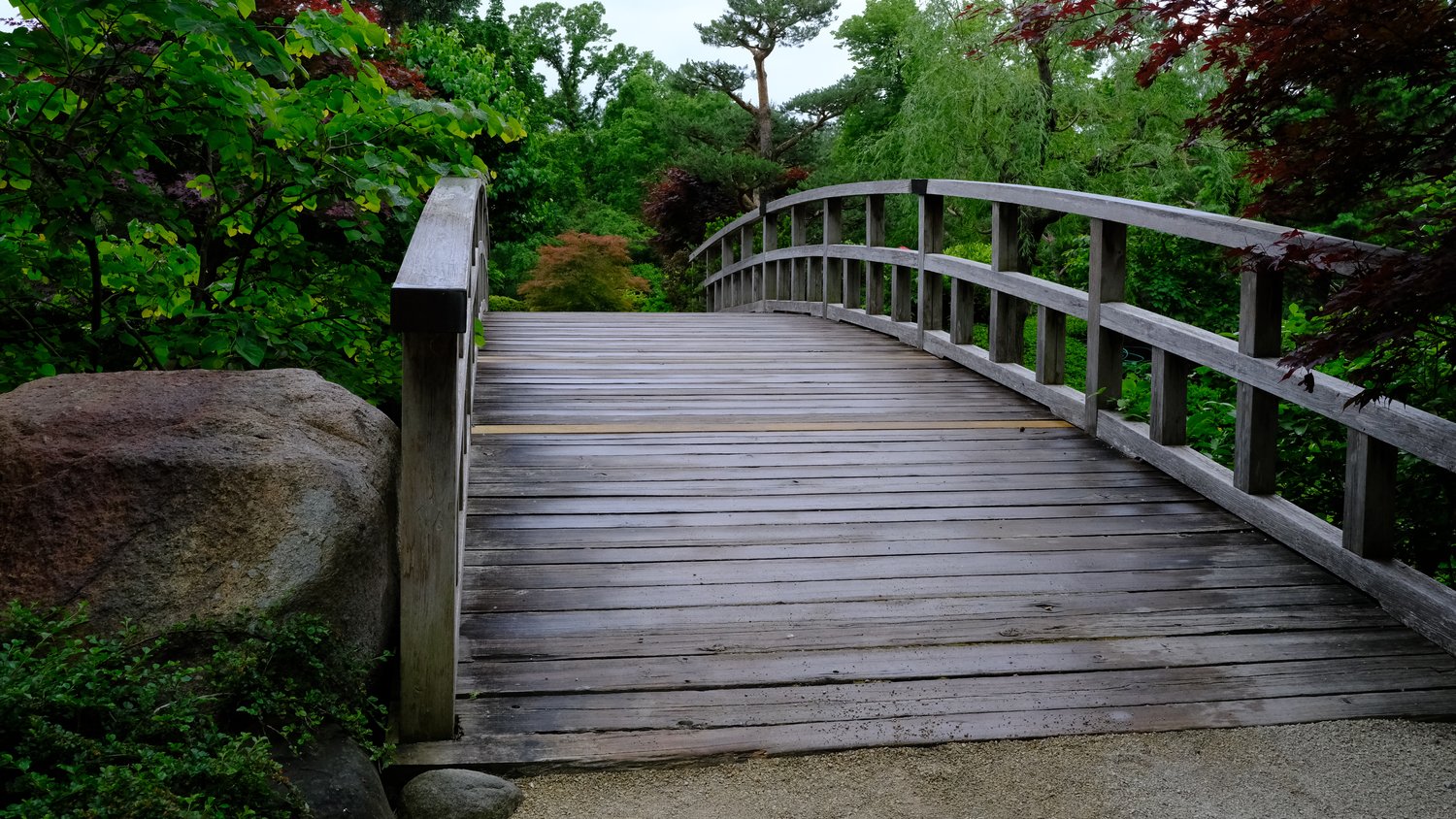
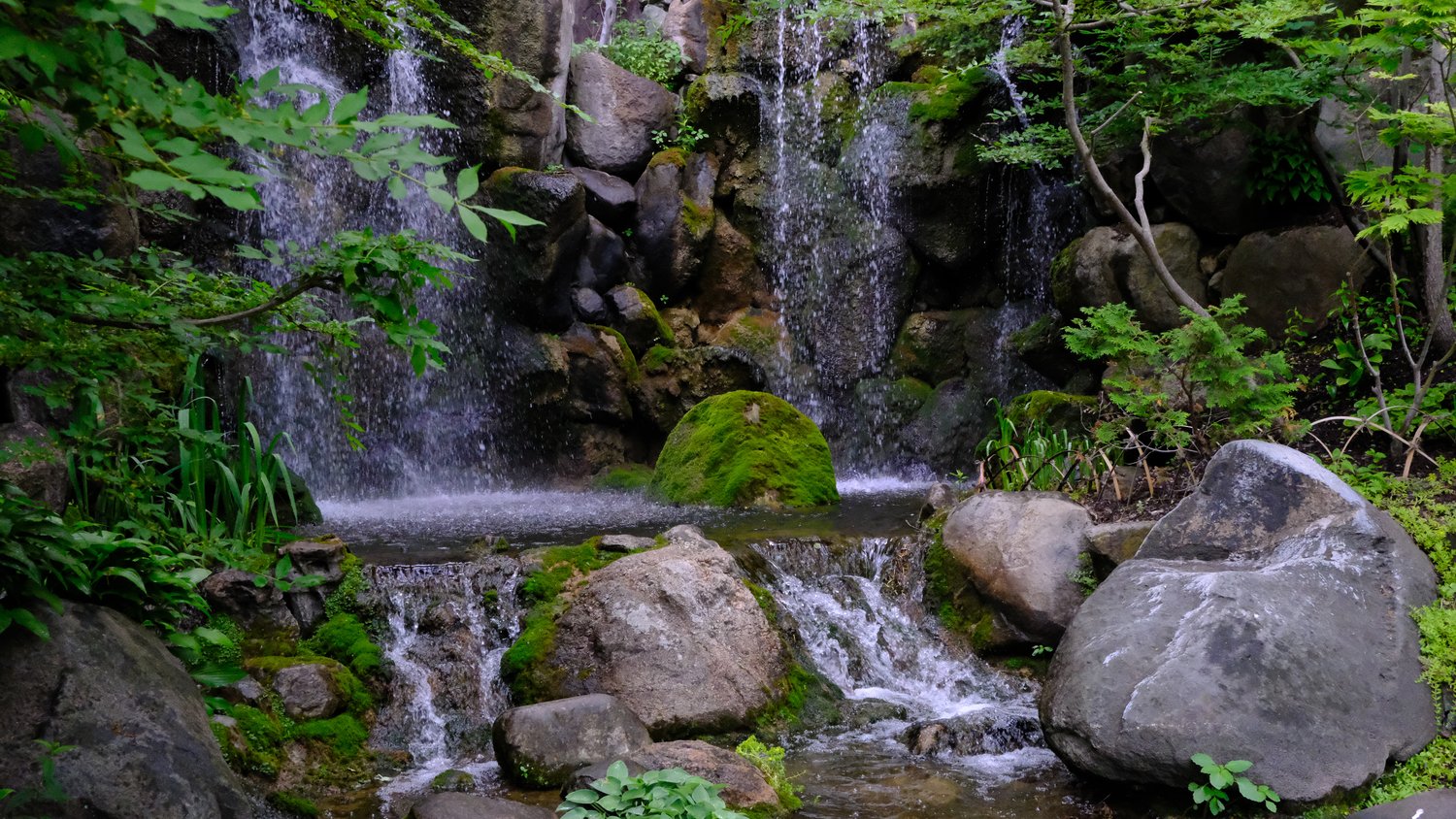

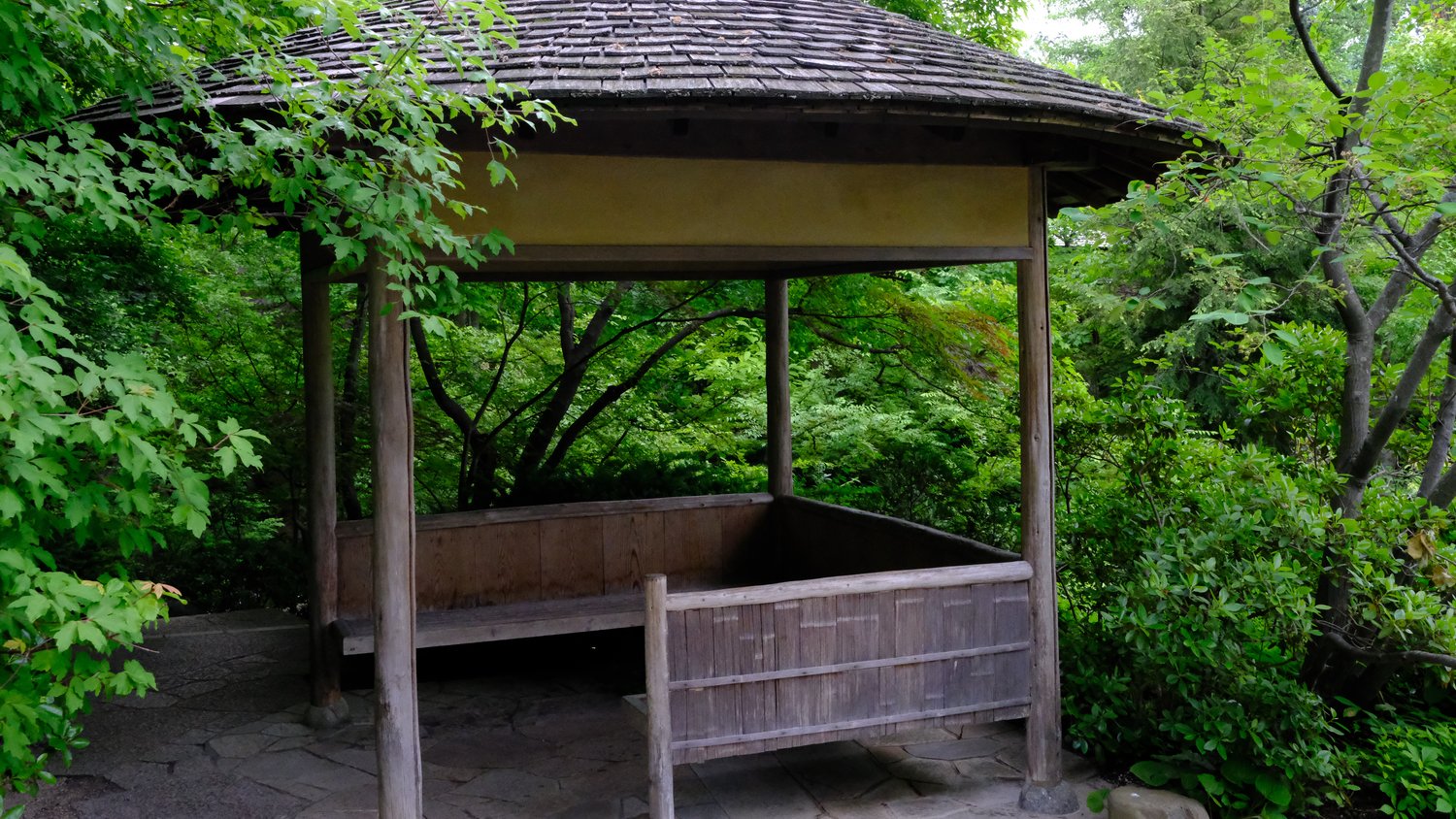
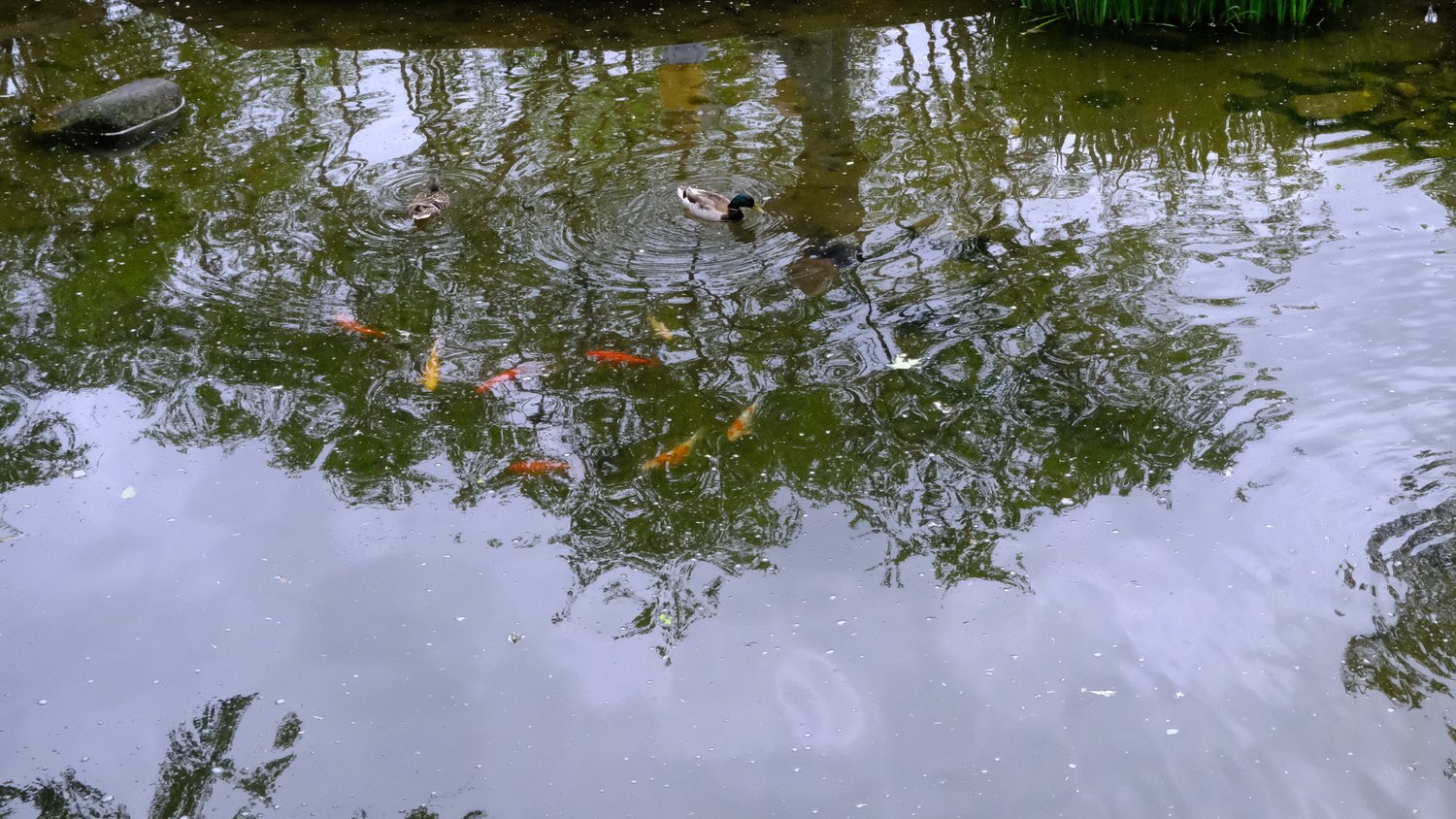
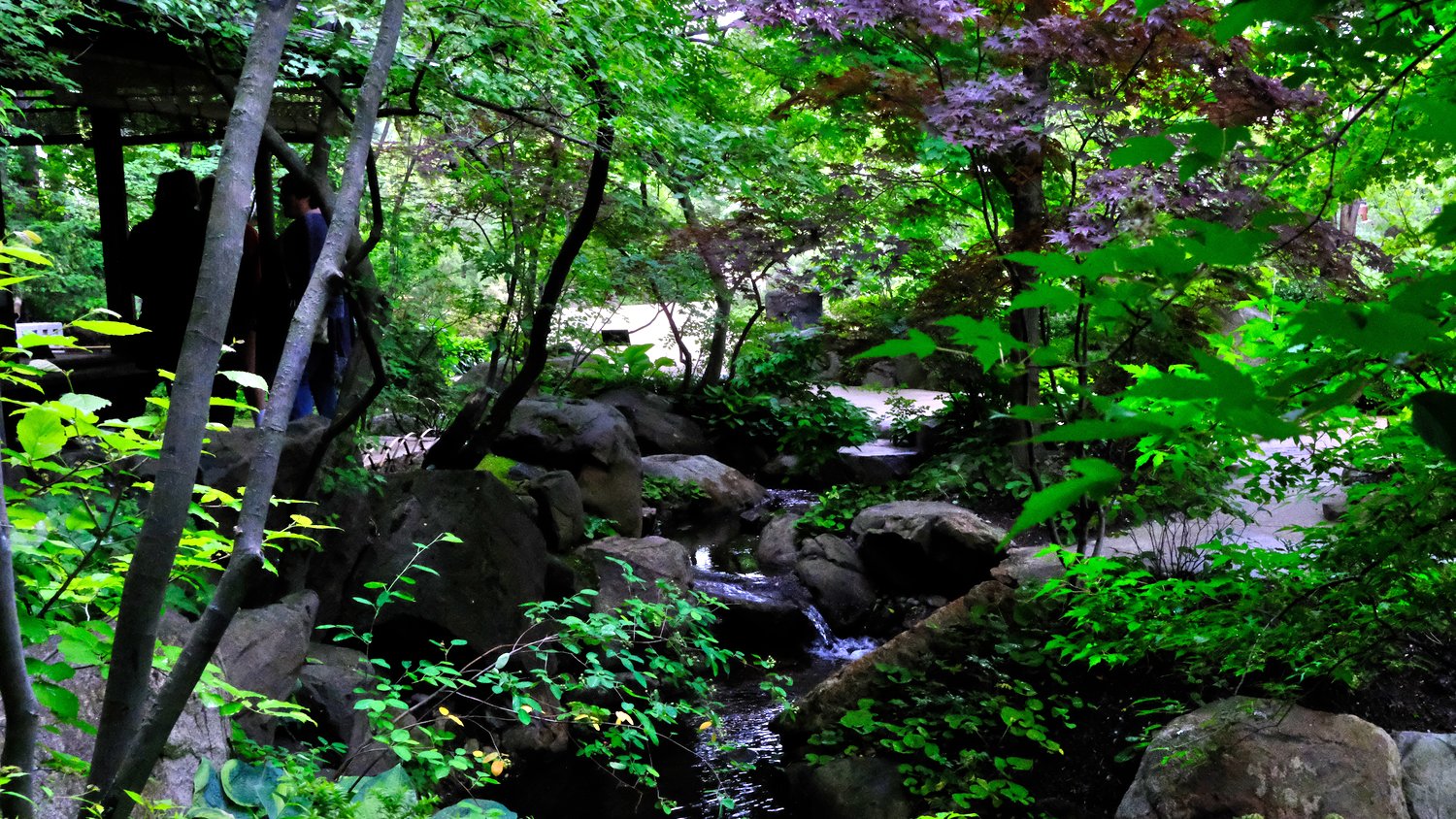
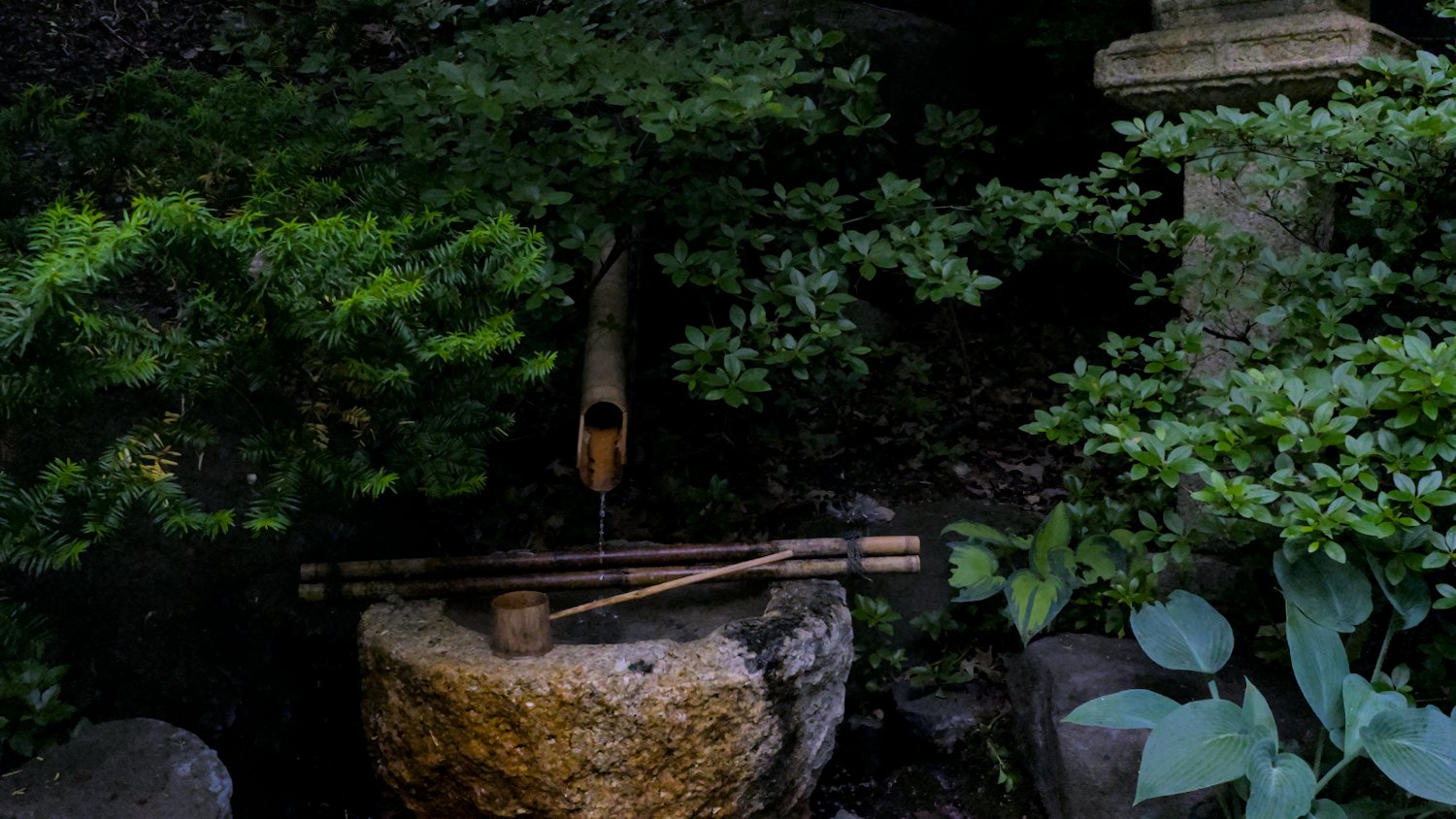
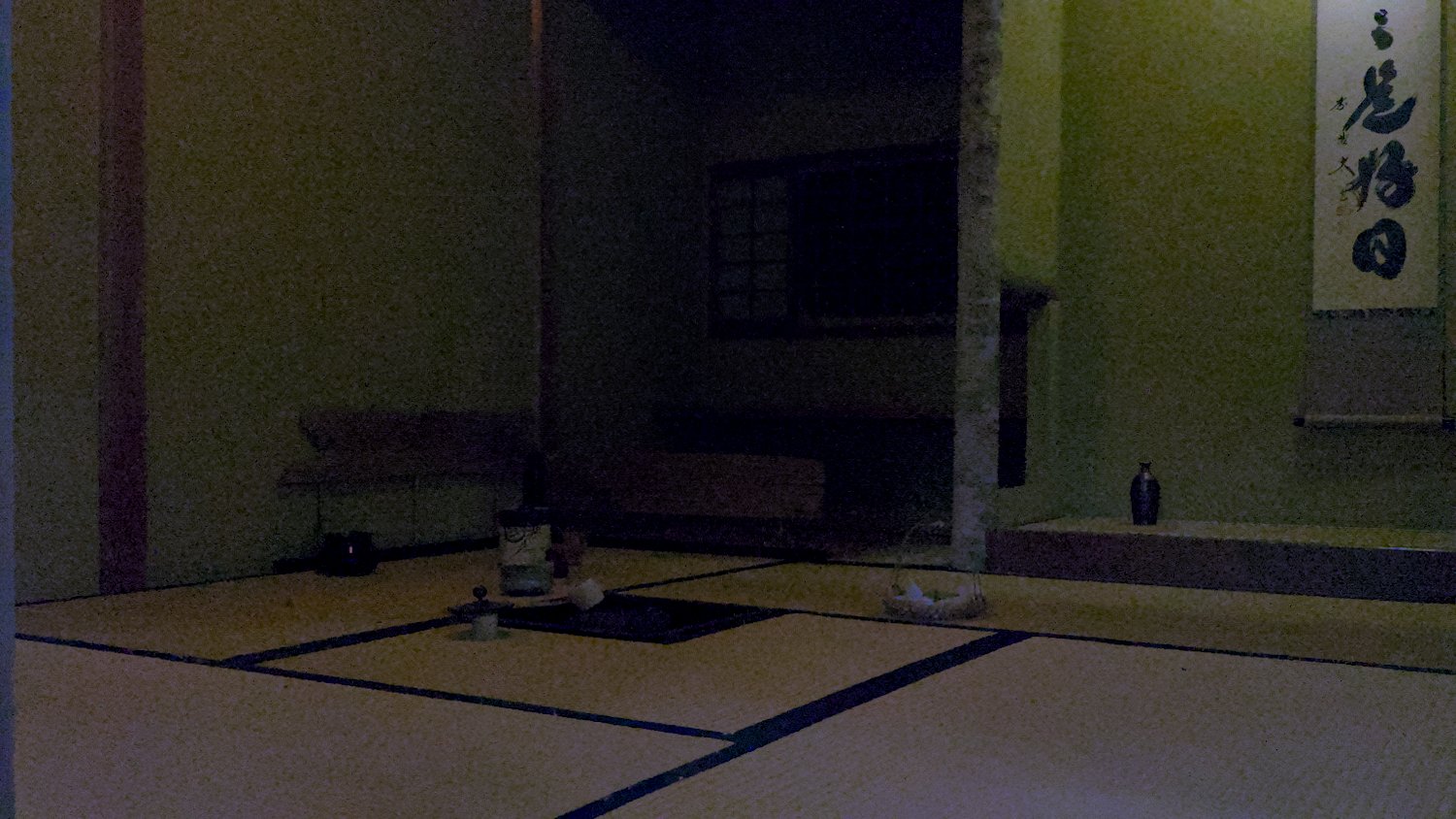
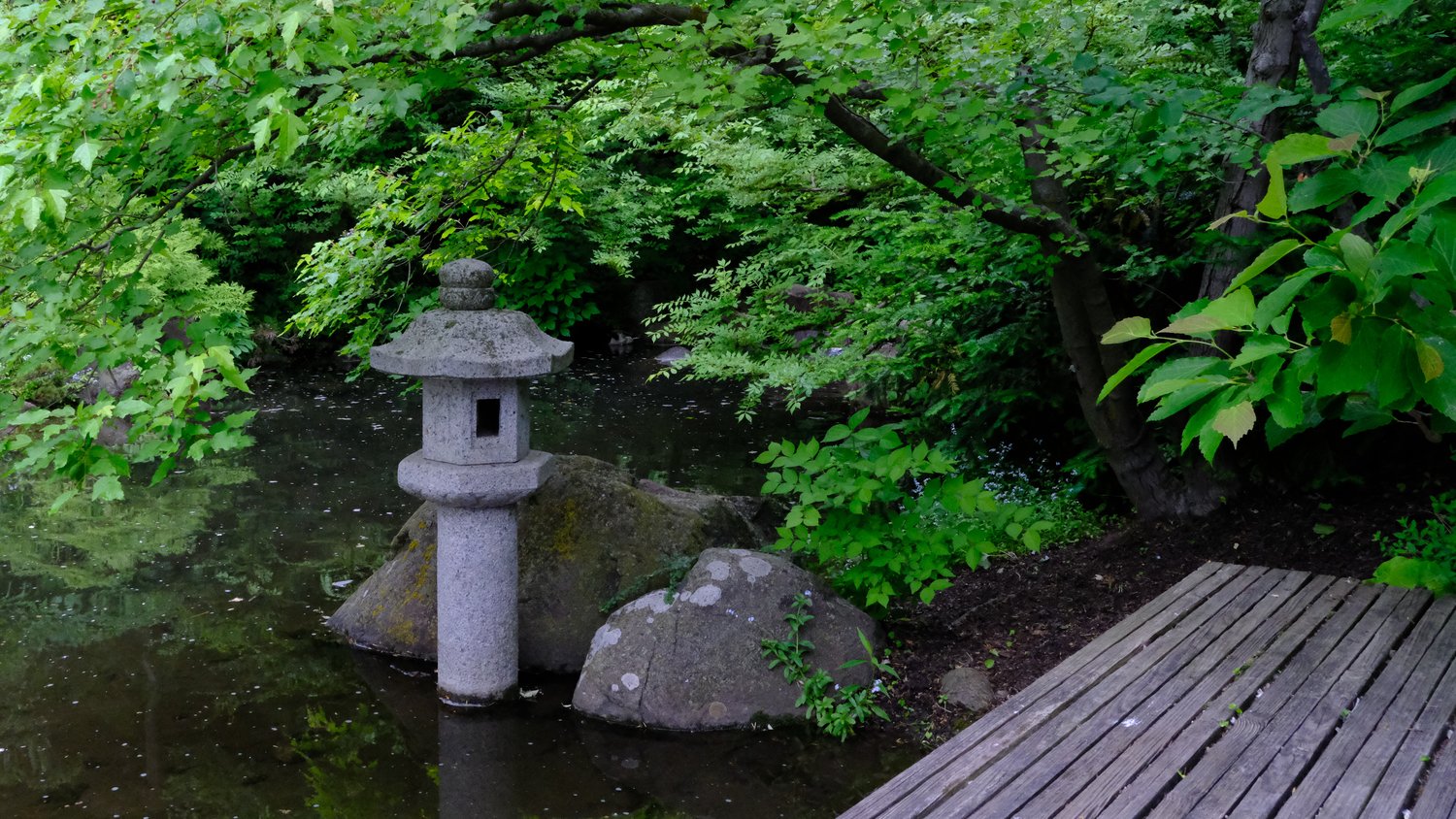
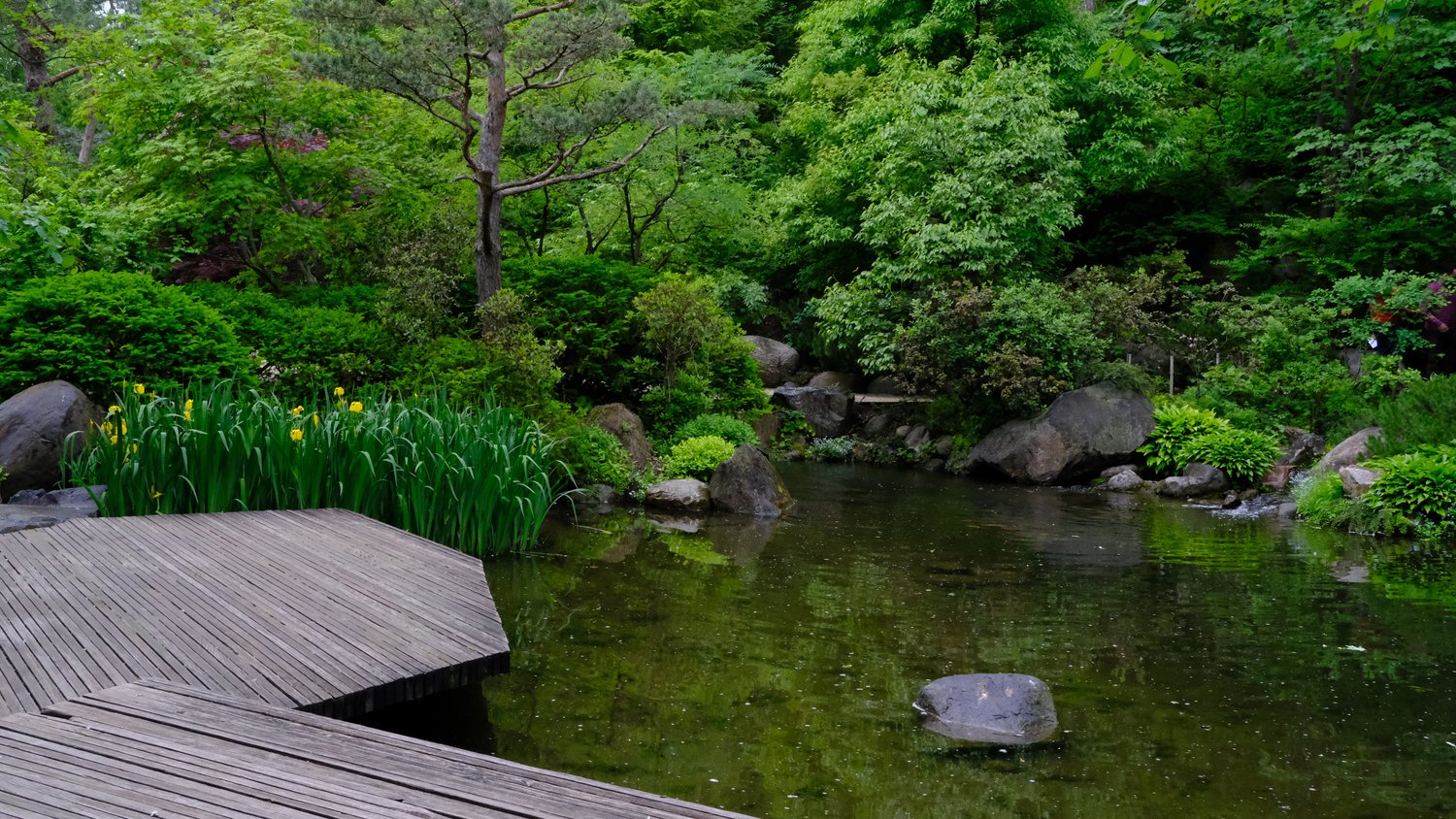
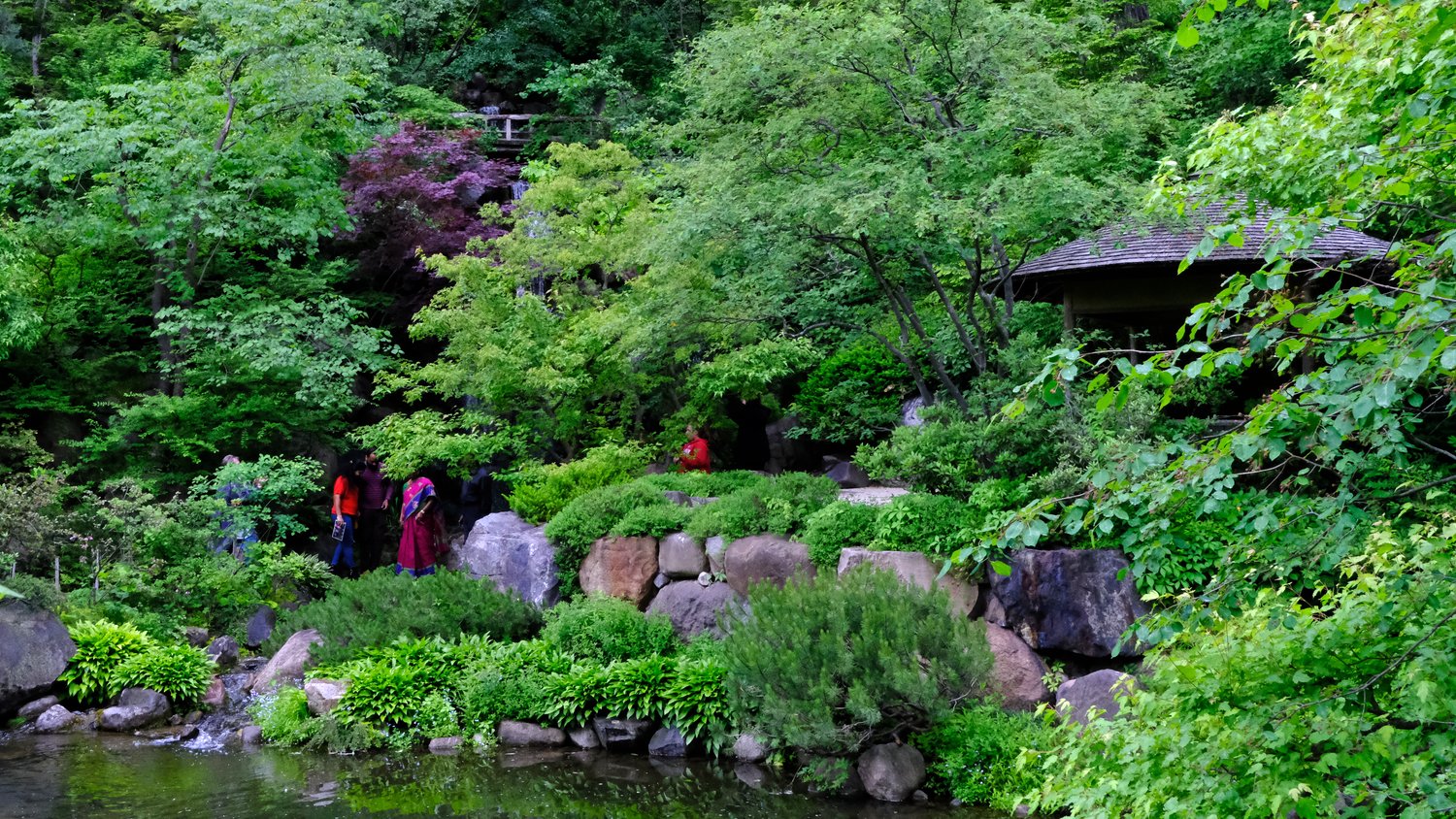
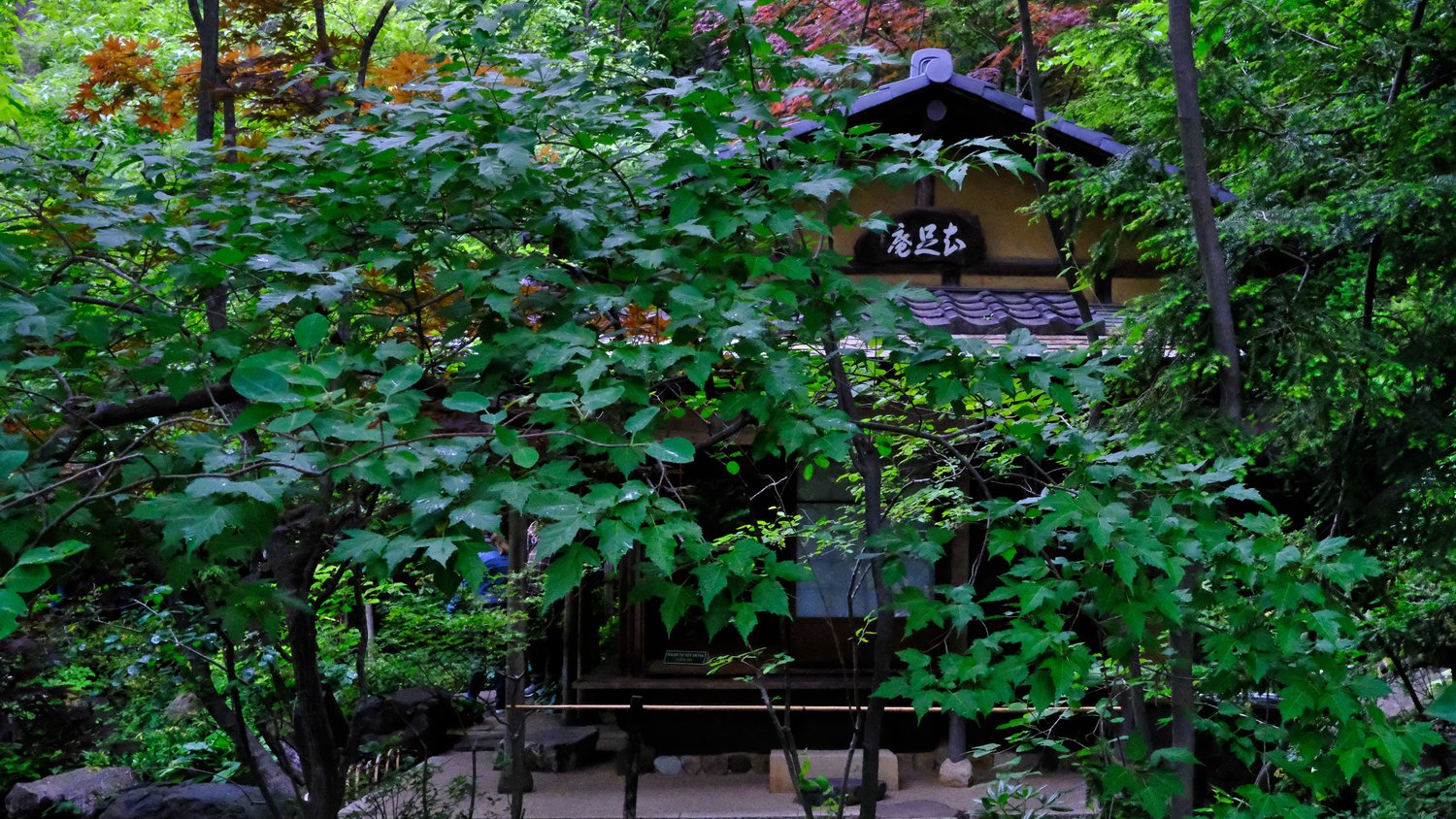
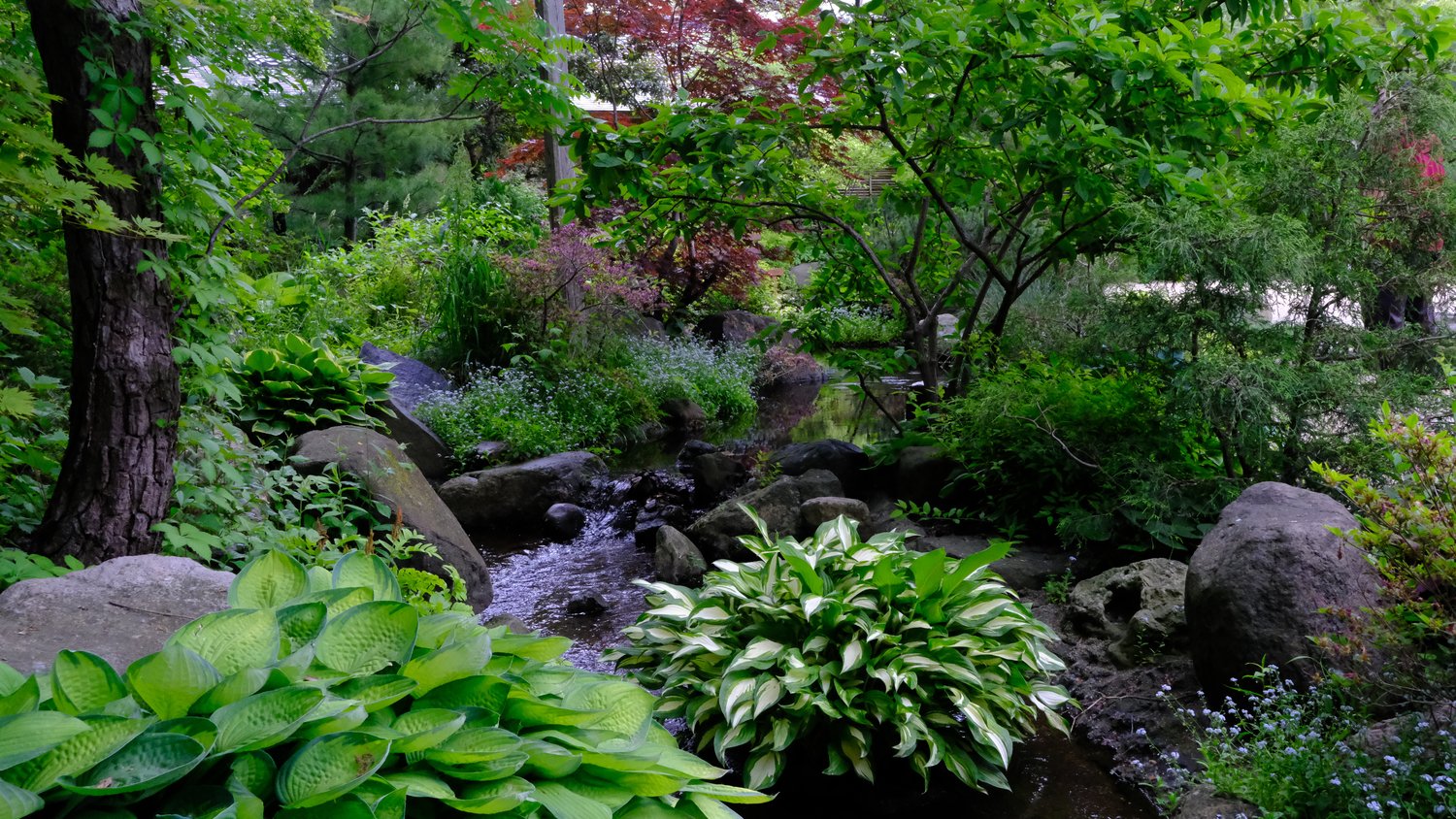
Shared But Unique
As you might imagine, there is a whole school of design behind Japanese gardens. They often combine natural elements, like water through streams, basins, and ponds; meticulously maintained plants and trees; as well as constructed elements like paths, bridges, buildings, and stone lanterns. While many of these elements are shared from one Japanese garden to another, each garden is uniquely architected around its own unique space and environment.
While we haven’t experienced Fabyan or Garden of the Phoenix yet, we have made multiple trips to both Malott and Anderson. Fairly comparable in size and both equally beautiful, amazing experiences, yet vastly different as well.
Malott of course is just one garden among many unique and different gardens within the Chicago Botanic Gardens. I see the Chicago Botanic Gardens as a more “park like setting” overall, with a lot of focus on preservation, demonstration, and education, across all of their gardens. The Chicago Botanic Gardens does an amazing job of labeling and signing many of the plants and trees throughout their massive space.
You won’t find that at Anderson. This isn’t to say that Anderson isn’t about education, just that I feel that one of their primary purposes is to serve as a place for calm and renewal, a place to, first and foremost, seek mediation, whether formal or informal. Anderson is as much about your own internal discovery as it is about discovering the gardens.
What may also be surprising is how large Anderson is, though technically smaller than Malott. The Anderson Garden is amazingly compact and condensed. Where Malott is like laying, stretched out on the lawn, Anderson is like wrapping yourself up in a blanket. With little winding paths throughout, there is often another discovery just around the next bend, followed by another, and another. And it seems like the kind of place that you will continually find and see things that you hadn’t noticed before.
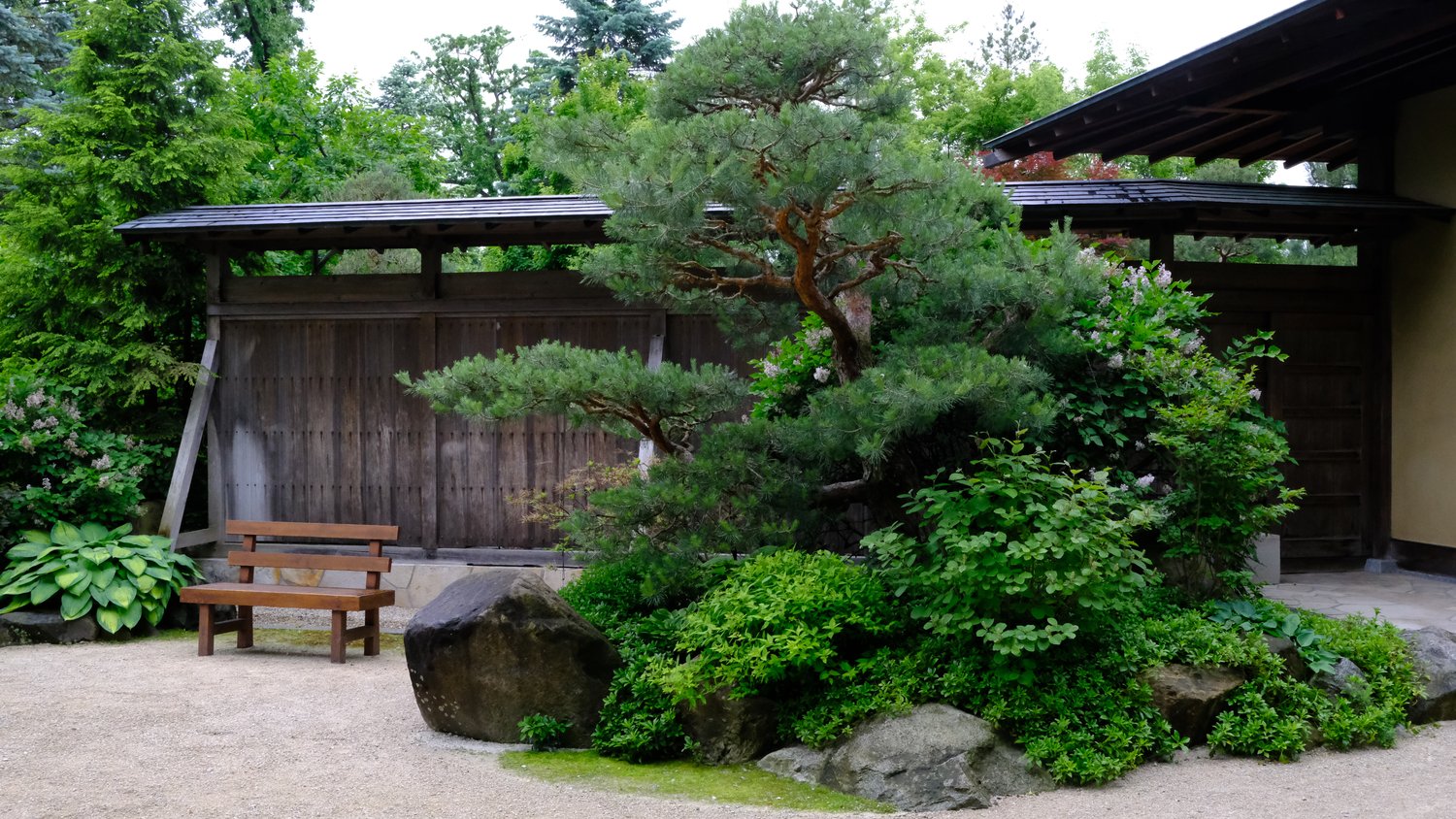
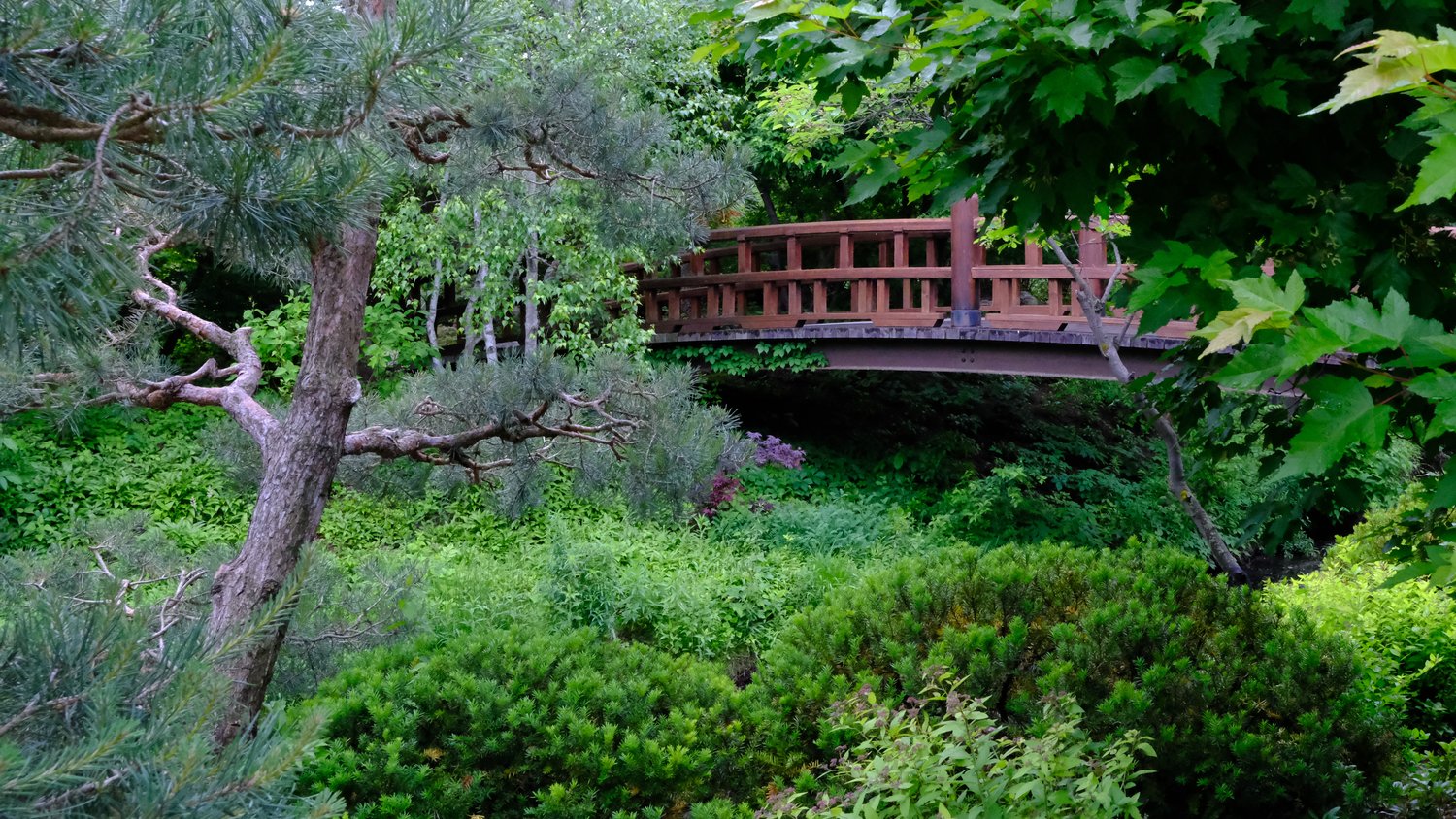
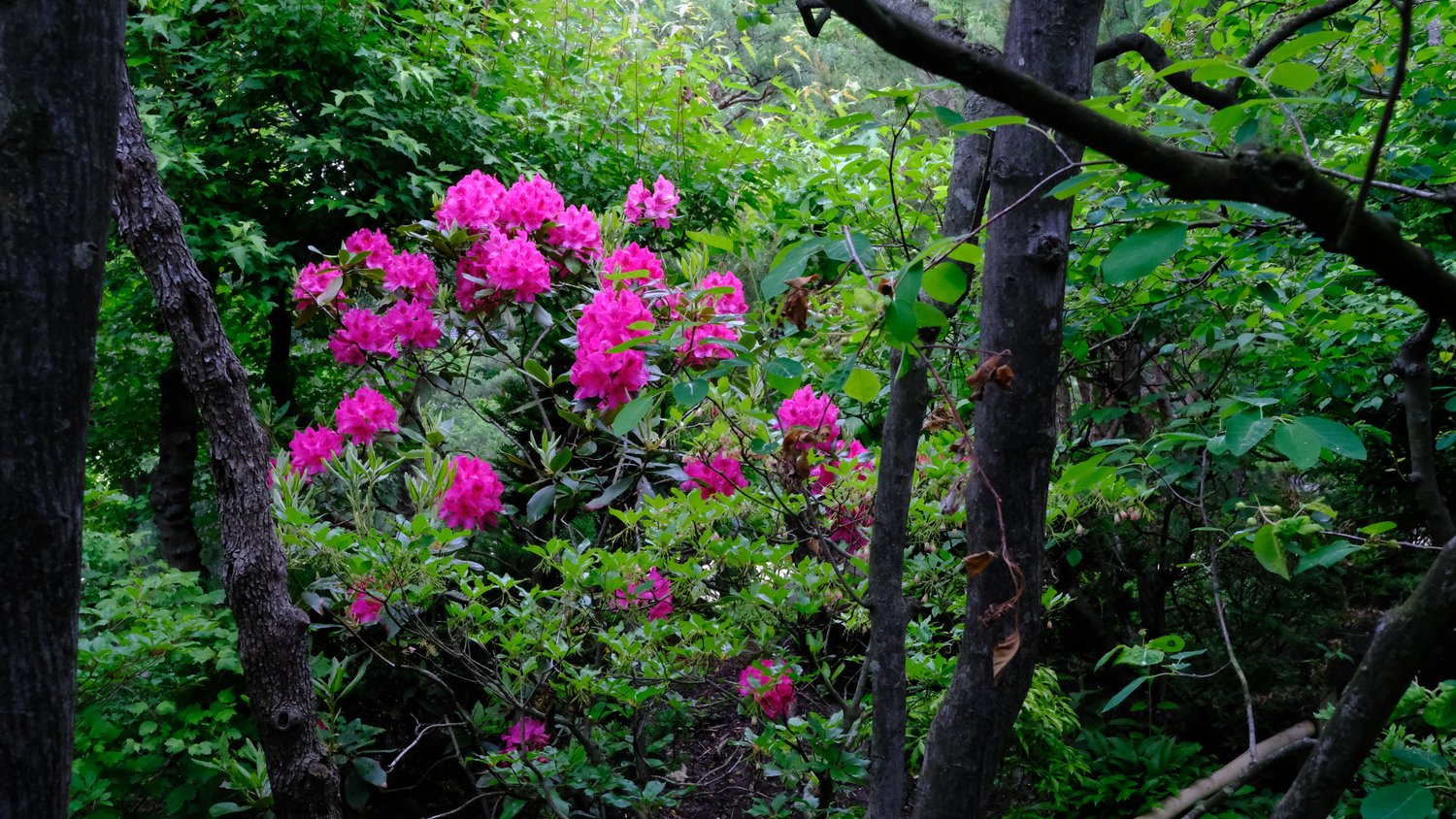
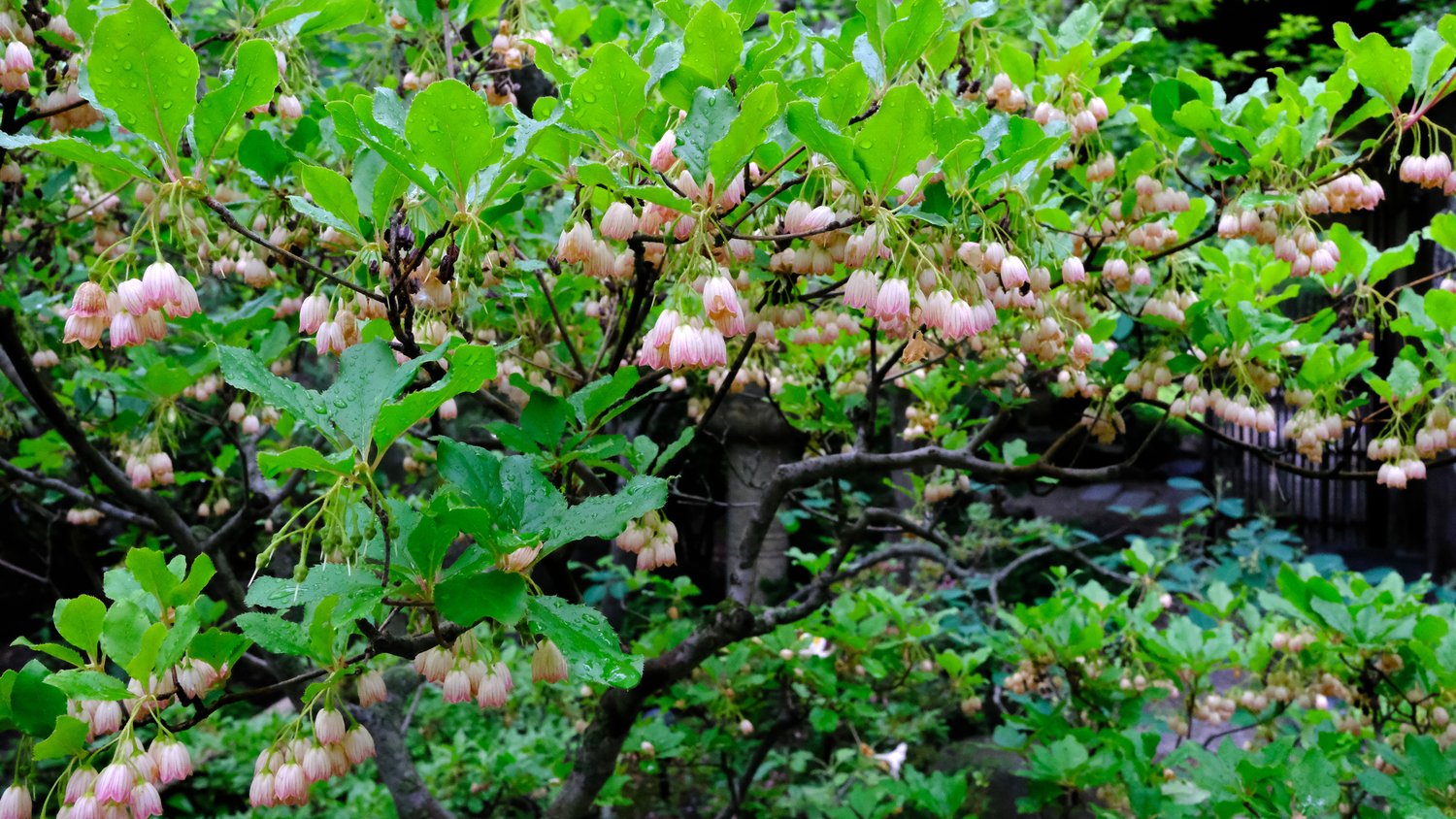
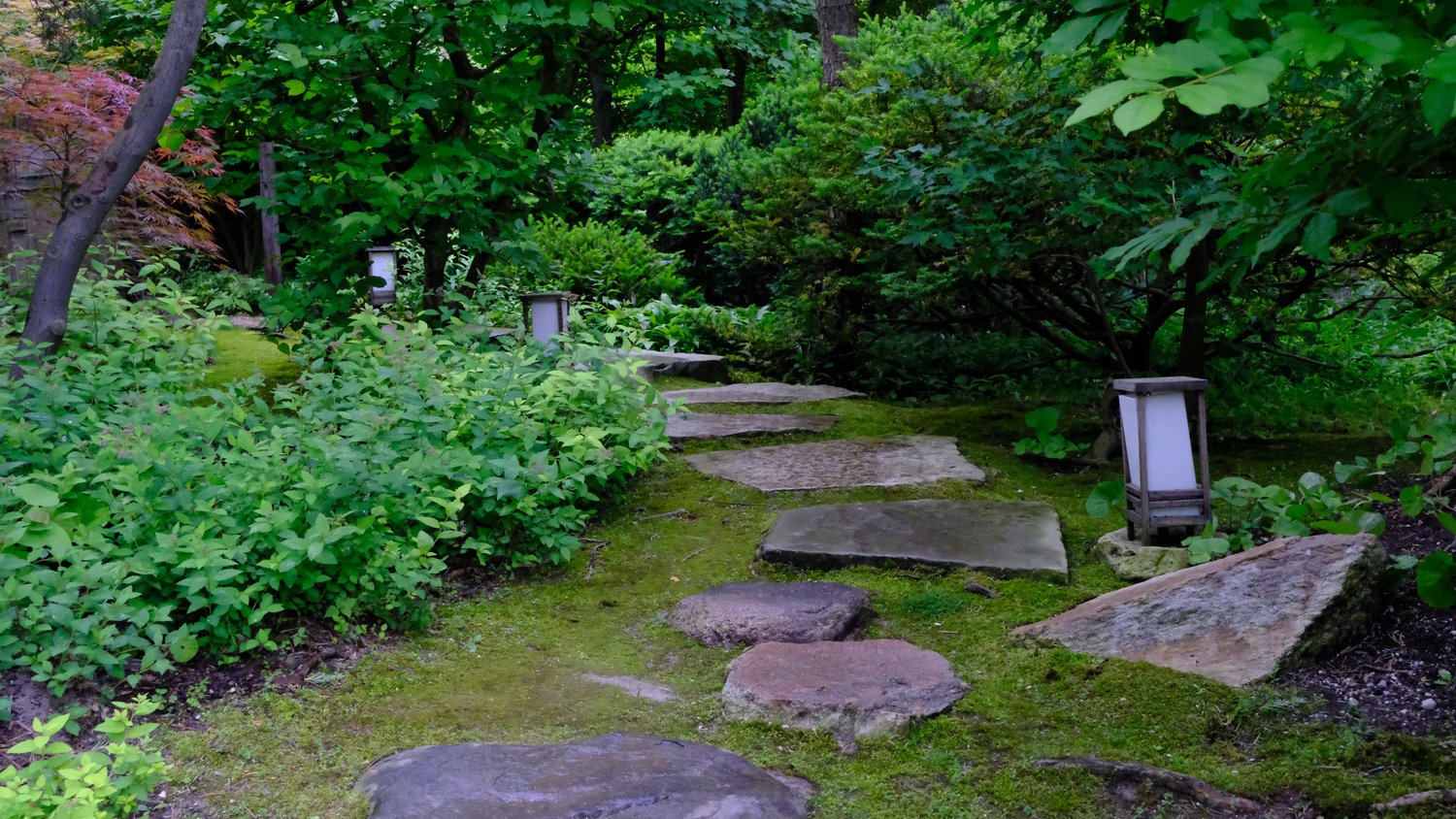
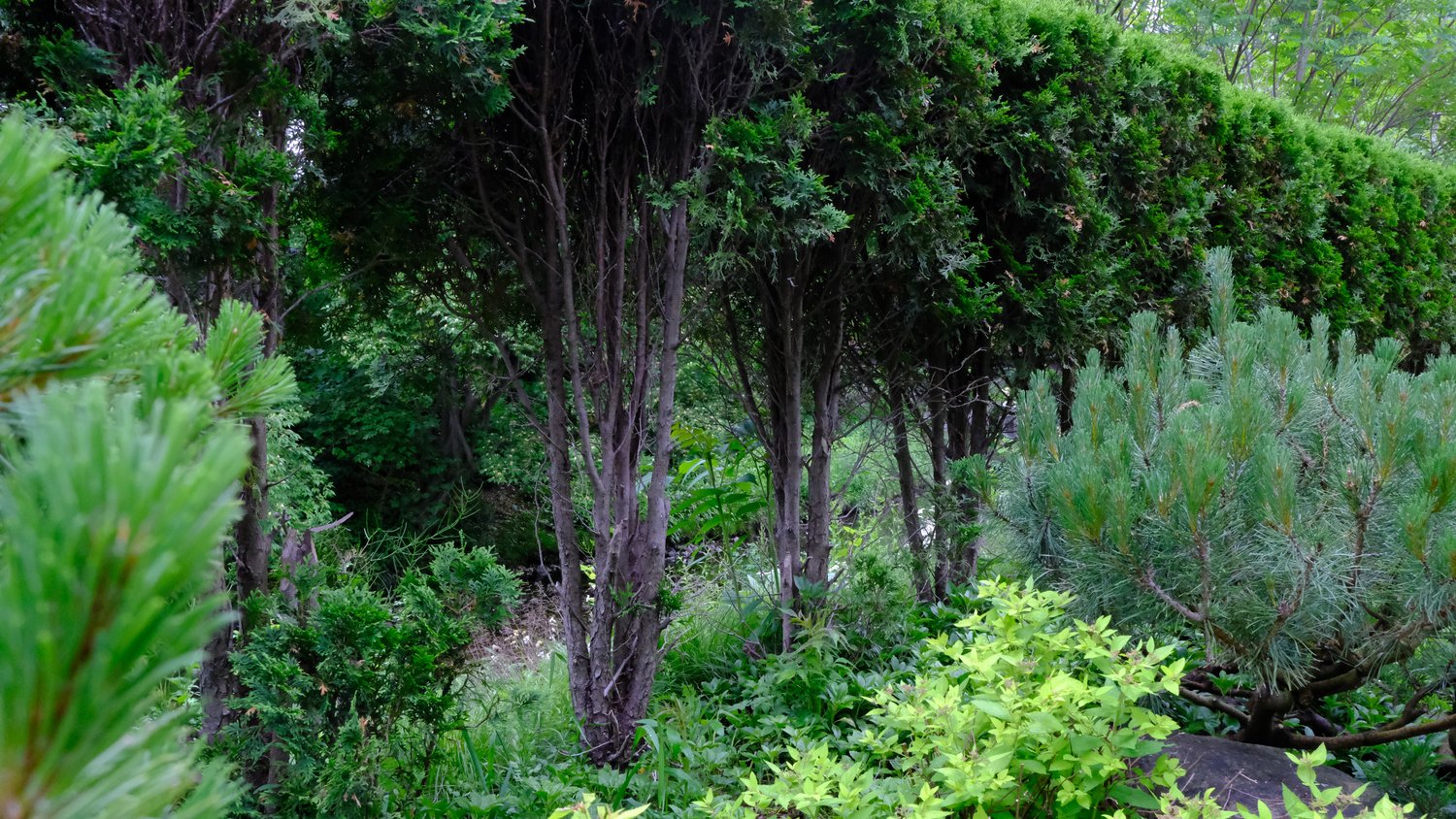
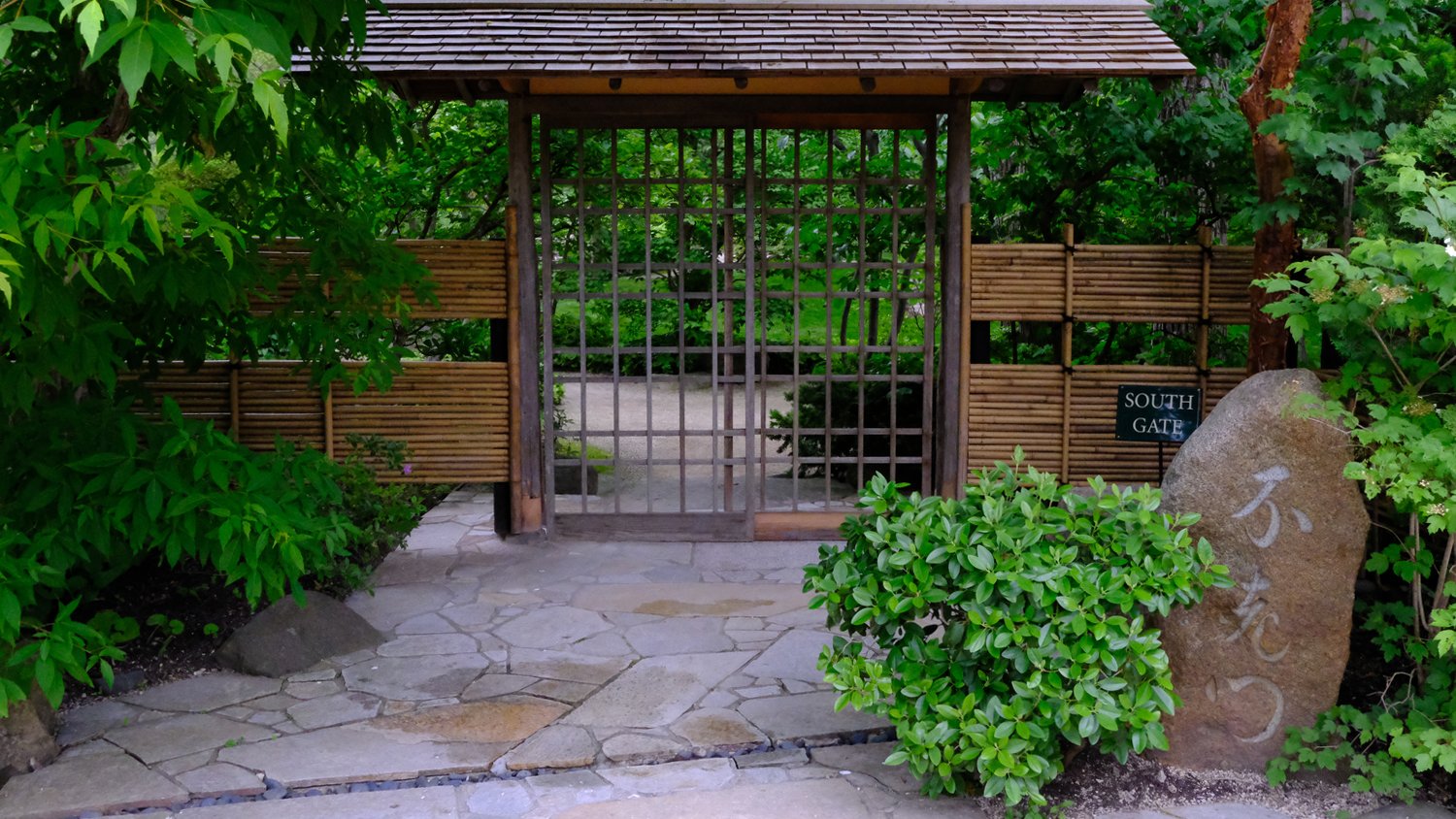
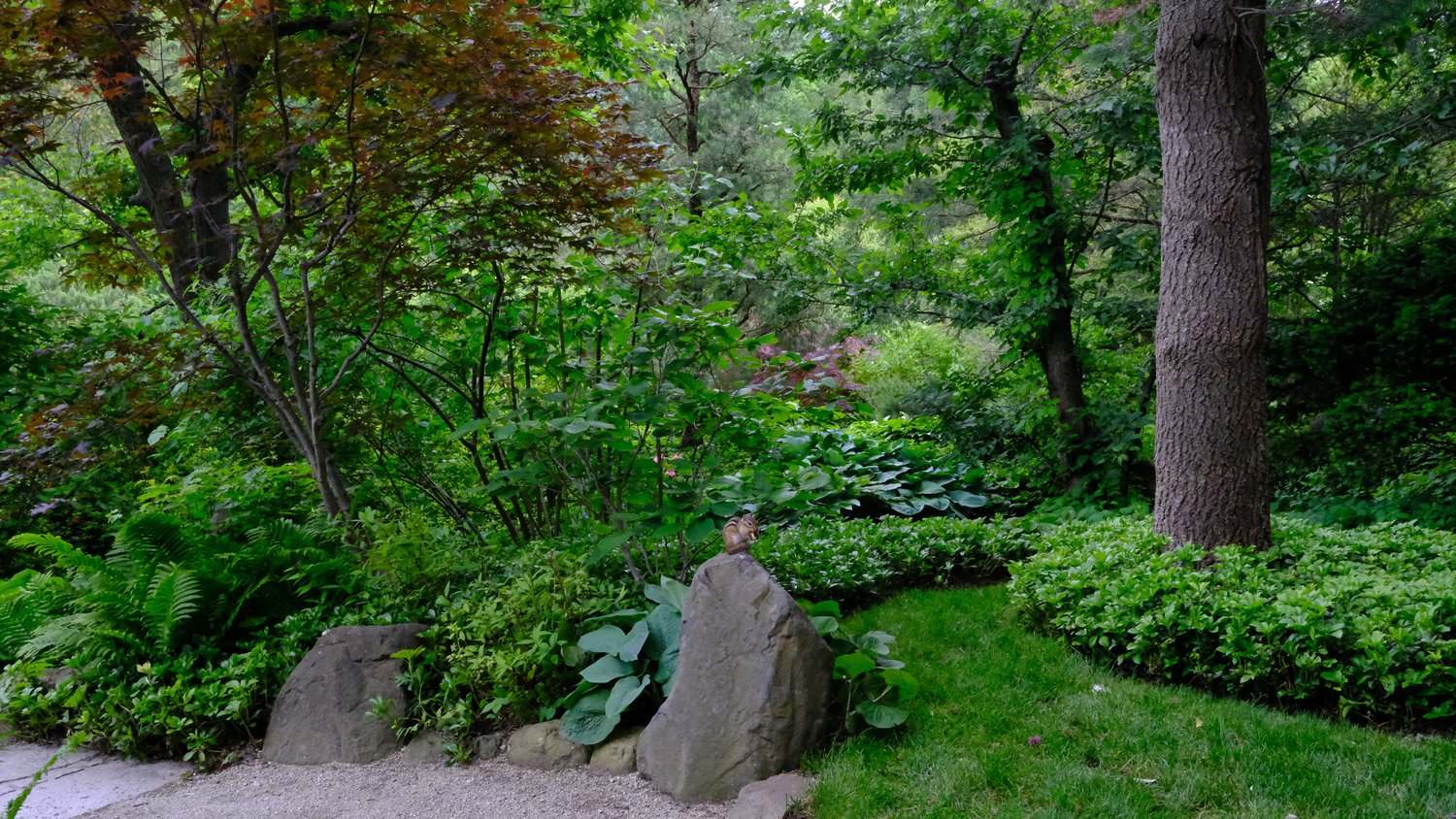
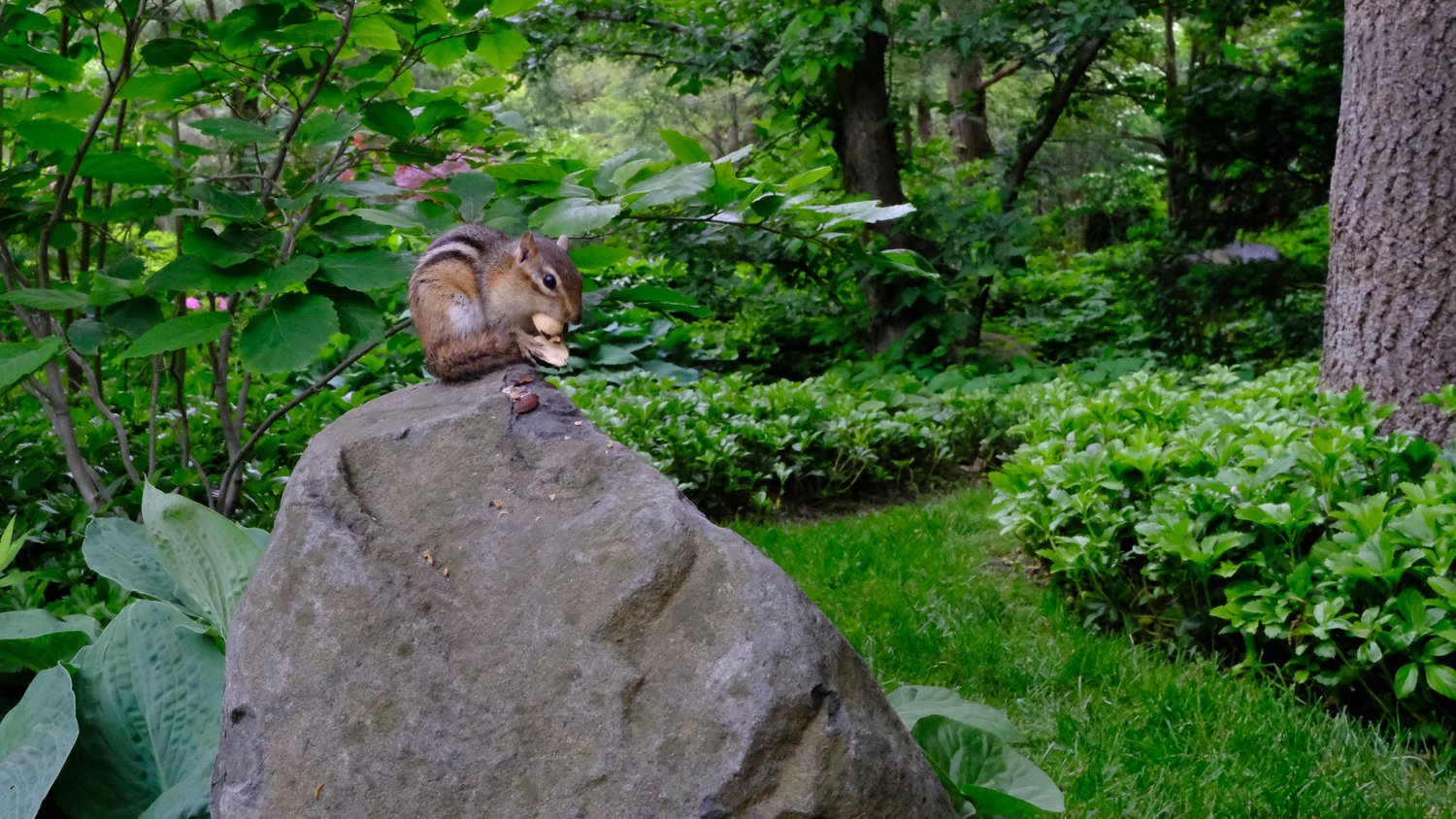
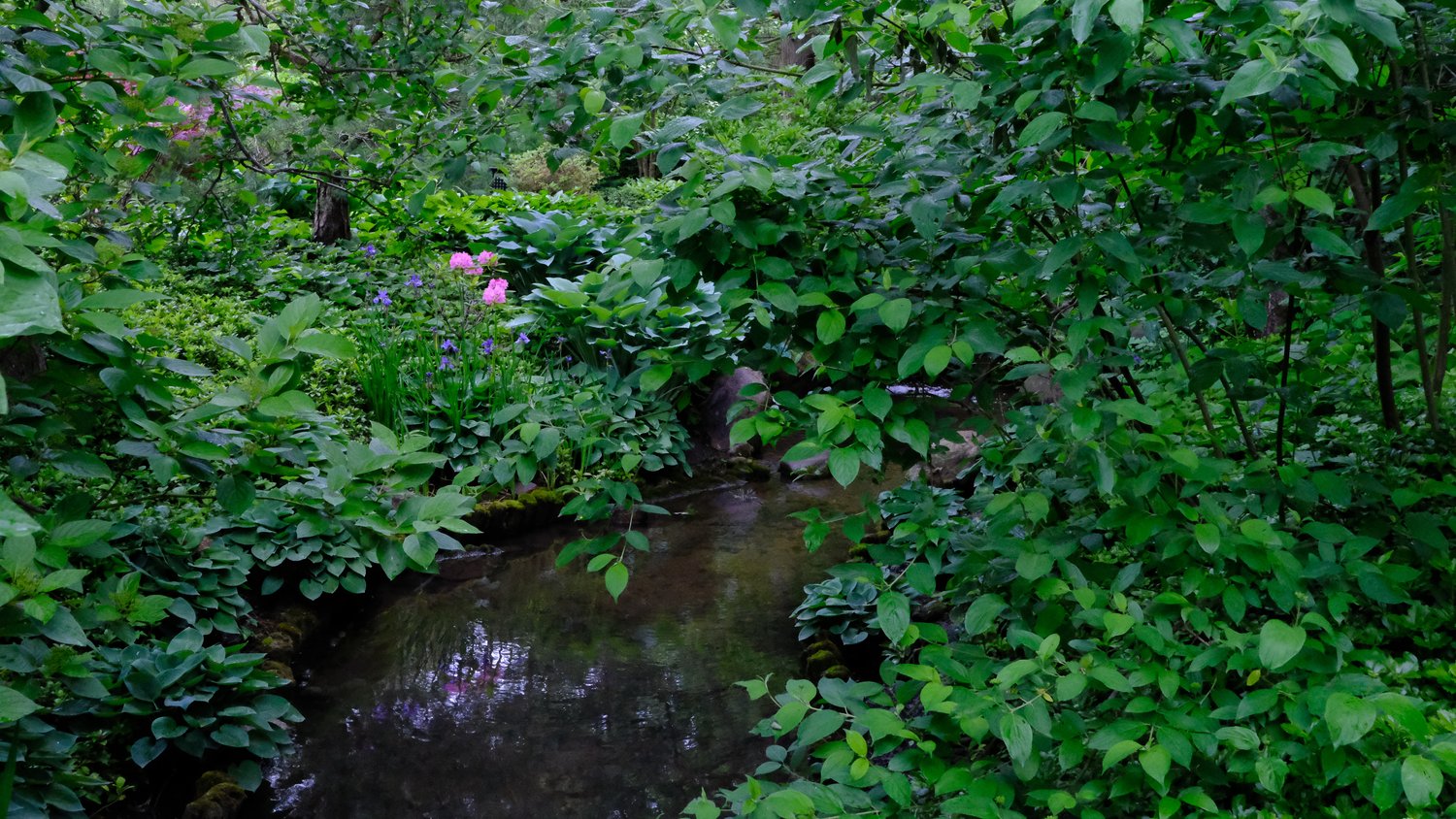
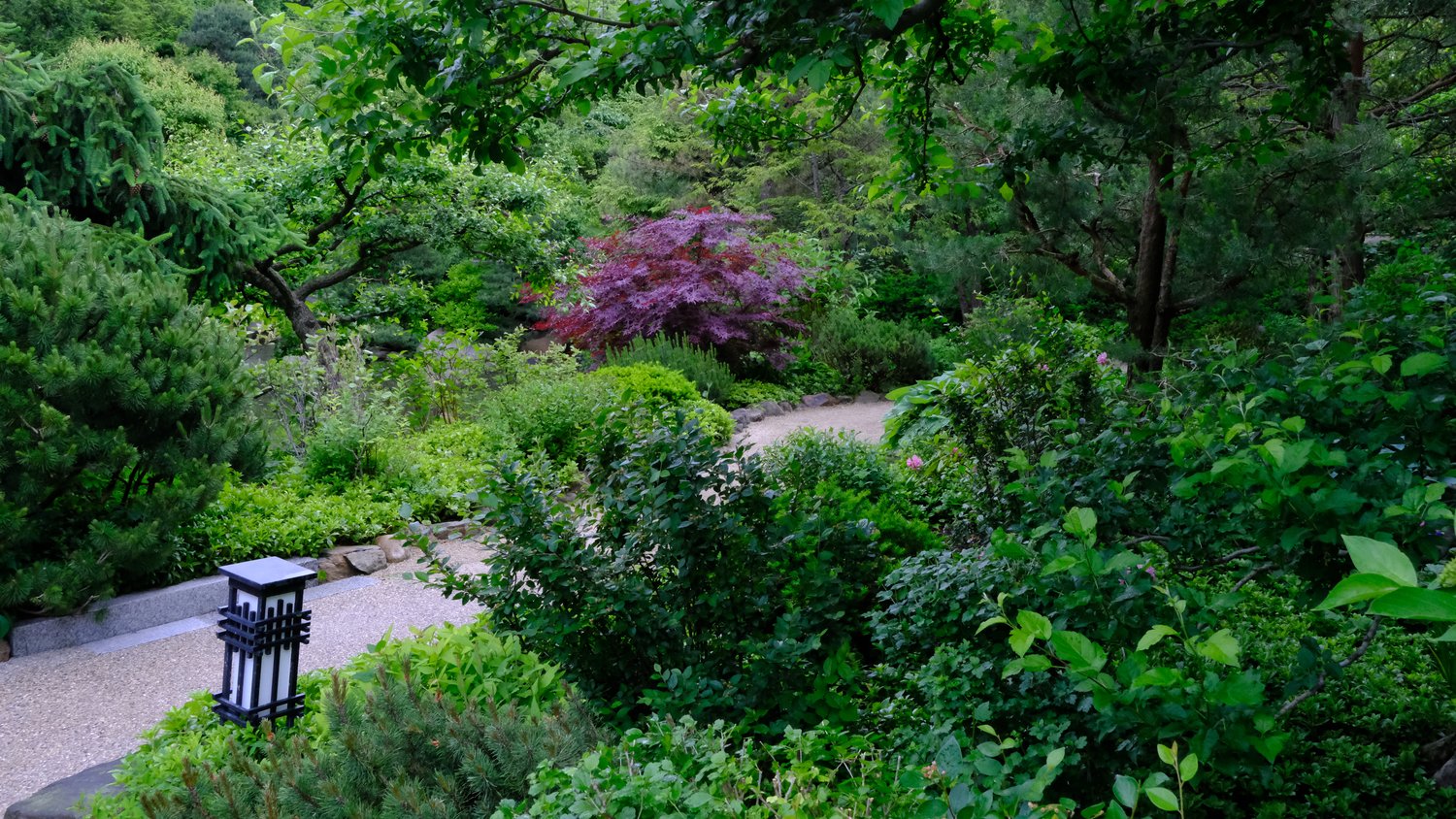
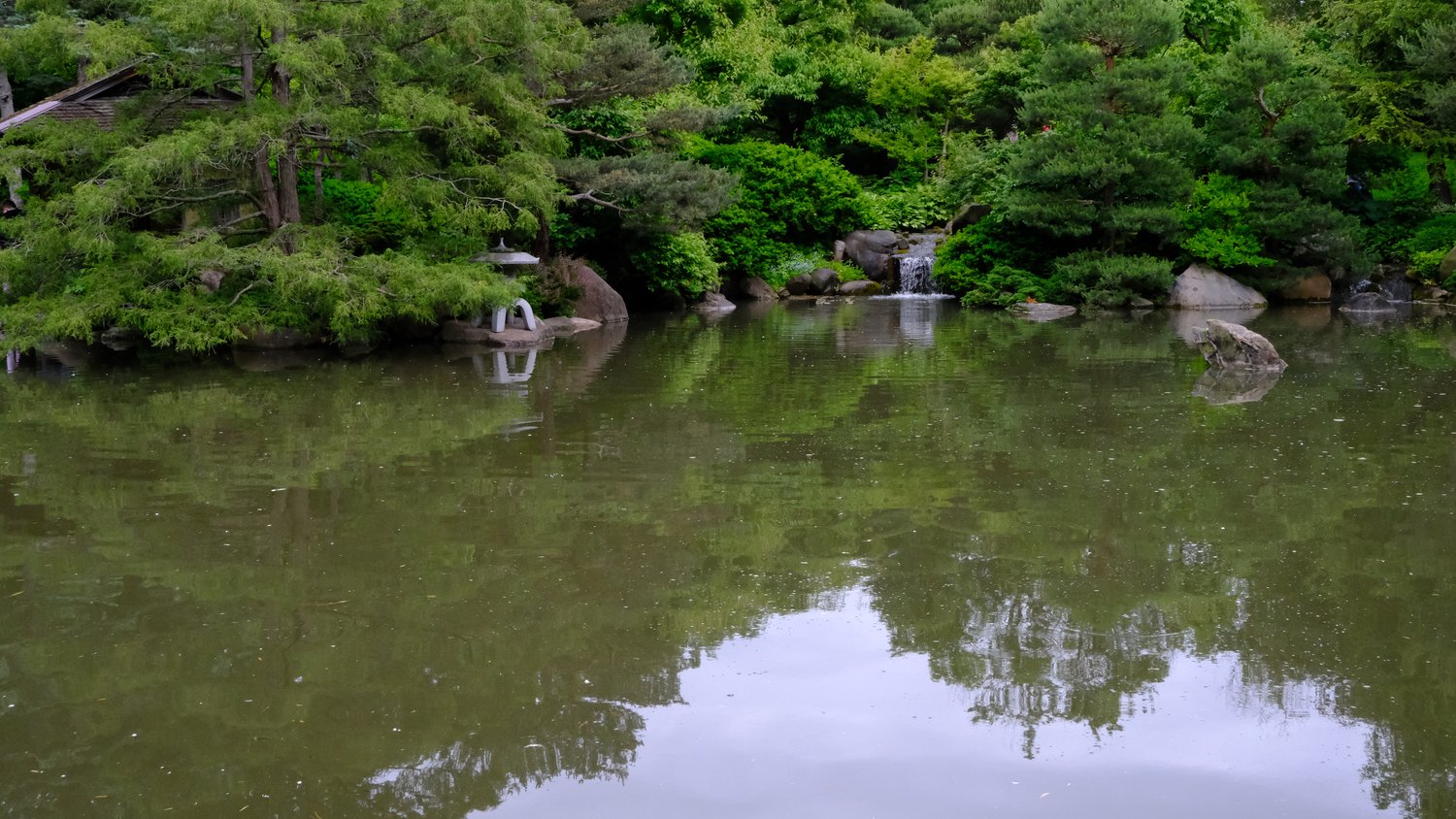
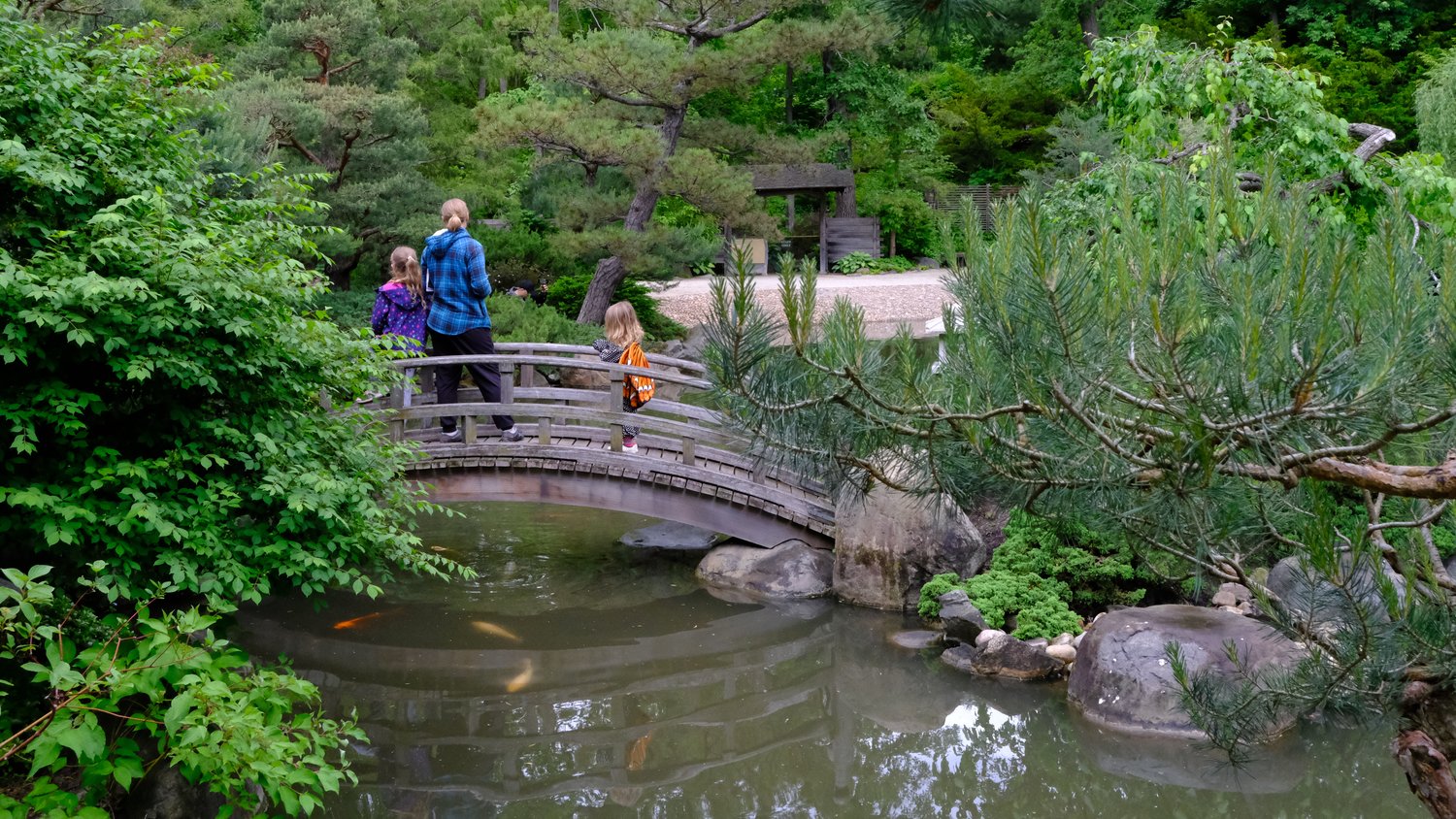
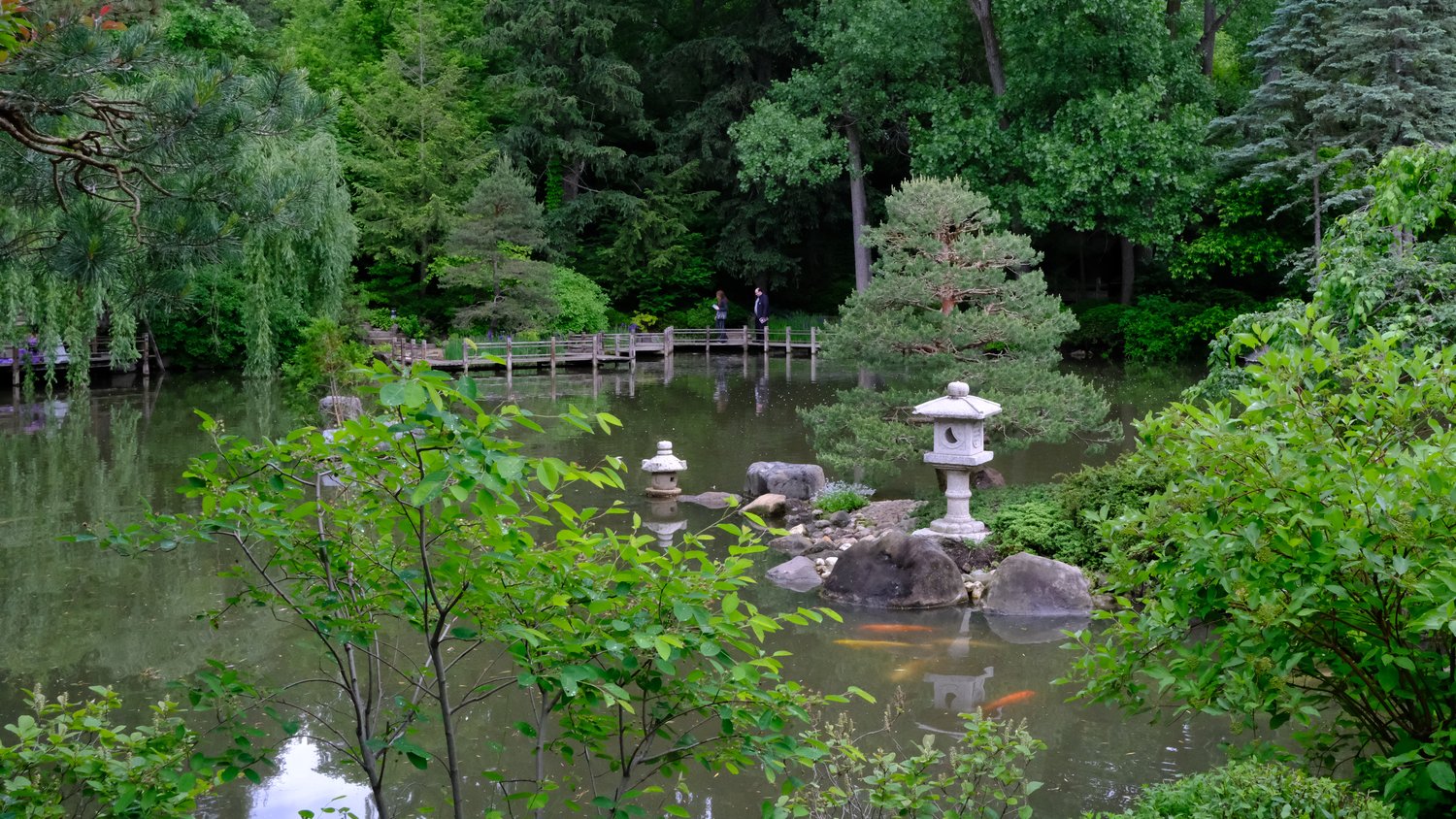
McHenry Life Experiences Newsletter
Want to be in the know, alerted about giveaways, and more?
Be sure to sign up for our Experiences email newsletter.
It’s free and we won’t blast you with emails!!!

Ongoing Experience
The Anderson Japanese Gardens continue to grow and evolve, but also undergo continual maintenance and restoration to preserve all that went into creating them. The Gardens feature a number of wellness opportunities from basic Awareness Walks in the Garden to Yoga, Tai Chi, and Meditation for Grief and Resilience programs. The Gardens also hosts a number of programs and events throughout the year, including the Japanese Summer Festival, Tea Ceremony, educational series, lectures, Wintertime Lightscape, and many more.
The Gardens are also available for weddings and corporate functions. But of course their greatest beauty is that they are open to the public, no special occasion required, and feature single paid admissions, individual and family memberships, as well as free “donation” days where entry is free but they encourage donations.
The Anderson Japanese Gardens also participates in the American Horticultural Society’s Reciprocal Admissions Program which may provide free or discounted entry into over 300 gardens across North America. This is included in your membership to the Anderson Japanese Gardens.
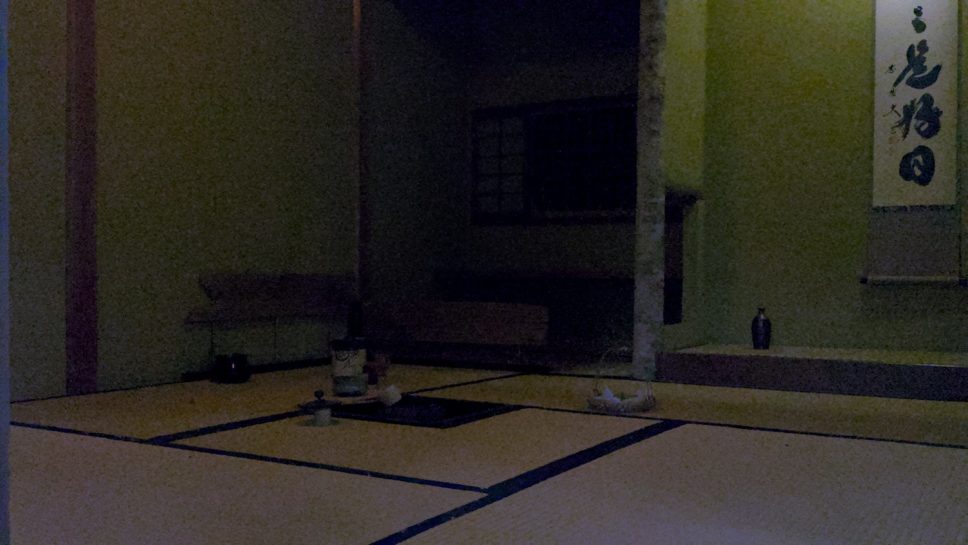
Japanese Summer Festival
Experience two days of performances, demonstrations, and activities, including participating in a tea ceremony.
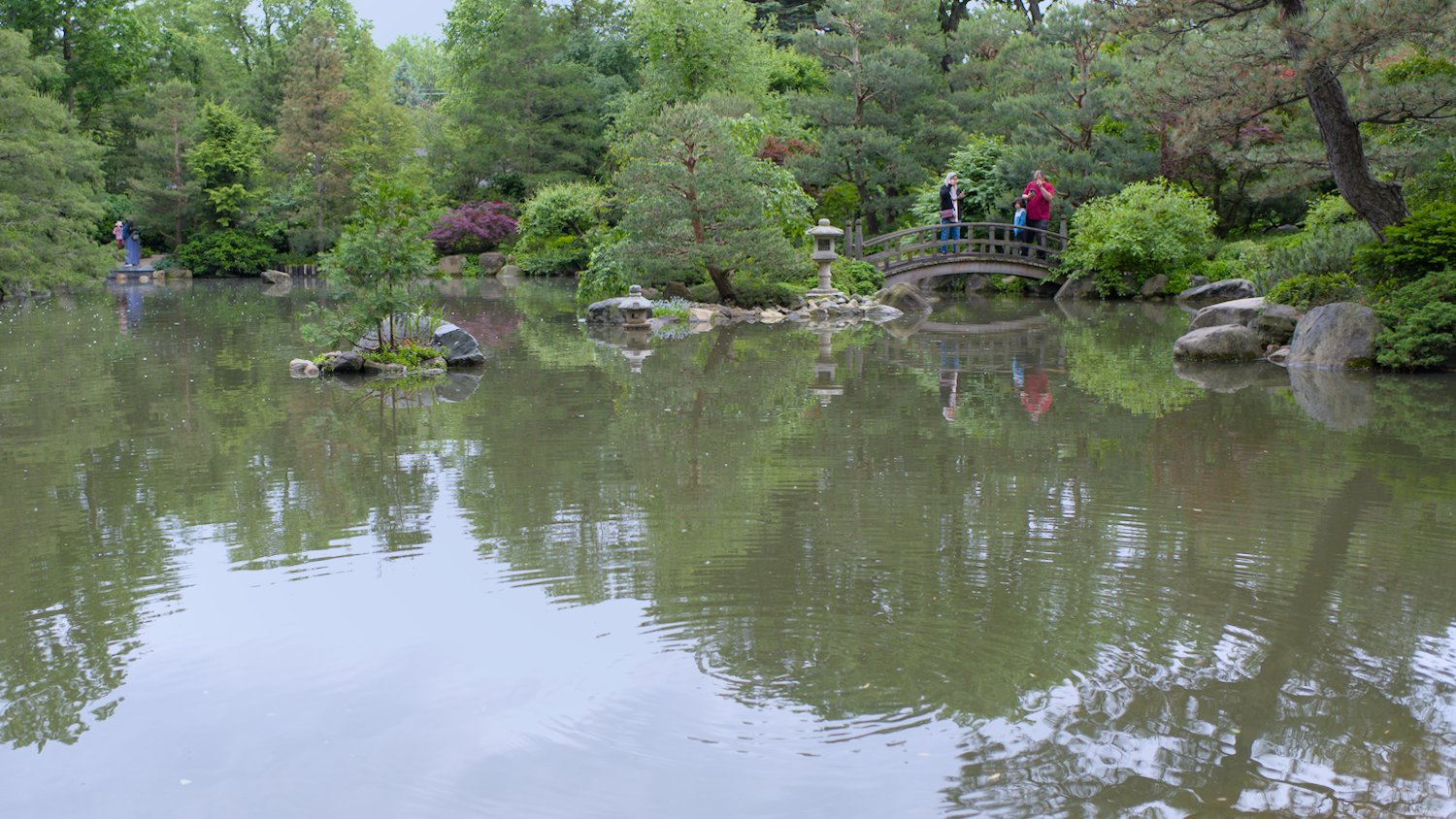
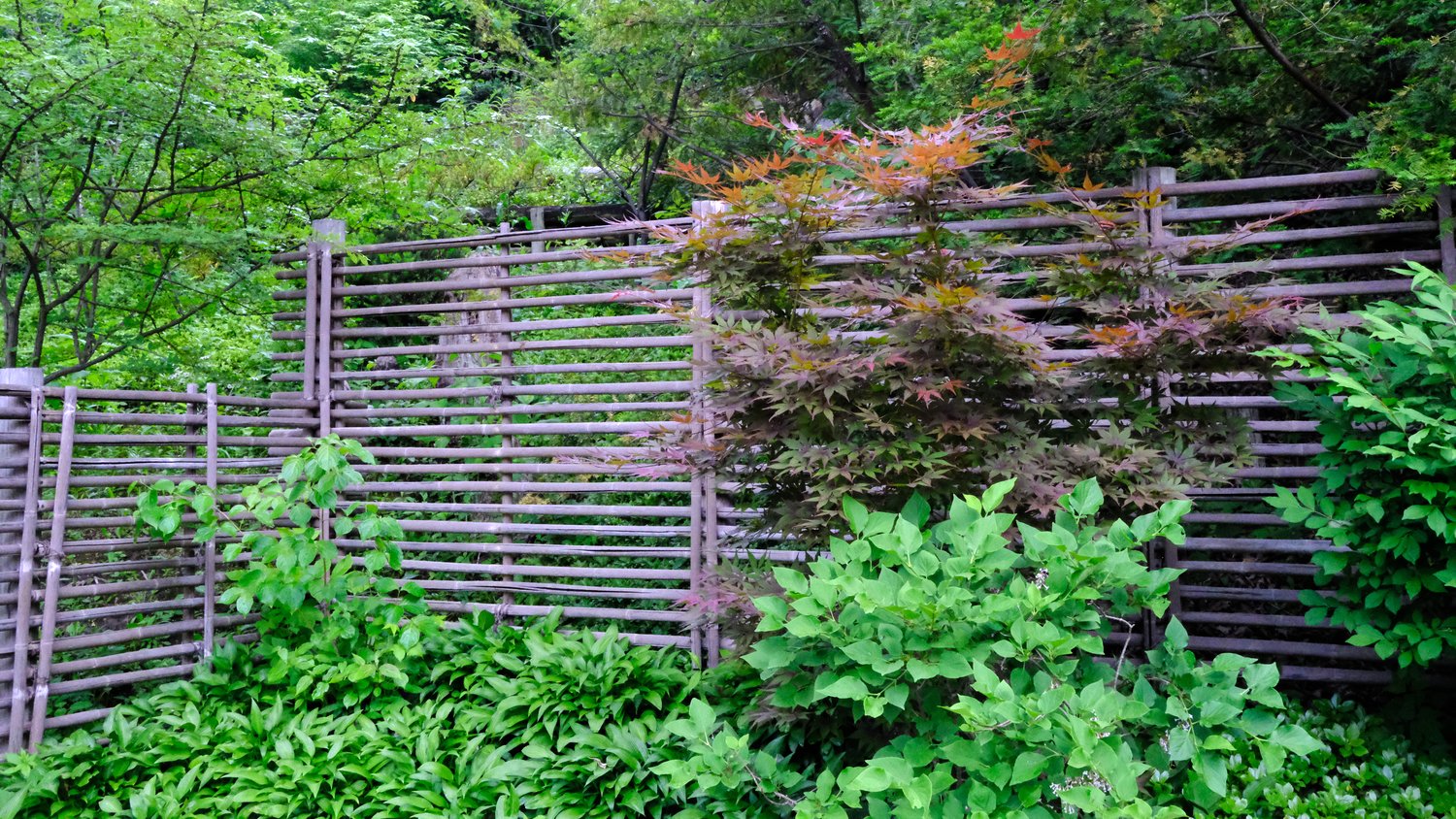
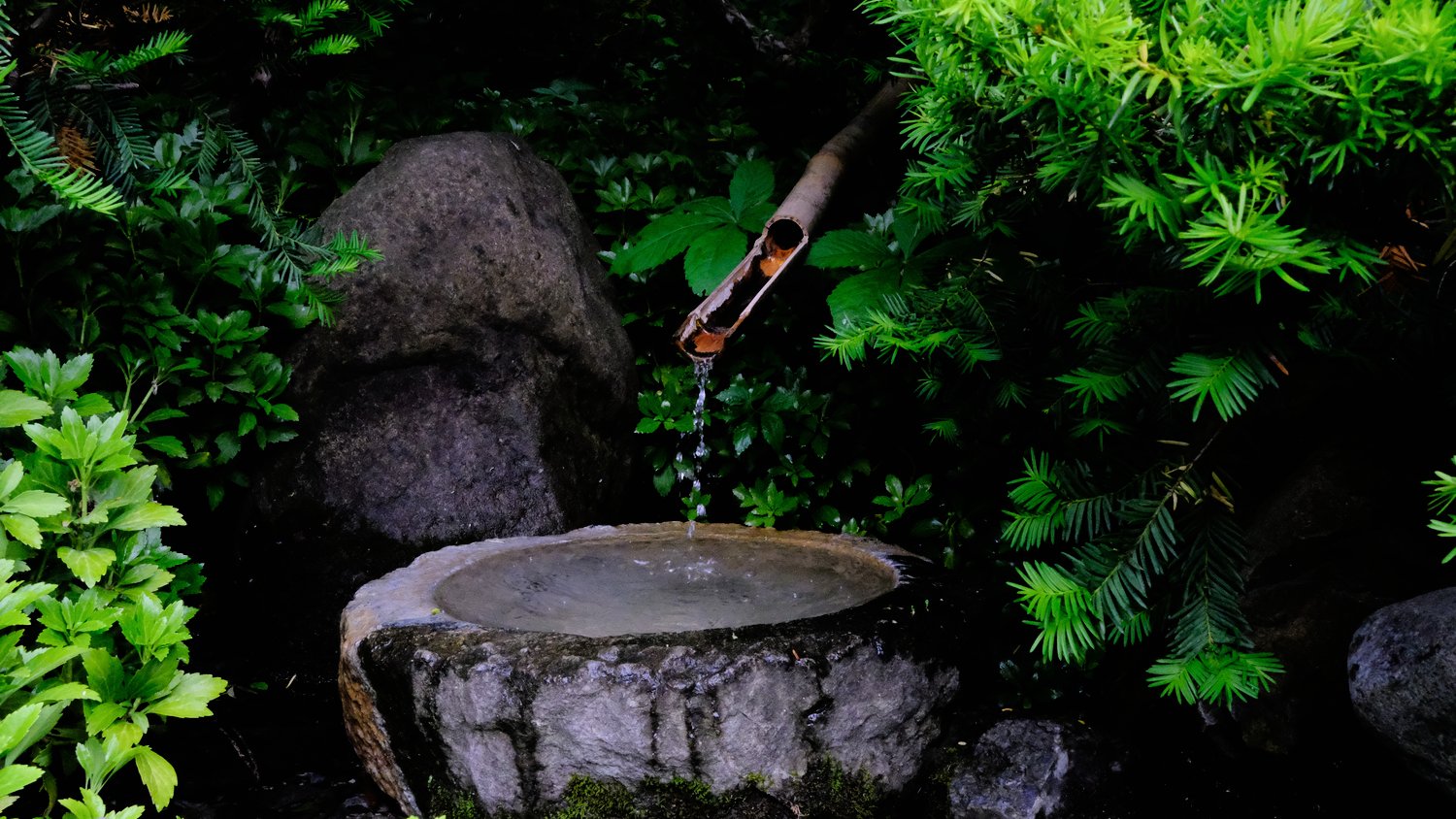

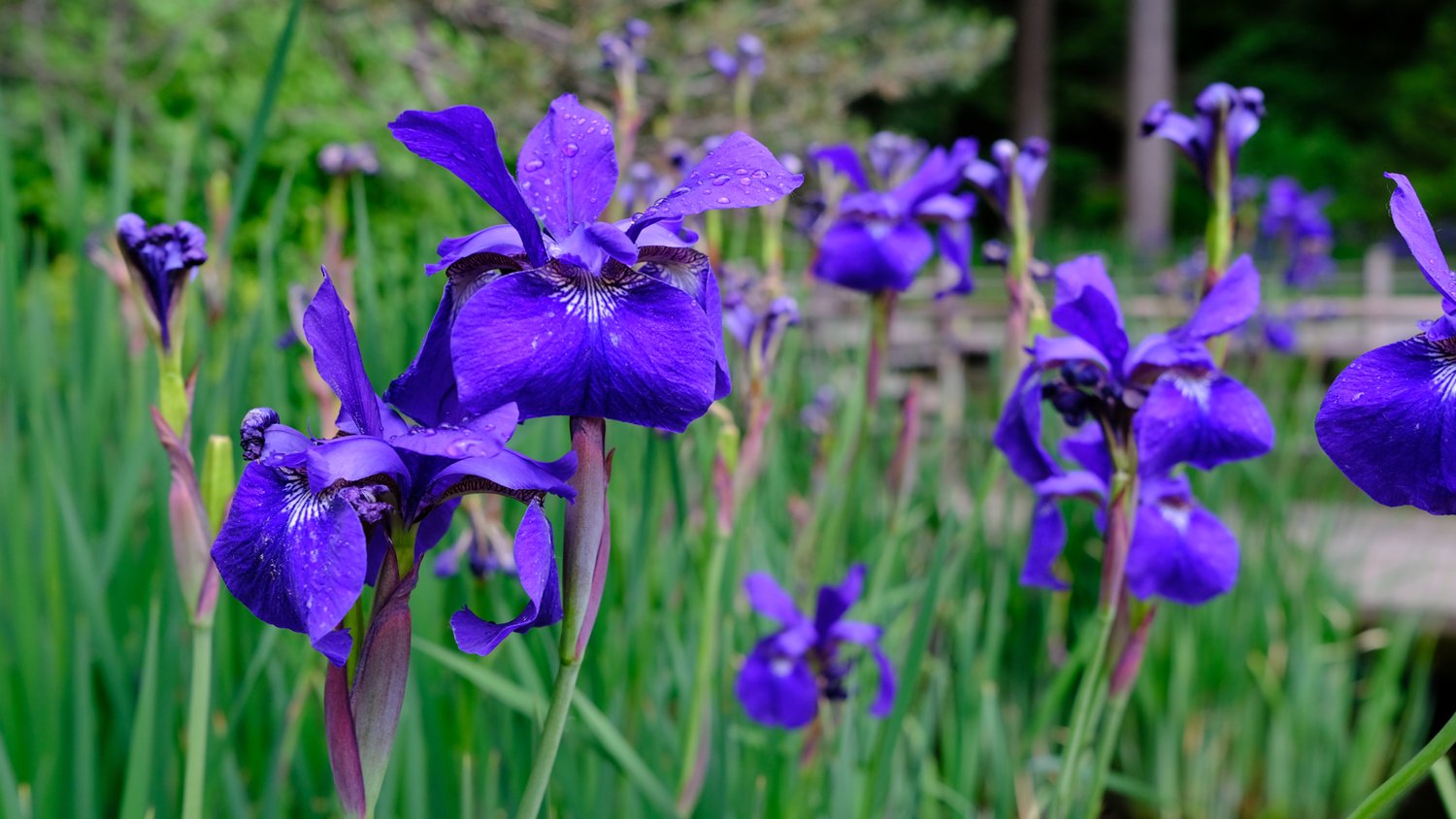
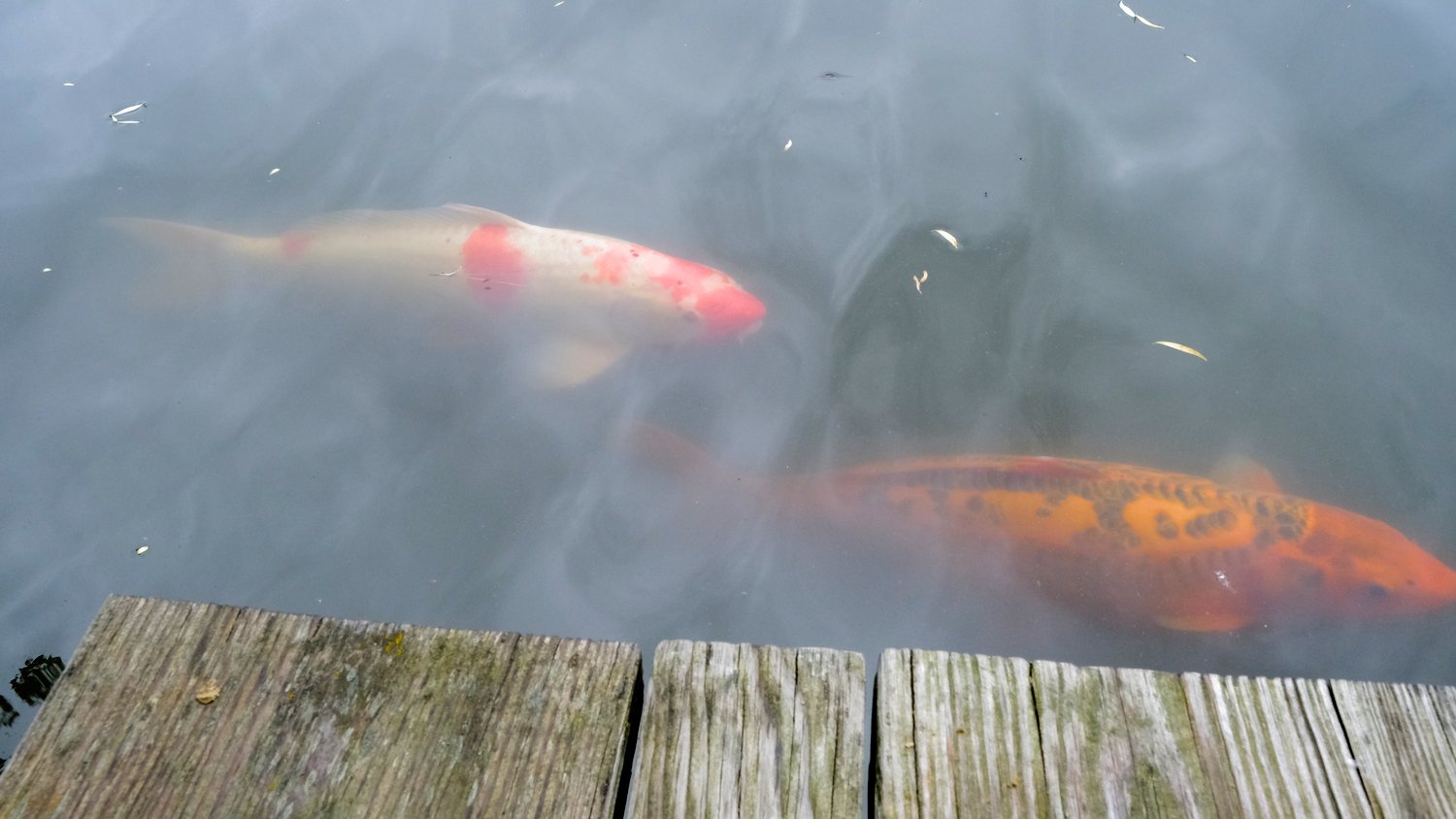


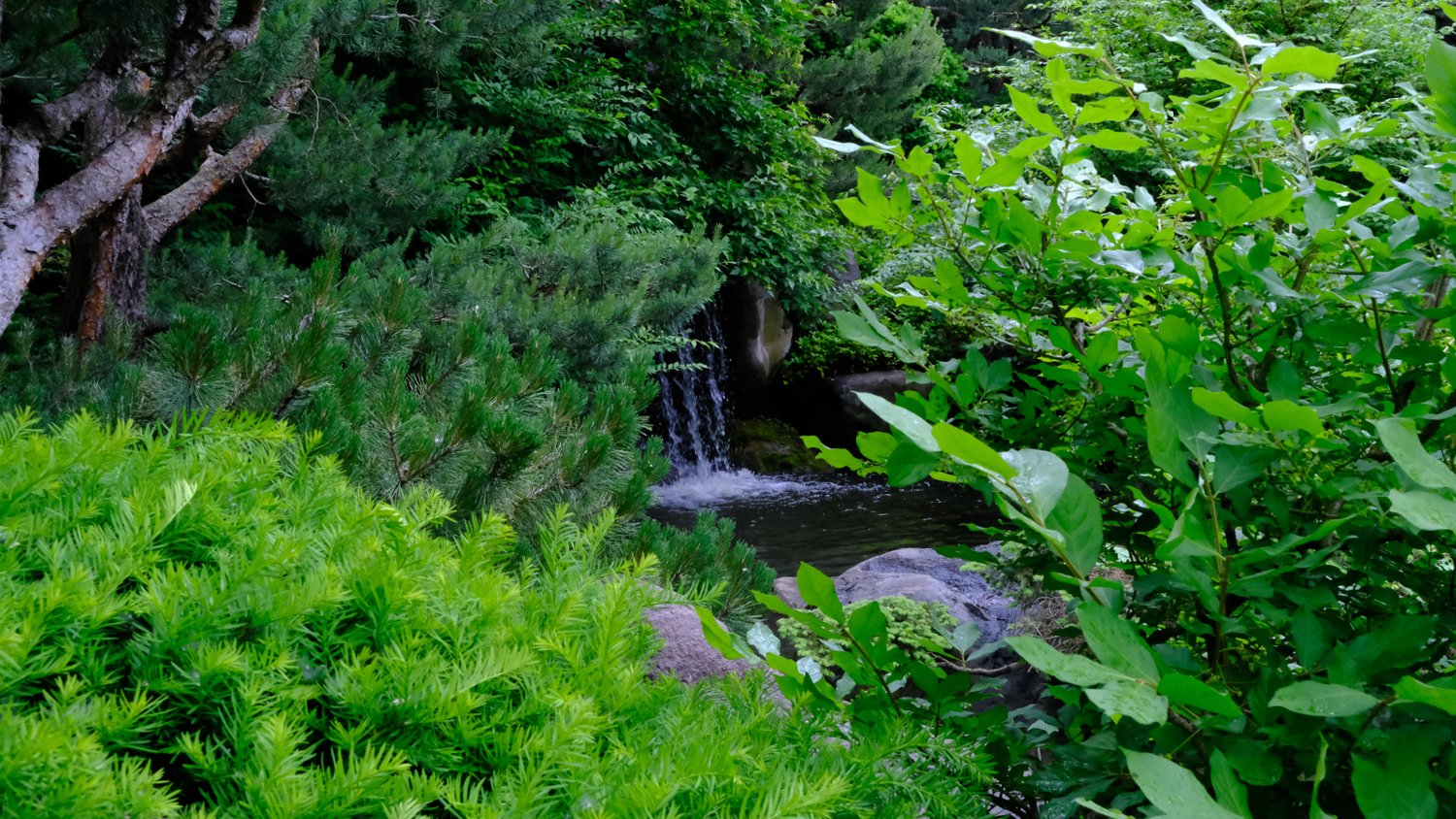
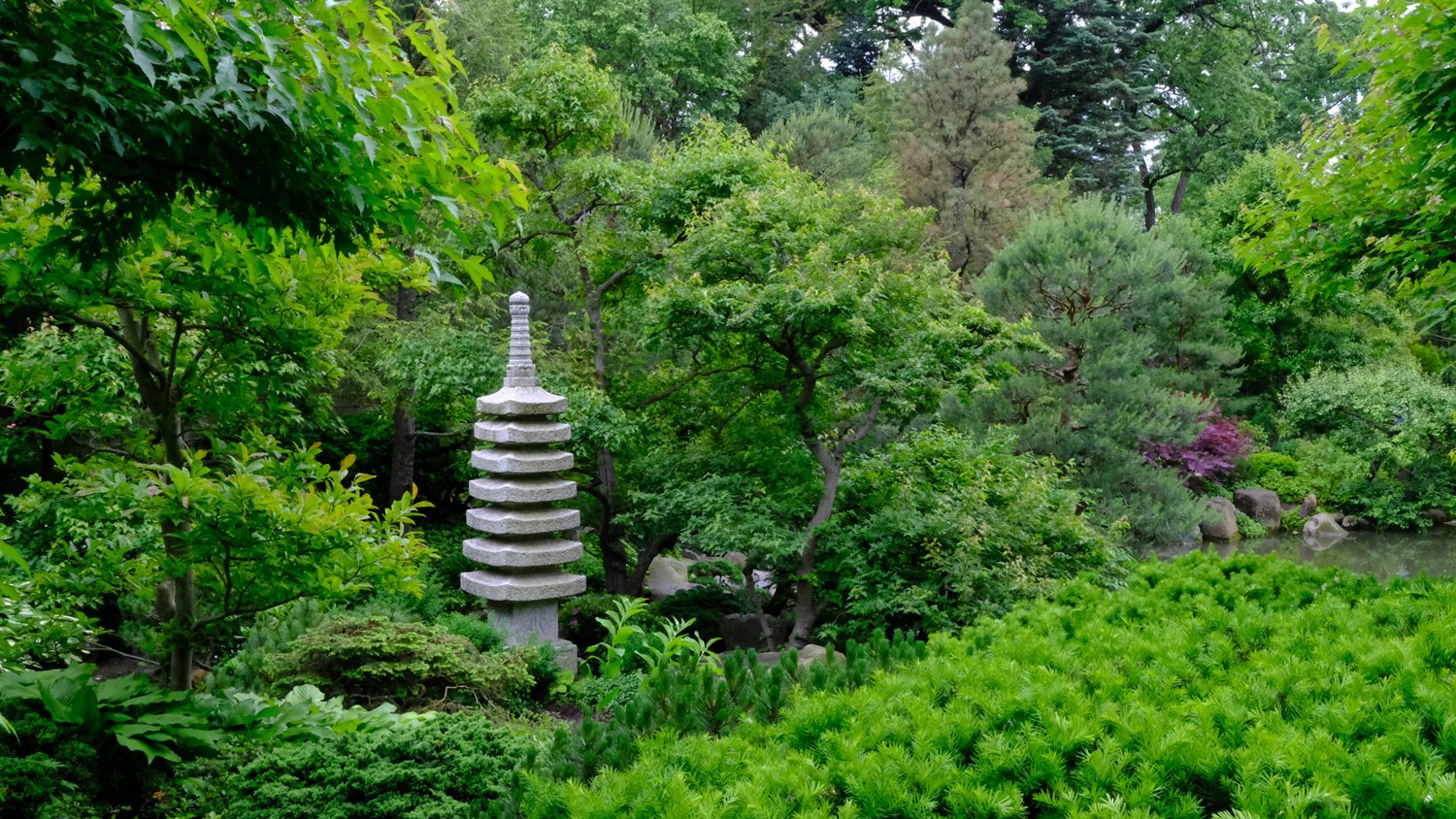


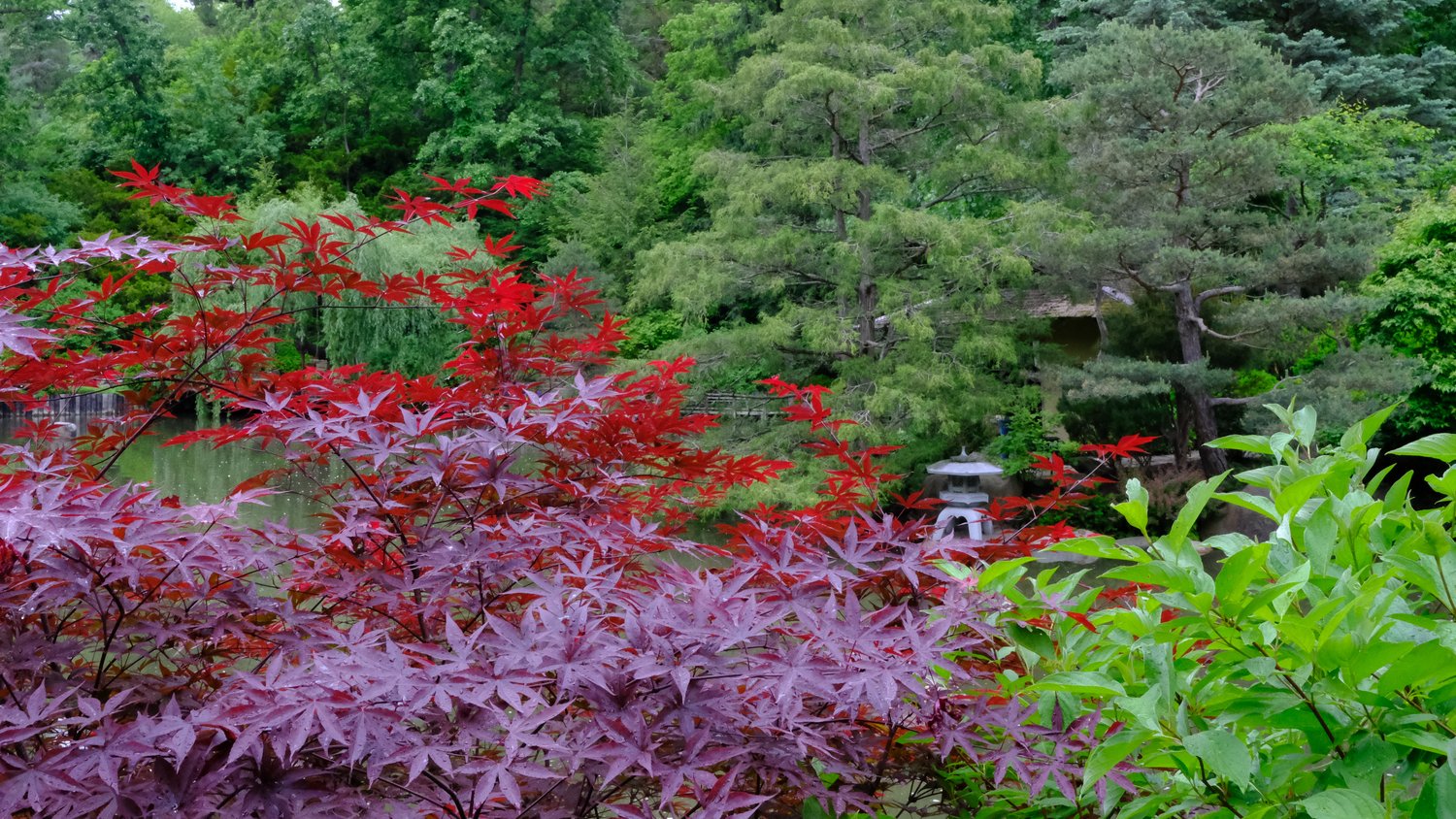

Dine Fresco
You can also just go for lunch. Hear me out. I realize it is often undesirable to dine on-site at museums and gardens. Too often the convenience they provide is overshadowed by long lines, limited choices, average food quality, and high if not exorbitant prices. Generally, an all around mediocre experience at best.
Fresco at the Gardens may surprise you. They have a fairly broad selection, ample portions, and while not cheap, I would say that the pricing is very much in line with what you get and the overall experience. Jill enjoyed her Lobster Roll, the Sliders and Fries were, fortunately, filling for what is becoming an endless pit of a 9-year-old’s stomach, and I was really impressed with the Blackened Salmon Tacos, a unique twist on the typical fish tacos.
The nice thing is that you can access the restaurant and the gift shop without purchasing entry into the Gardens. If you are fortunate enough as we were, you may even be seated near the windows overlooking part of the gardens.
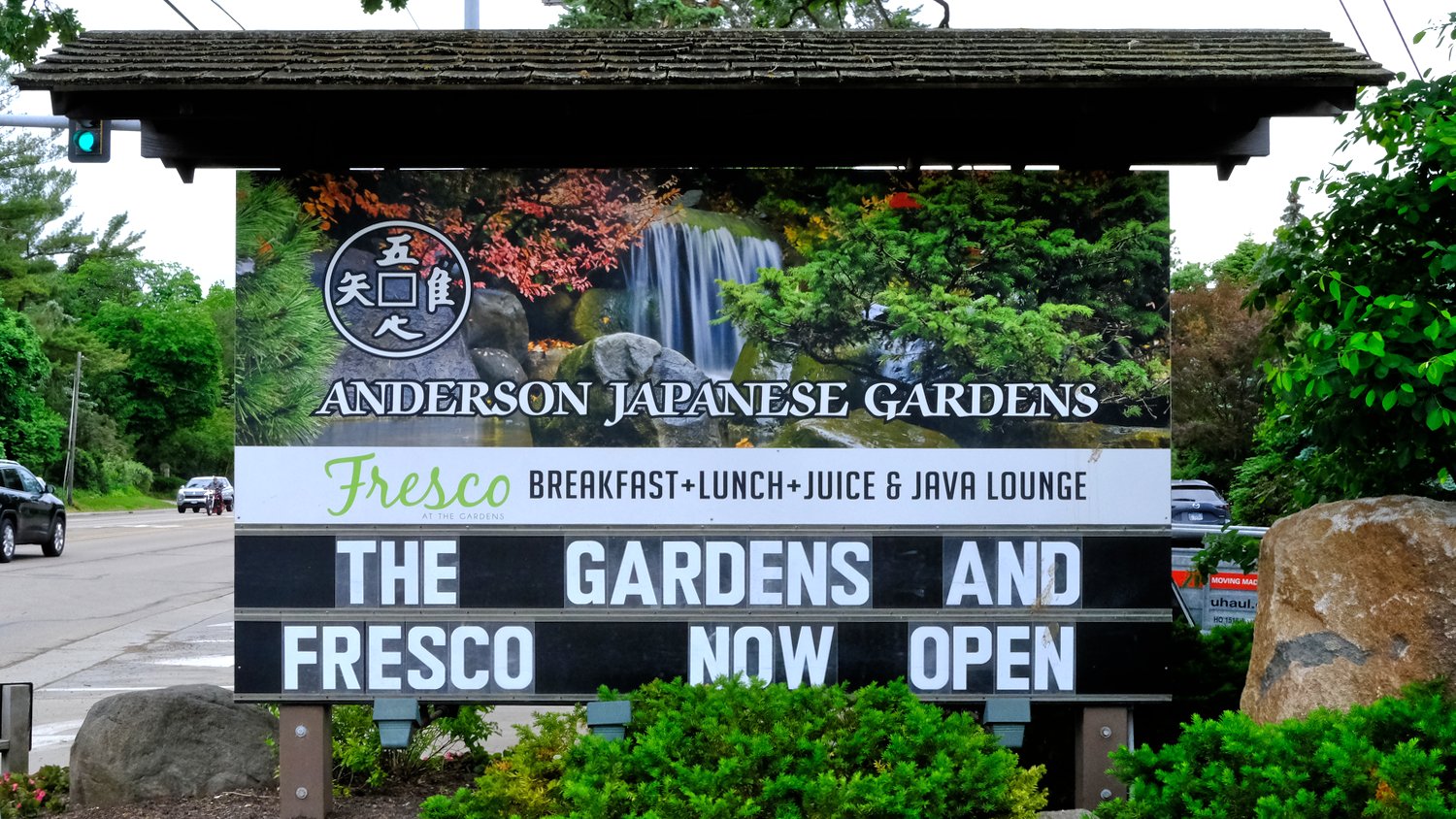
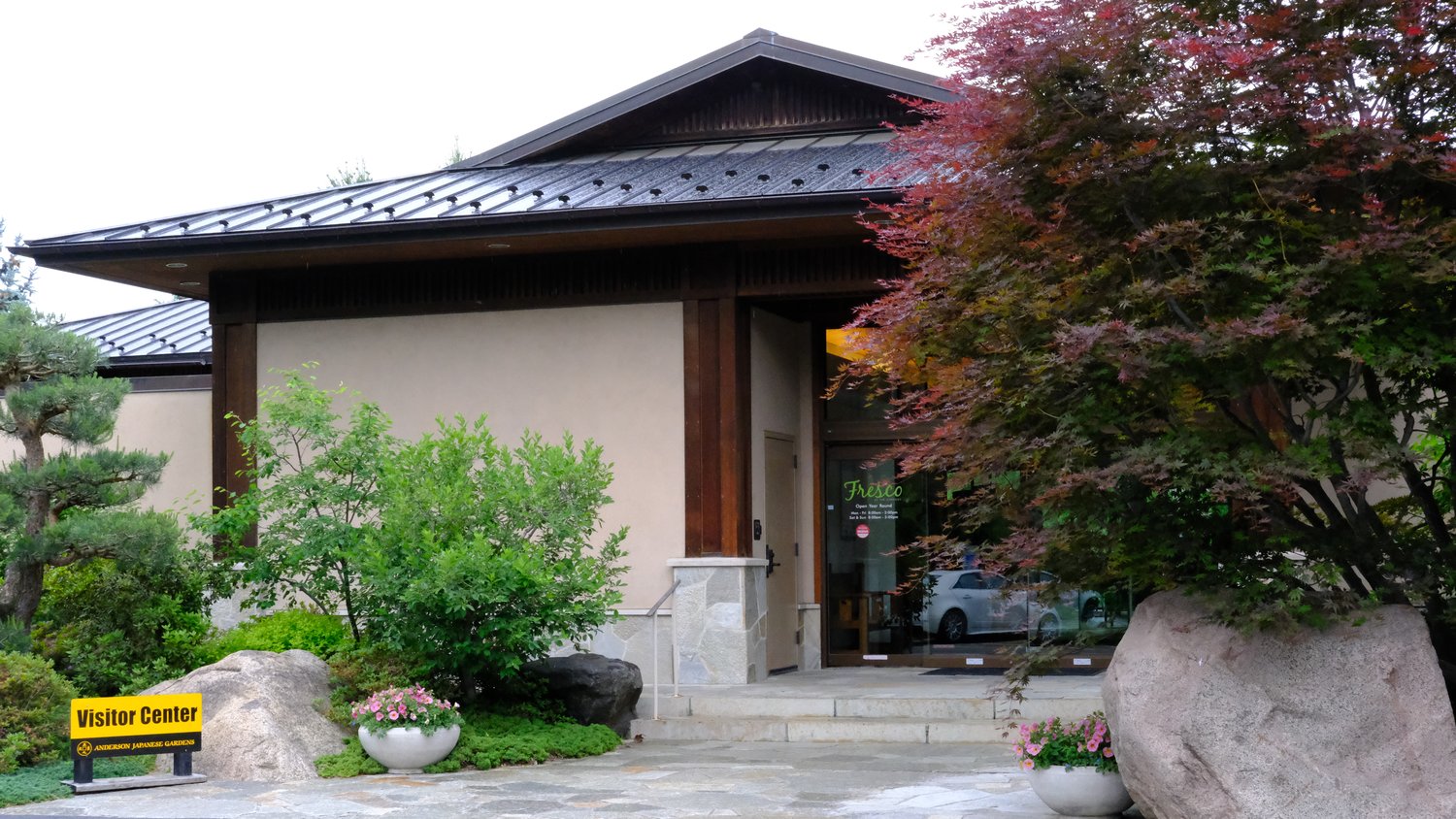
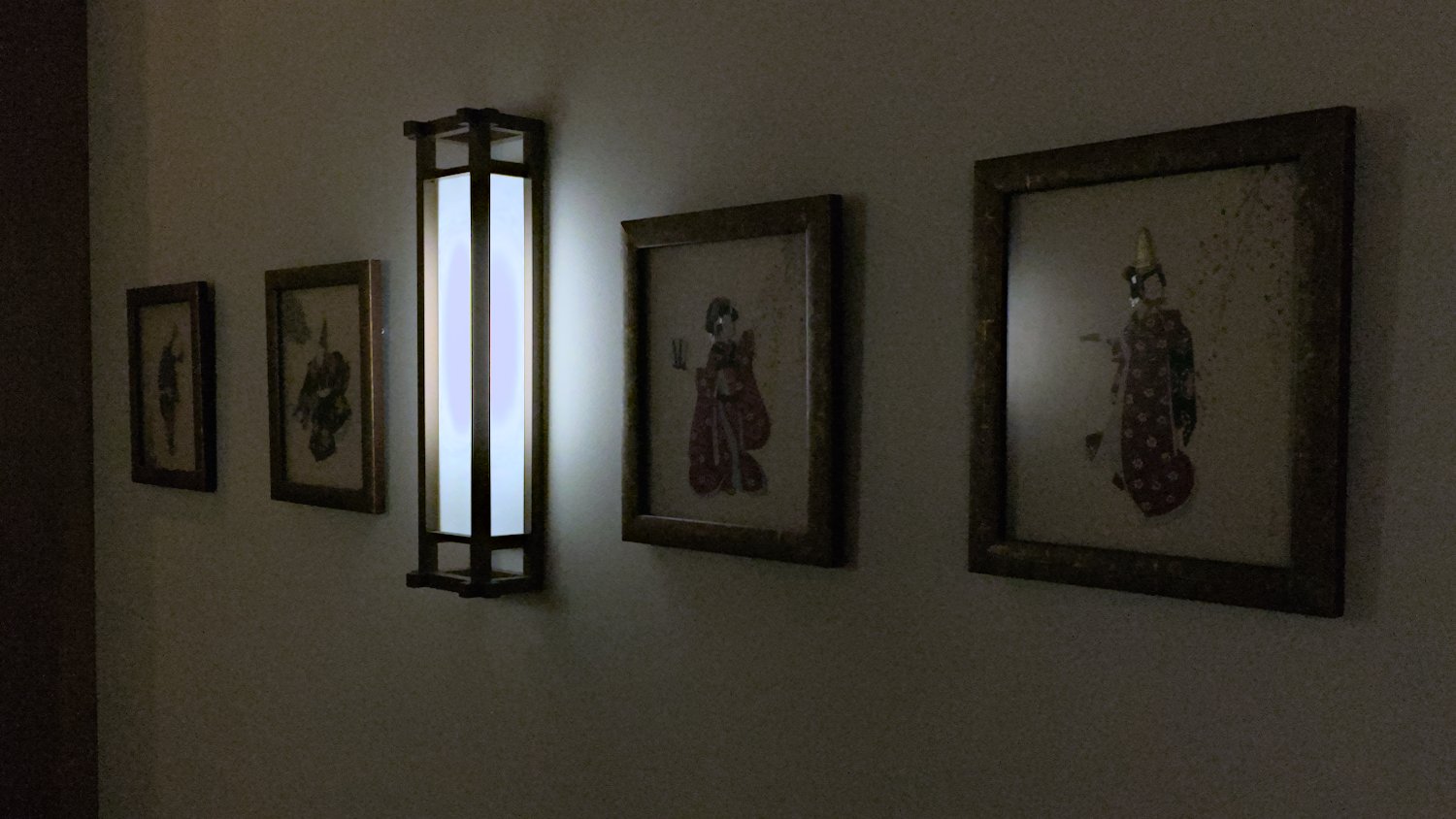
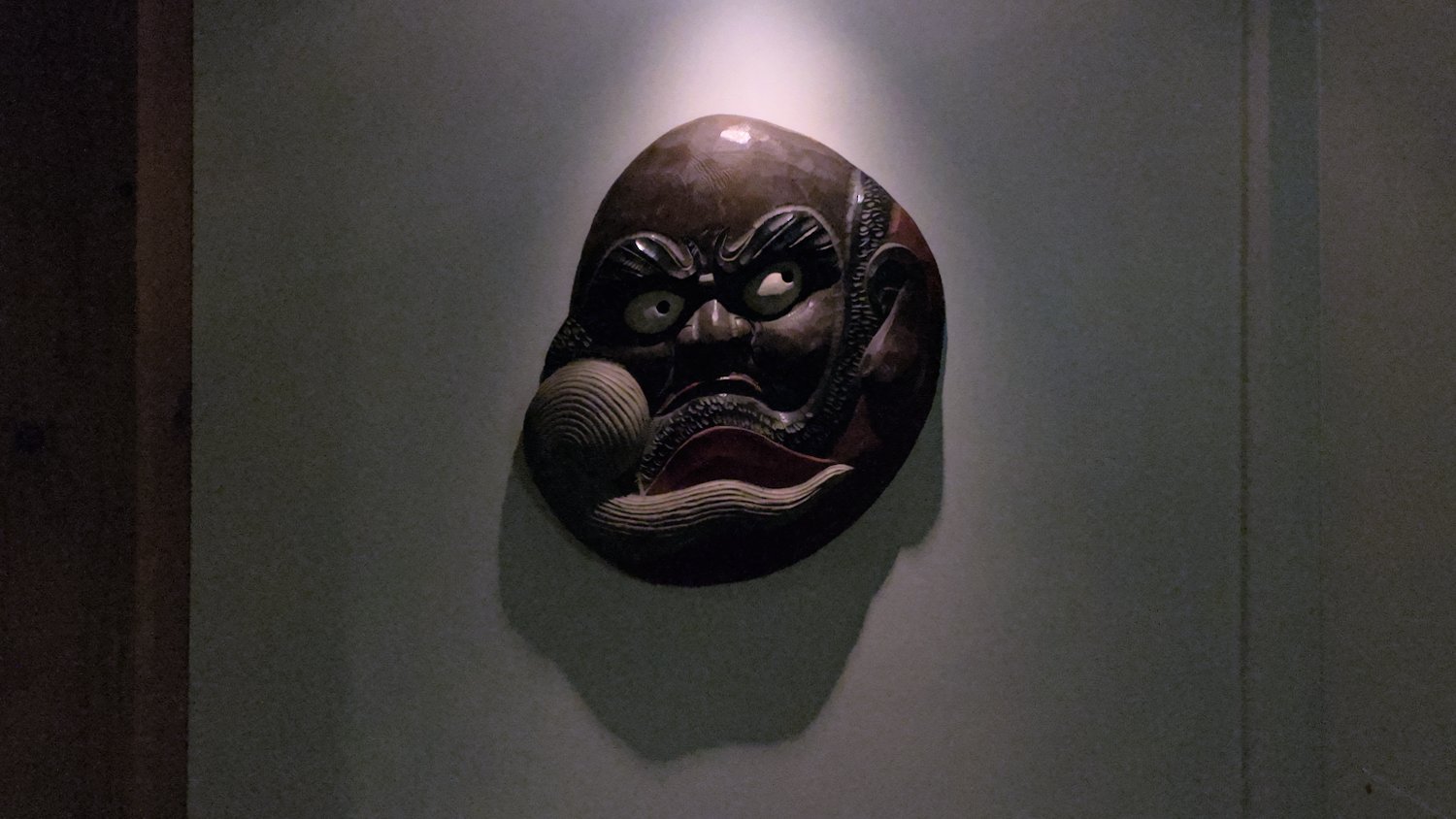

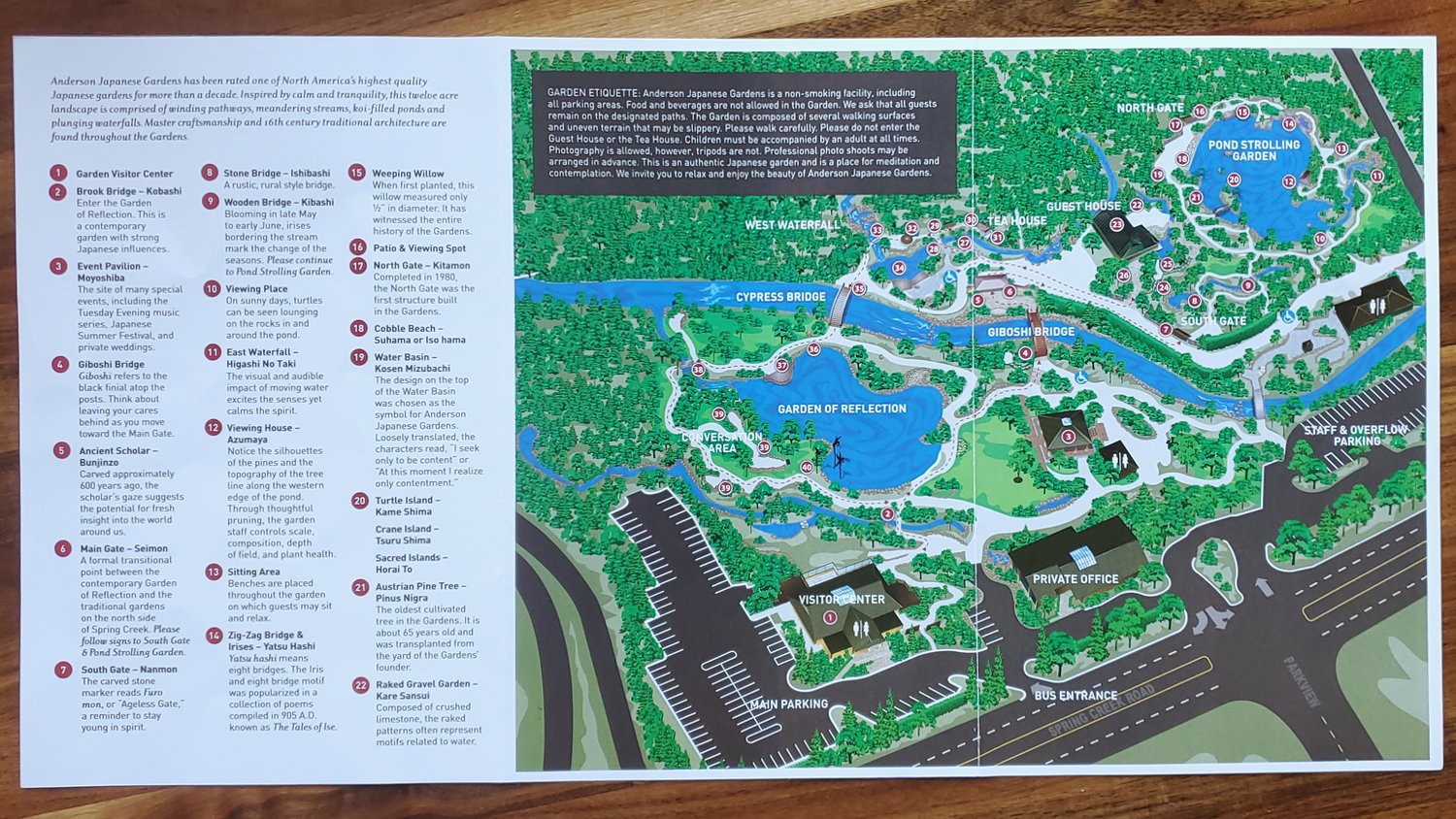
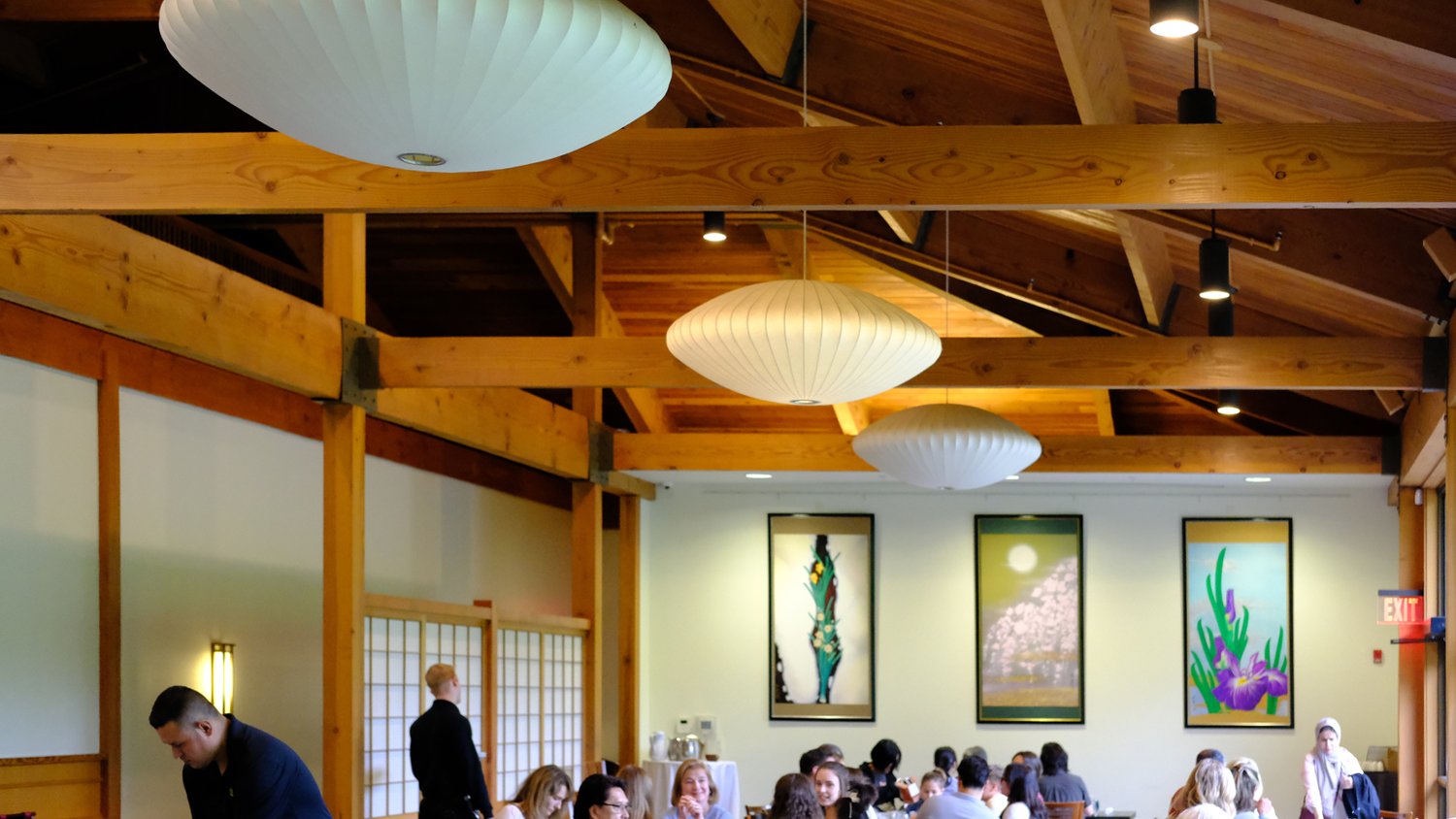




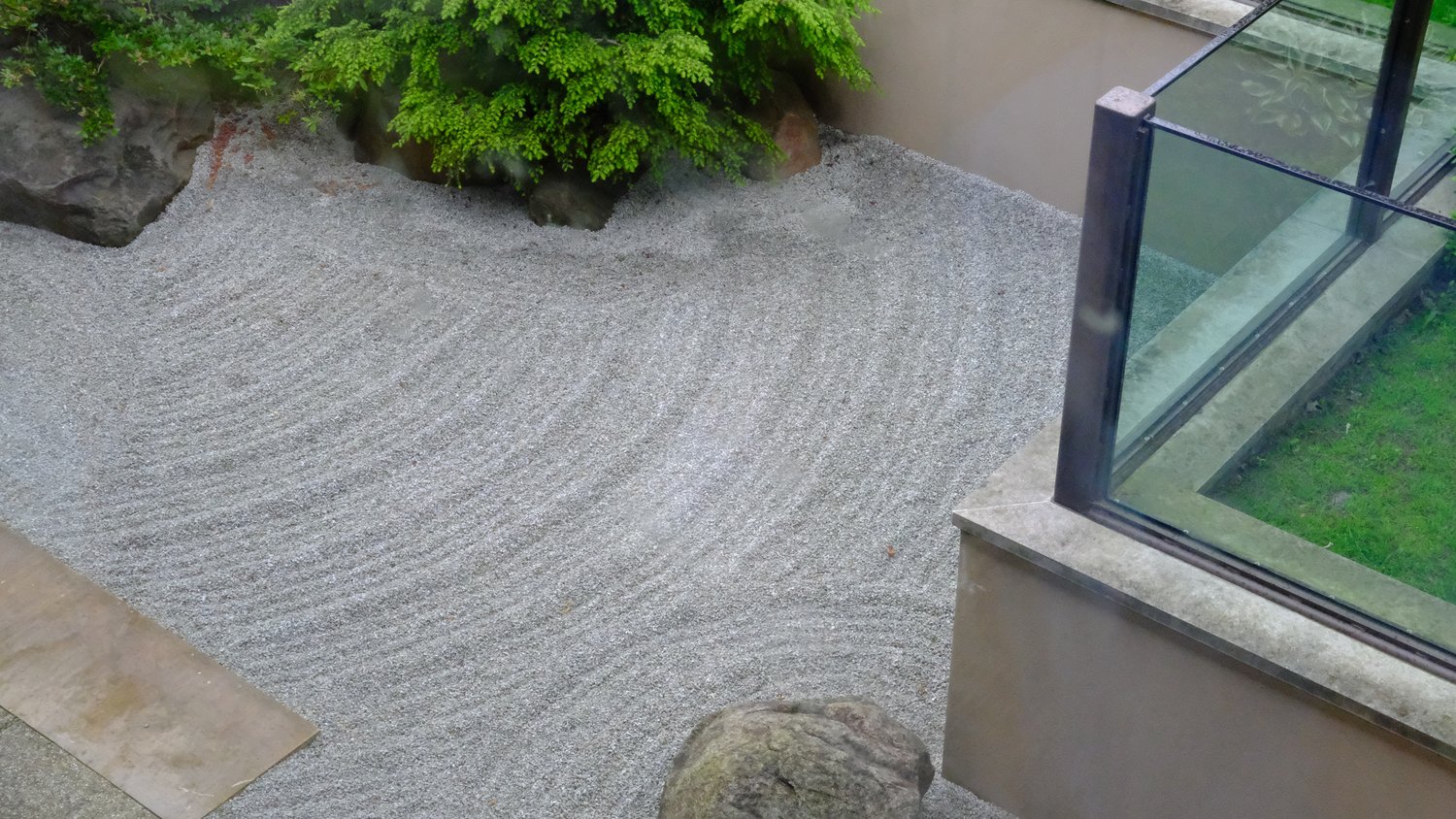
Make Time
A great thing about the Anderson Japanese Gardens is that you can spend a little bit of time there, or dedicate much of a day there. While you could experience the Gardens in a couple hours or less, I would recommend dedicating more time if at all possible. Ideally, this is an experience taken slowly, deliberately, and mindfully. The real beauty and the benefit it taken in over time, sitting and experiencing the sights and sounds.
If you are squeezing a trip into the Gardens as part of something else, it can be done. Hopefully though, you can dedicate more of a day to truly take in the experience. An experience that varies from time of year to time of day, from sunny to overcast, rainy to dry, and possibly combinations of these throughout a day.
The photos I’ve gathered here are just a sampling of what I took, which itself was just a sampling, and a poor representation at best, of all there is to see and experience in person. The next time you are looking for an escape from McHenry County, head west to go east, and enjoy the Anderson Japanese Gardens.


